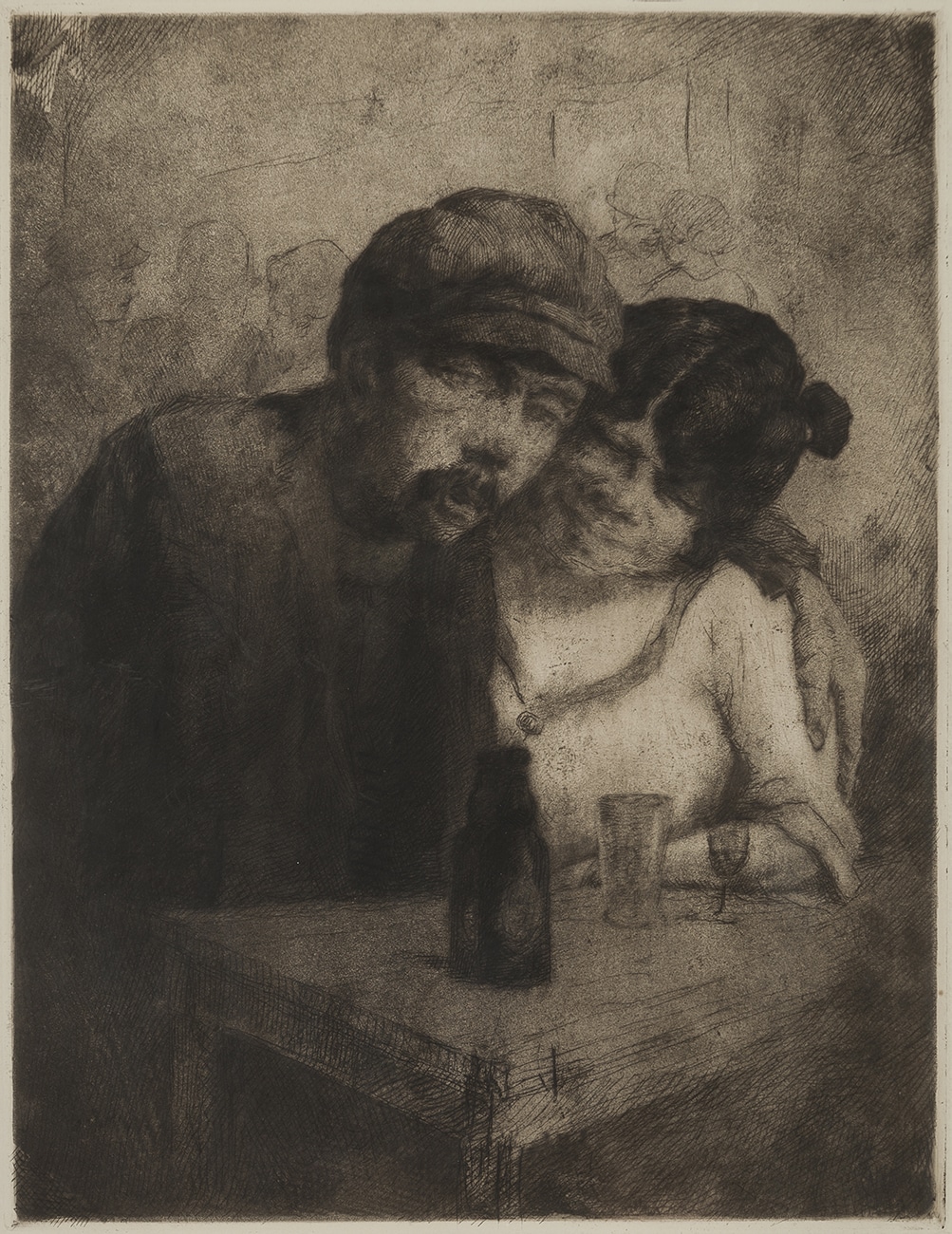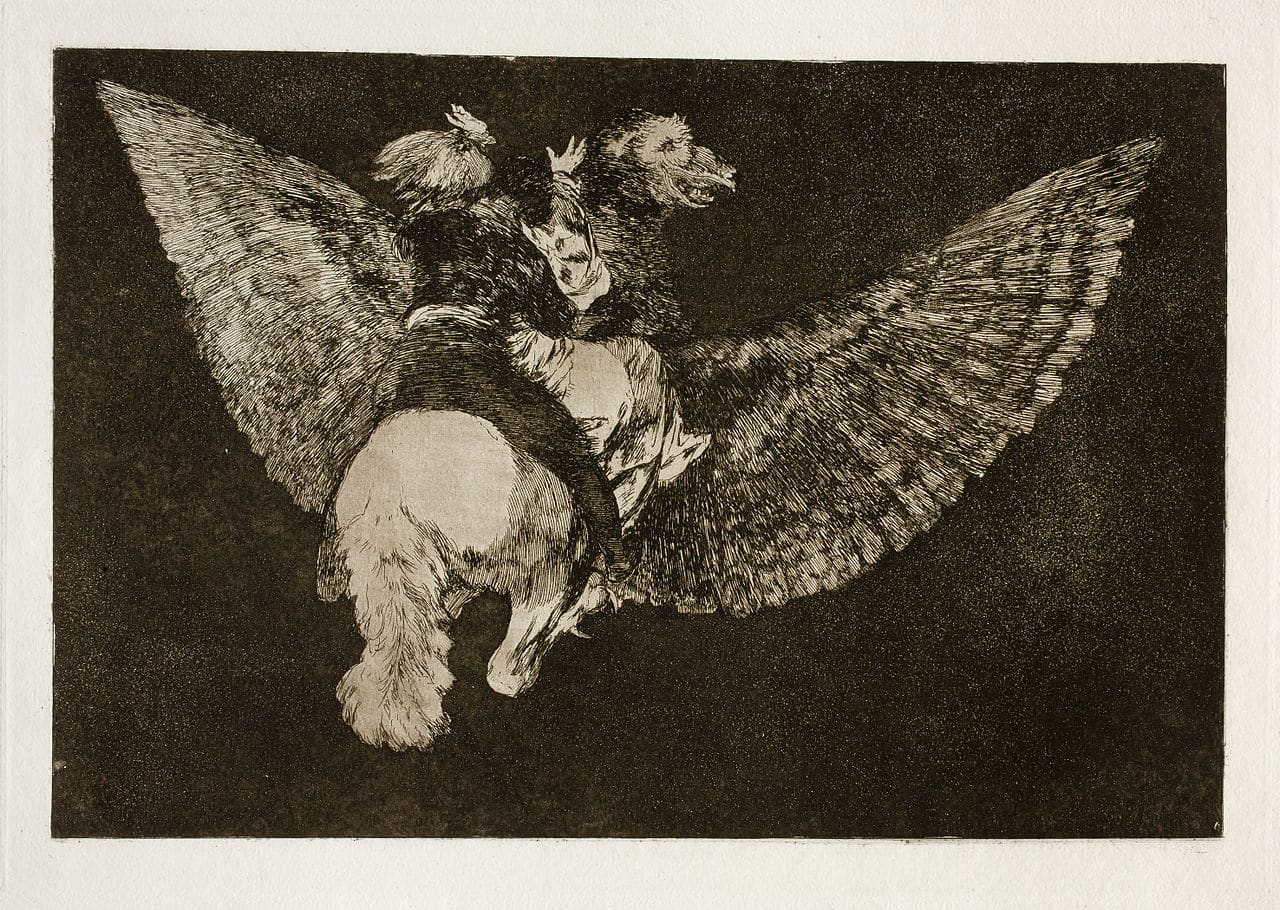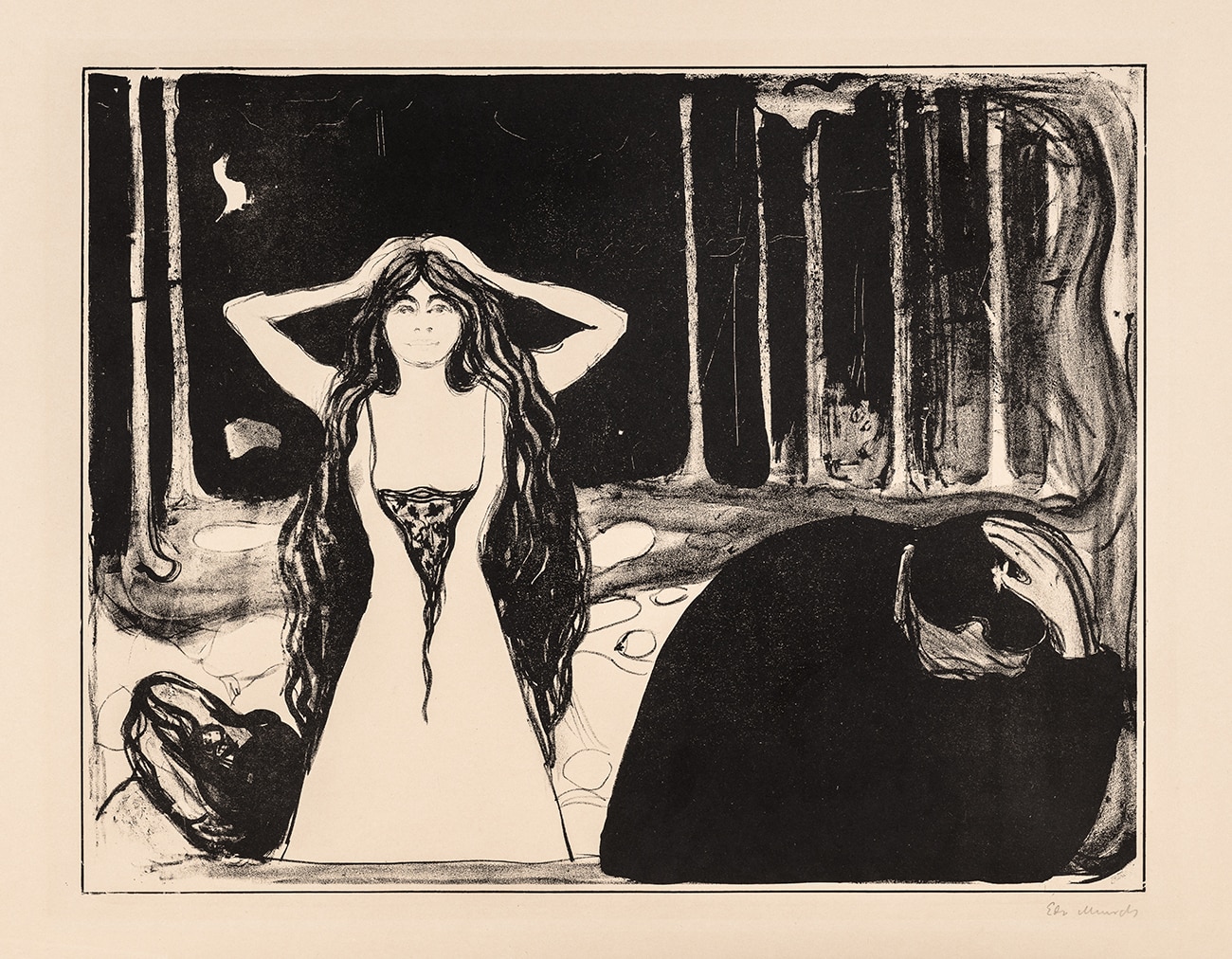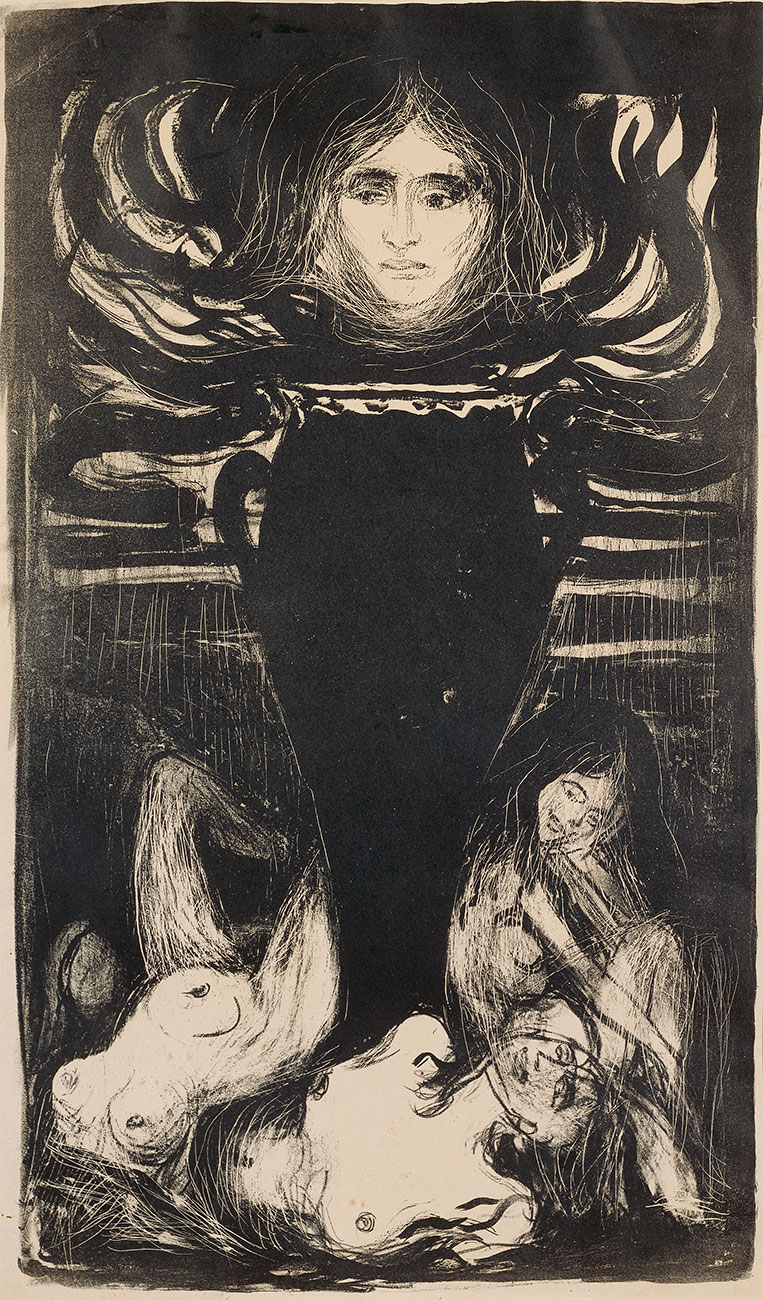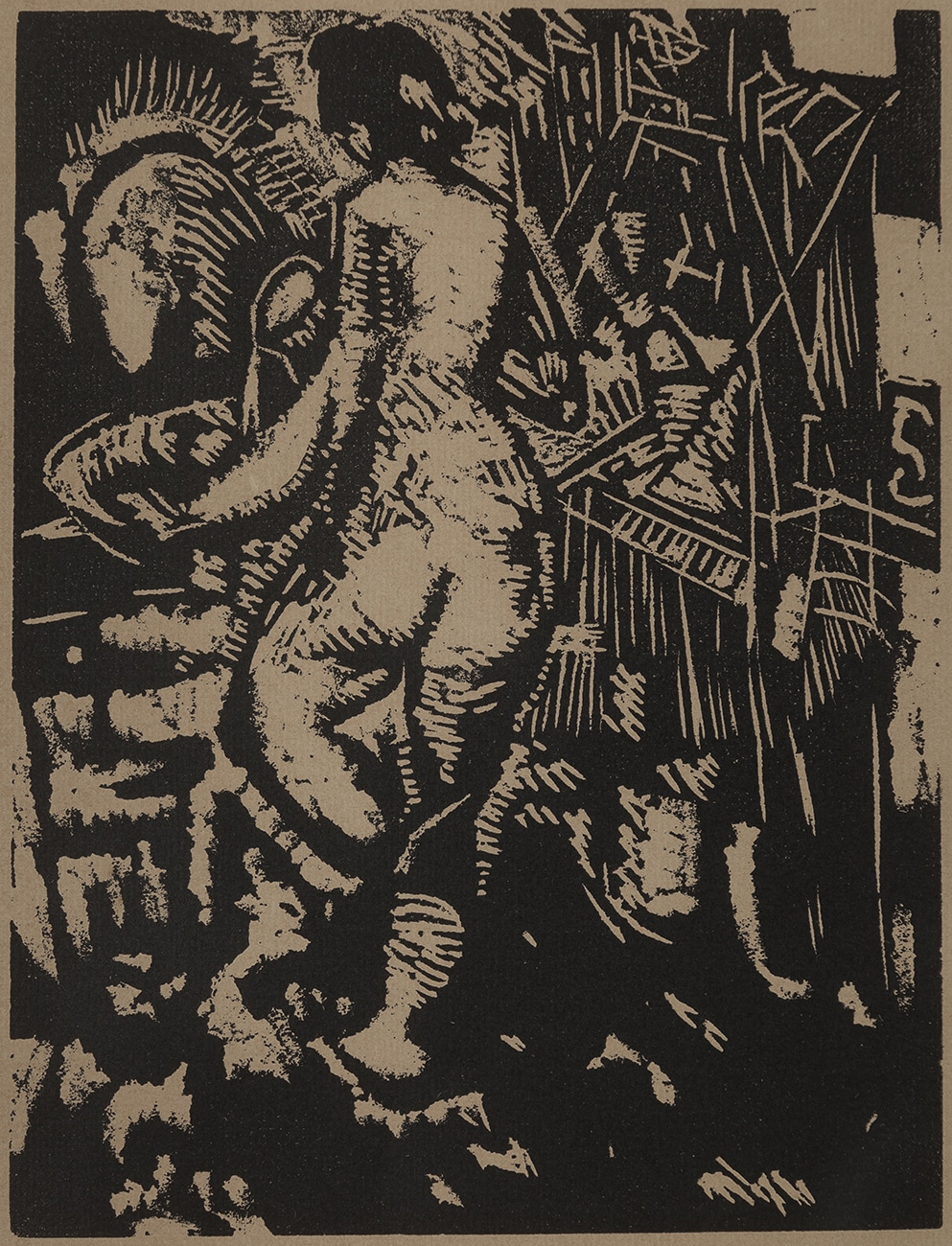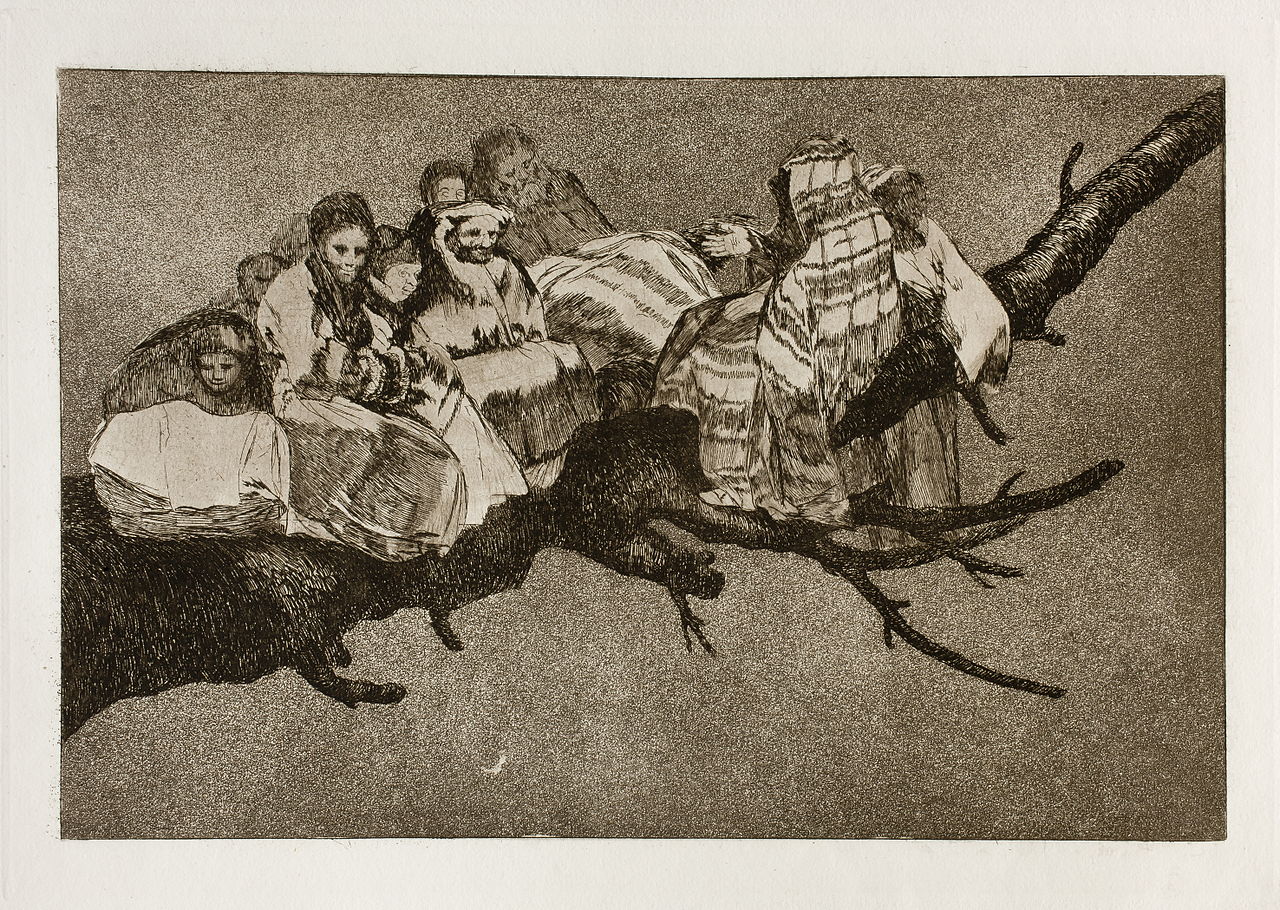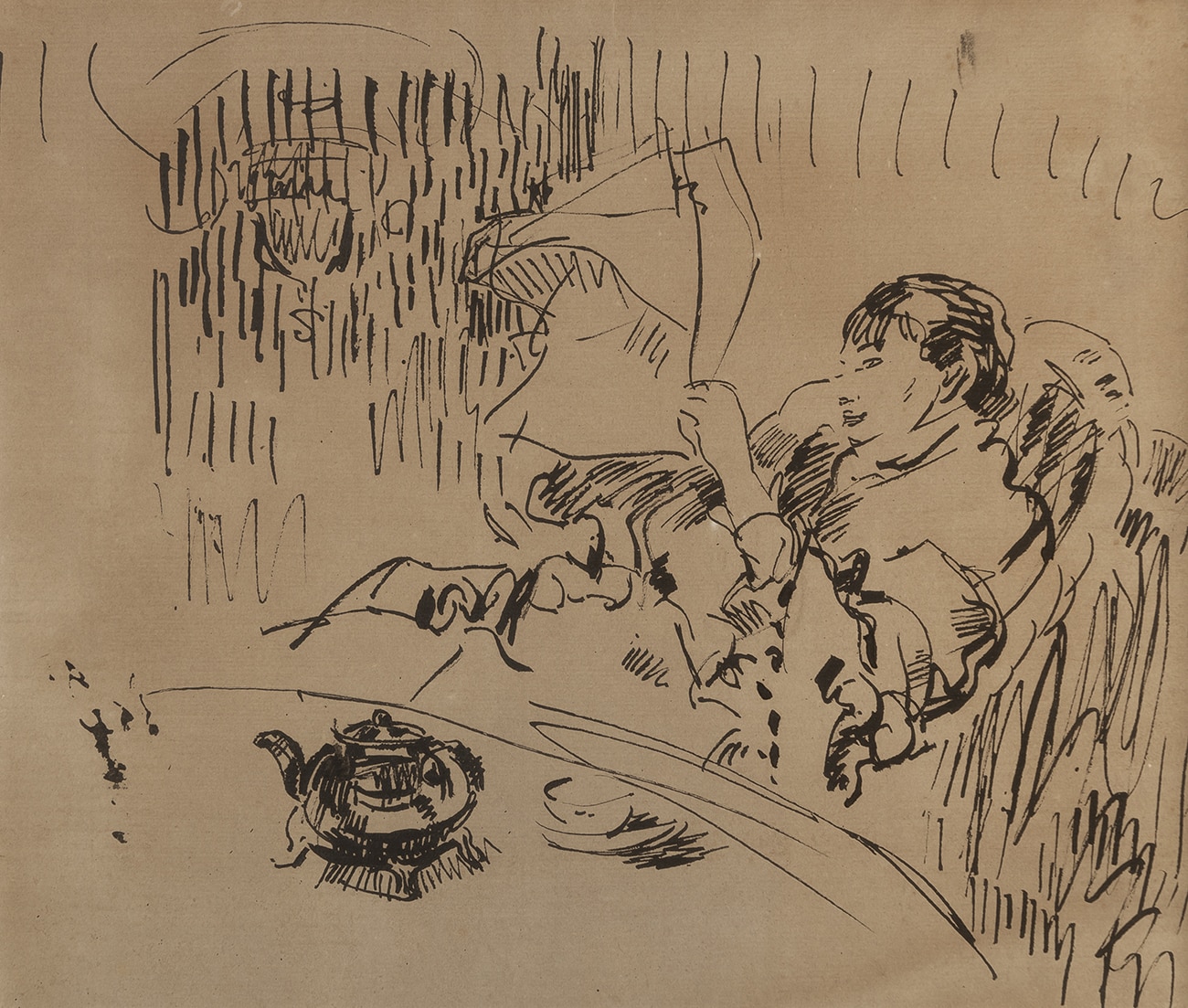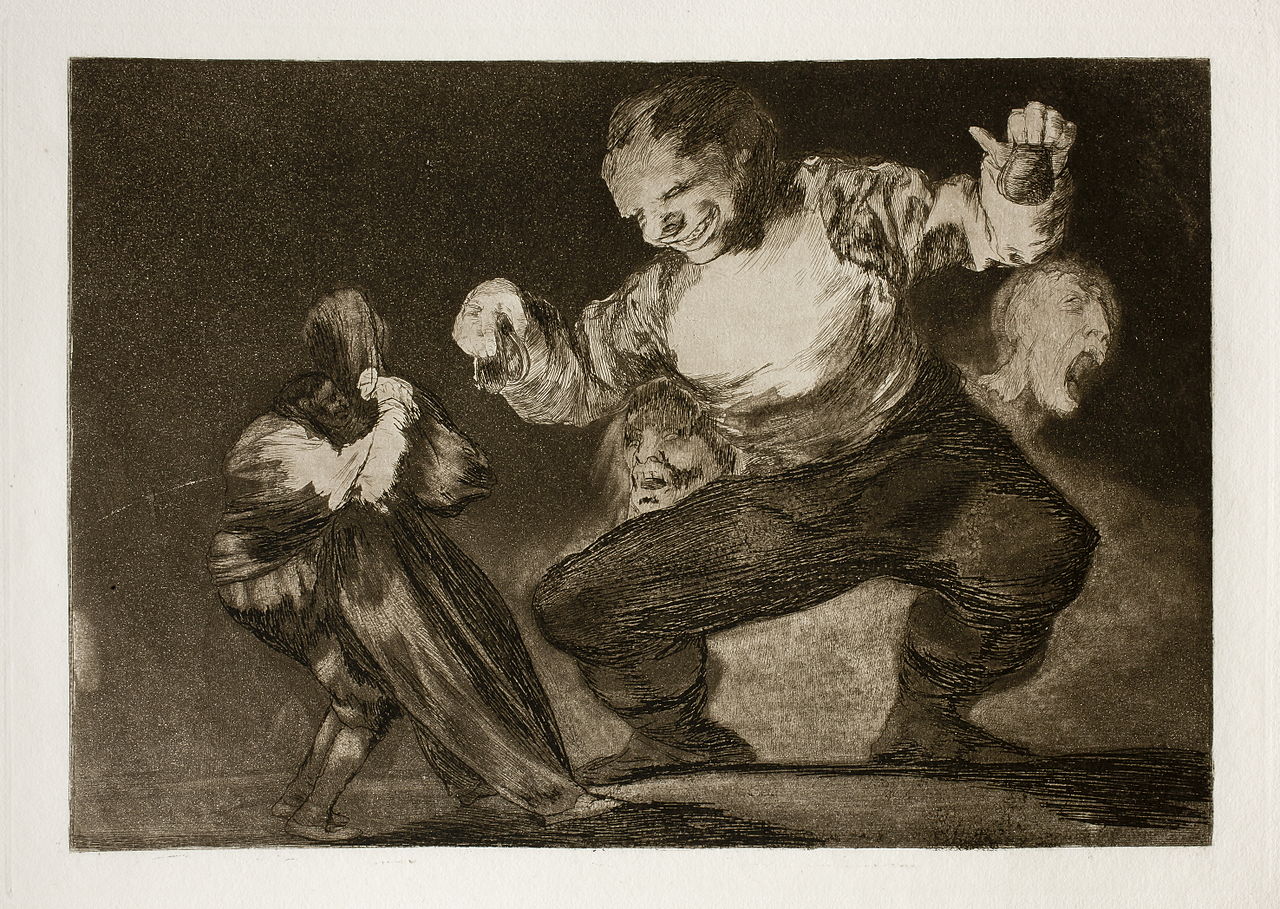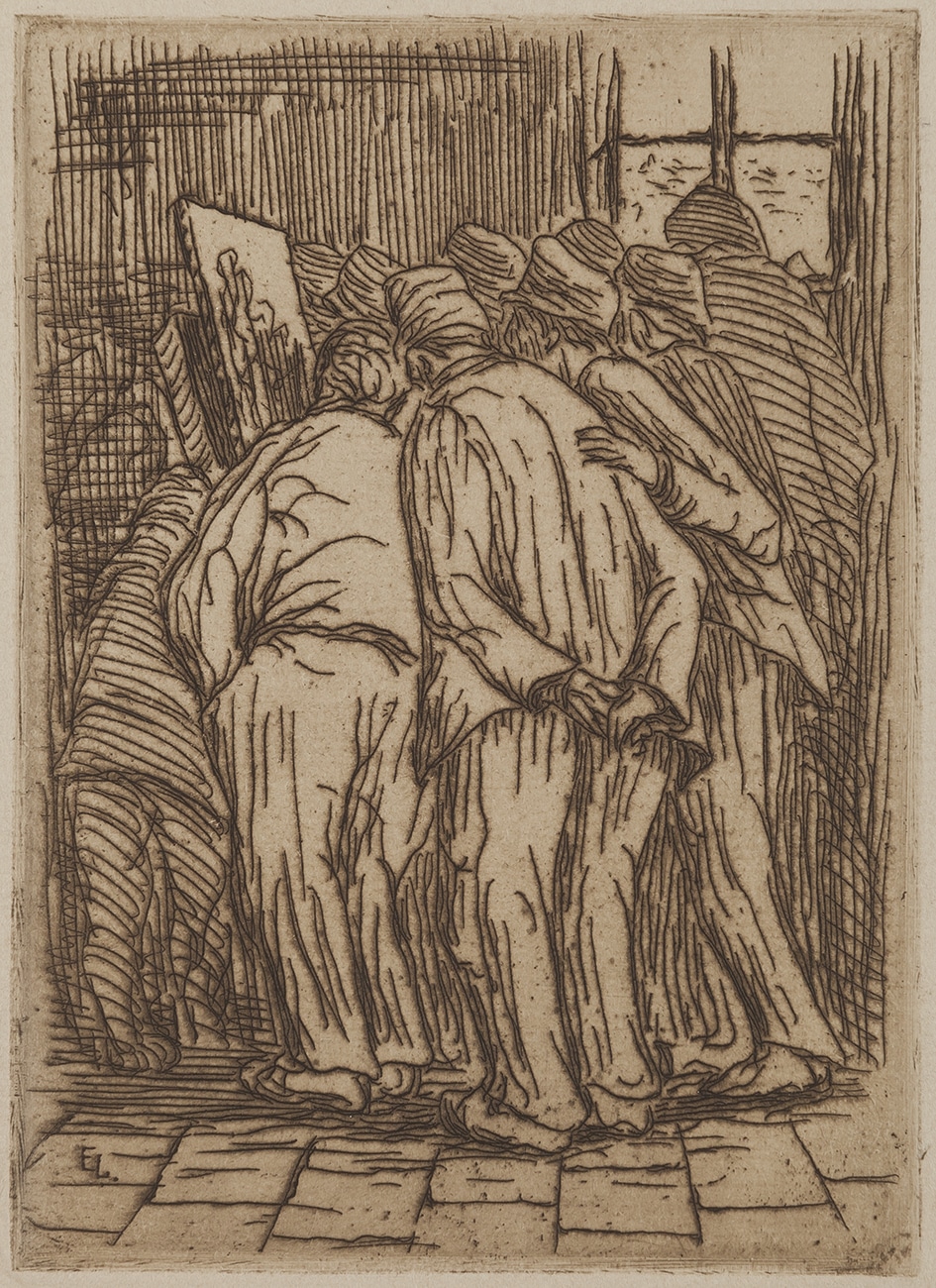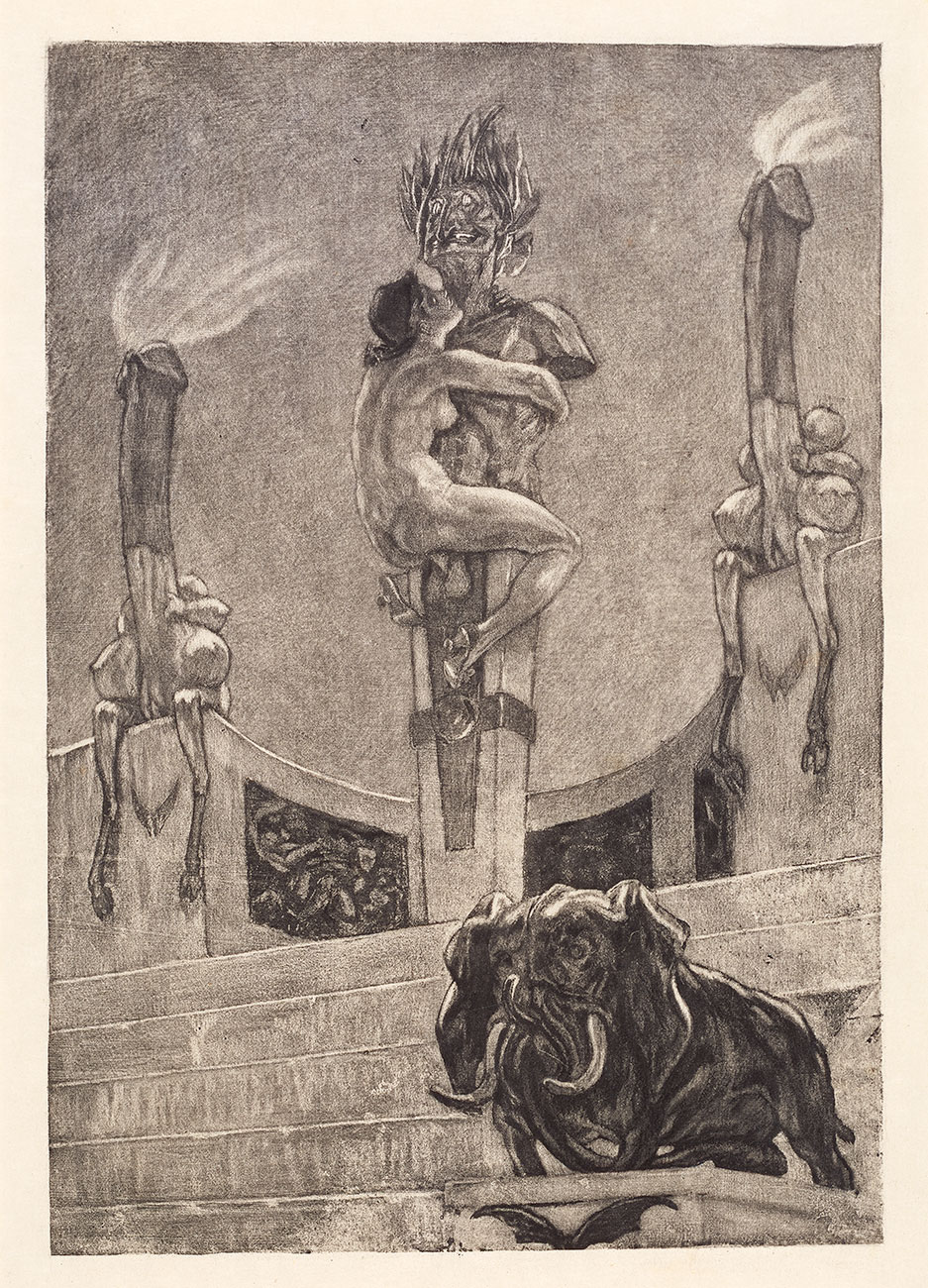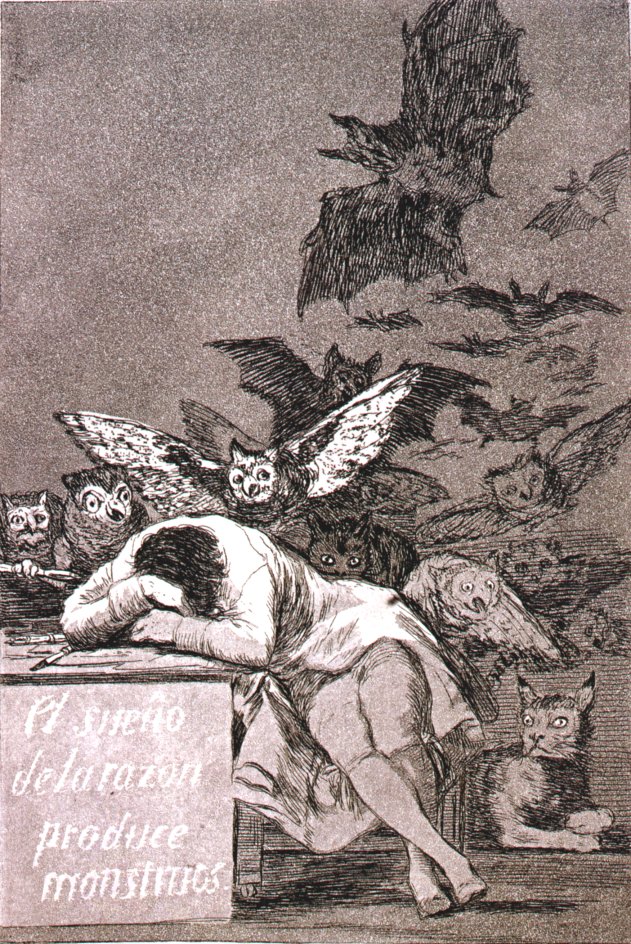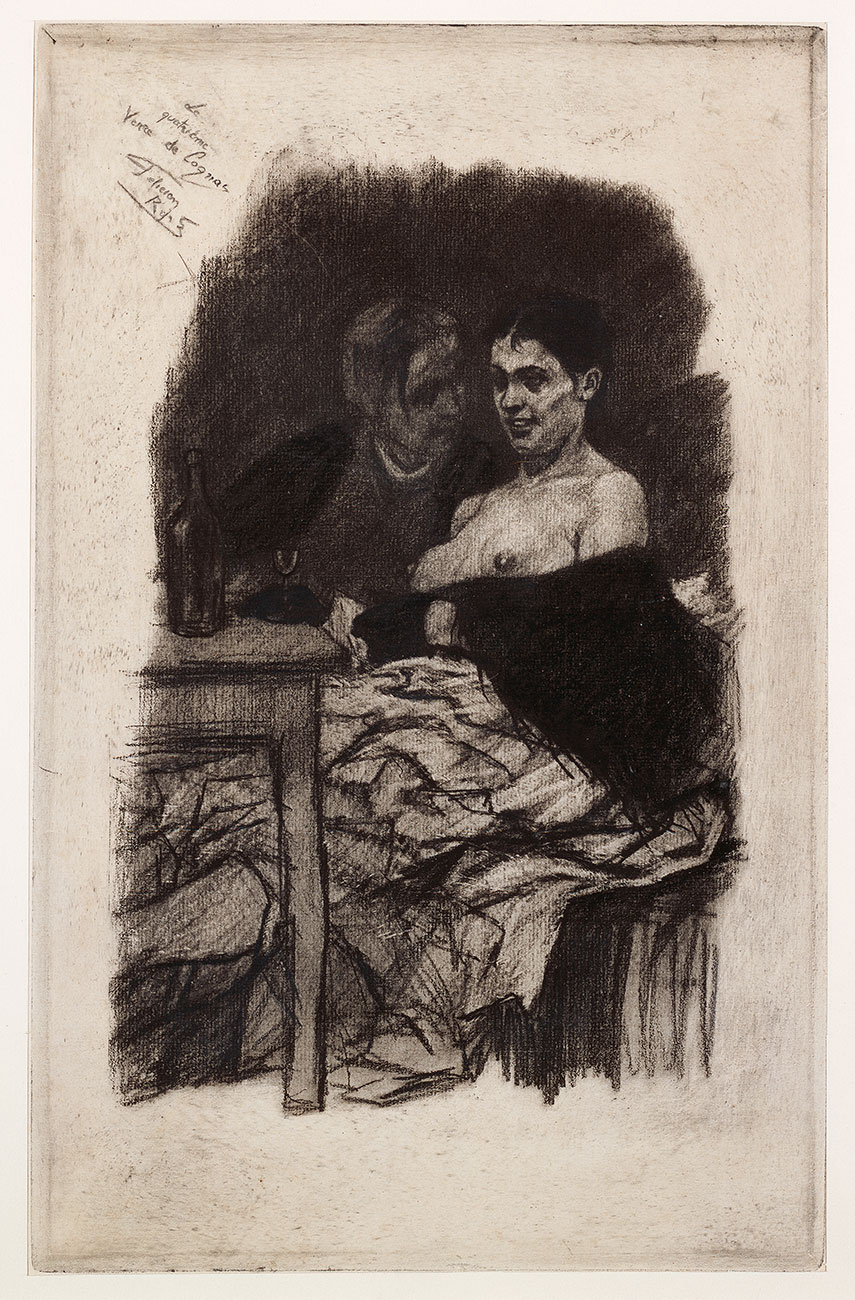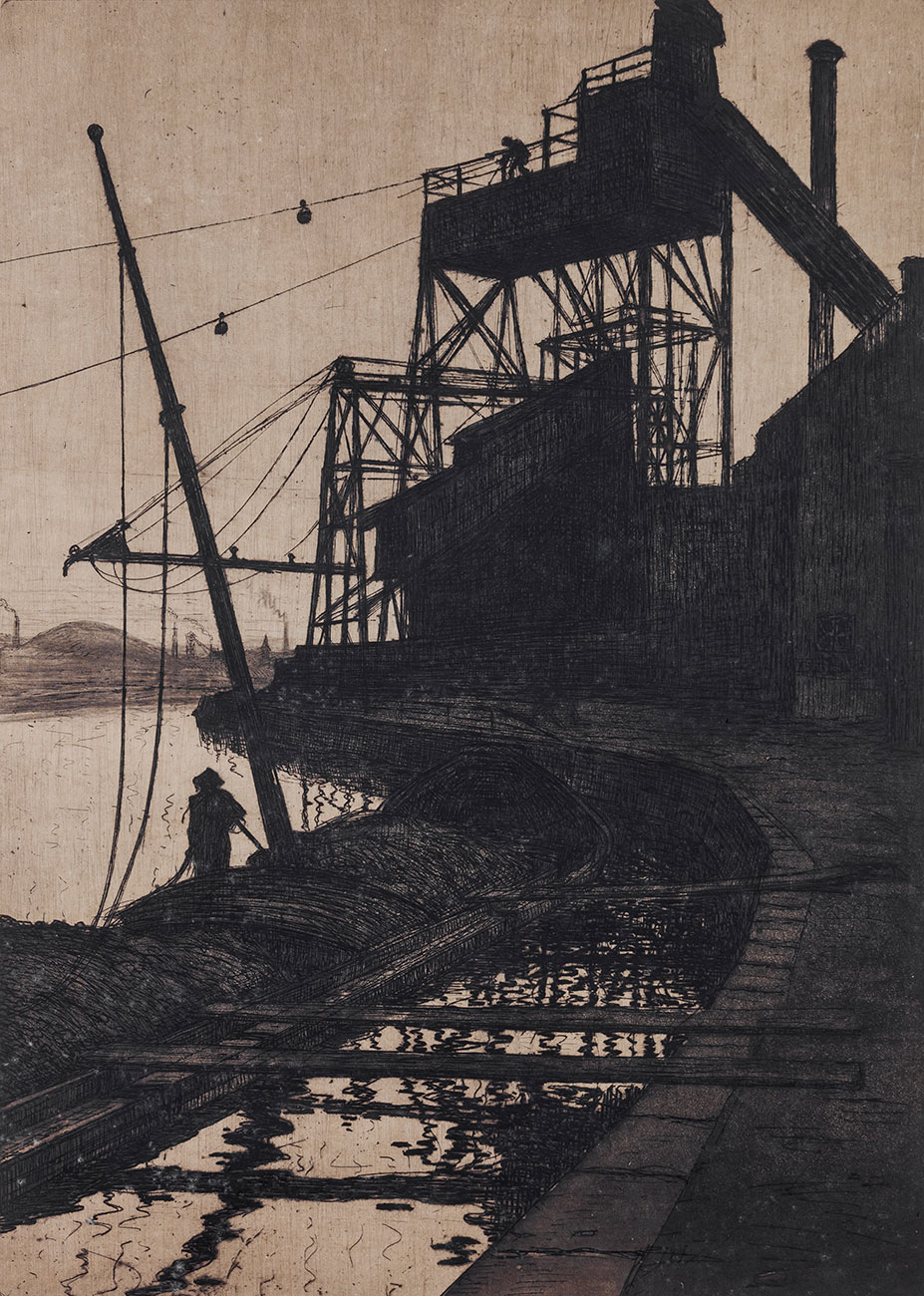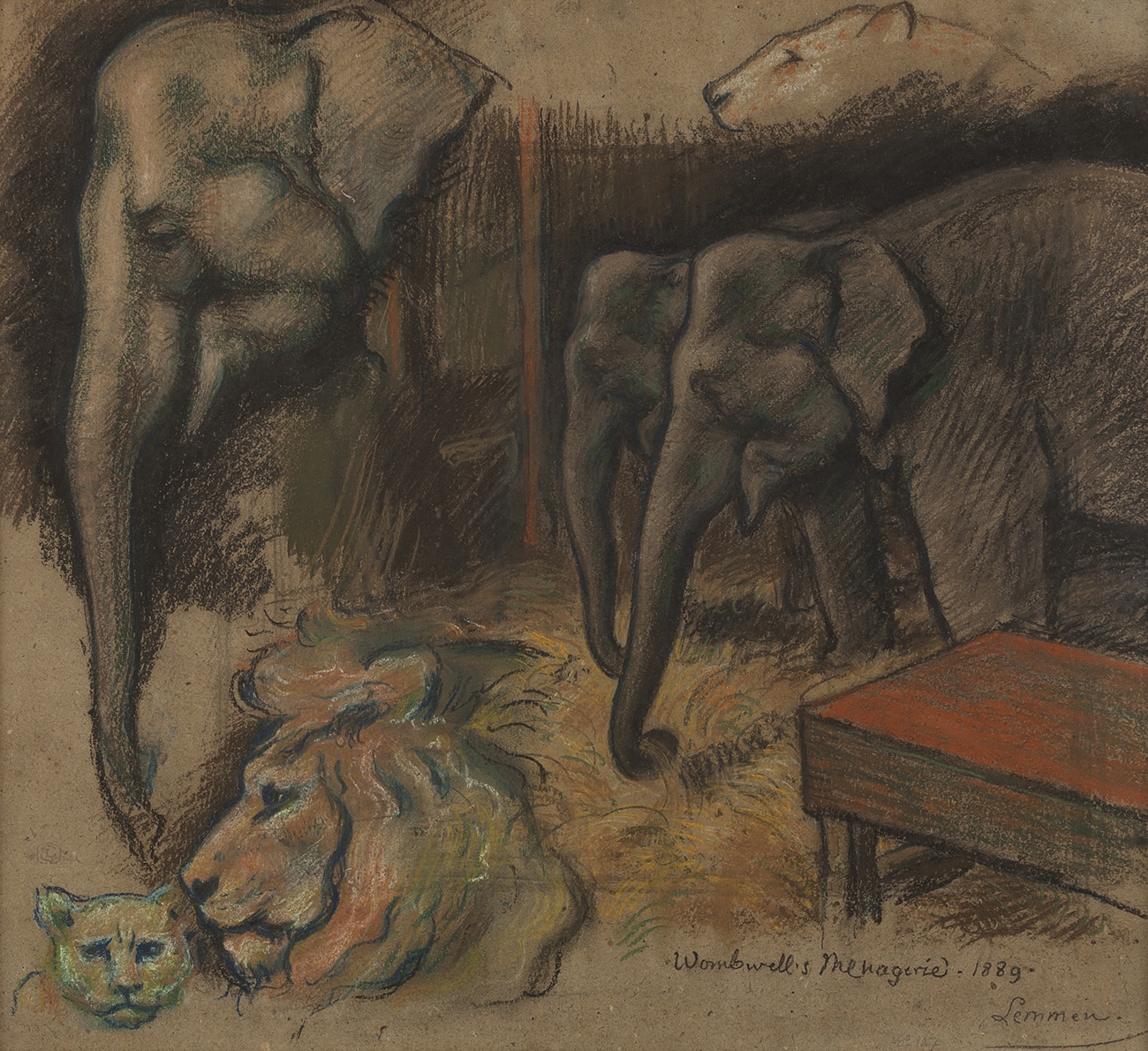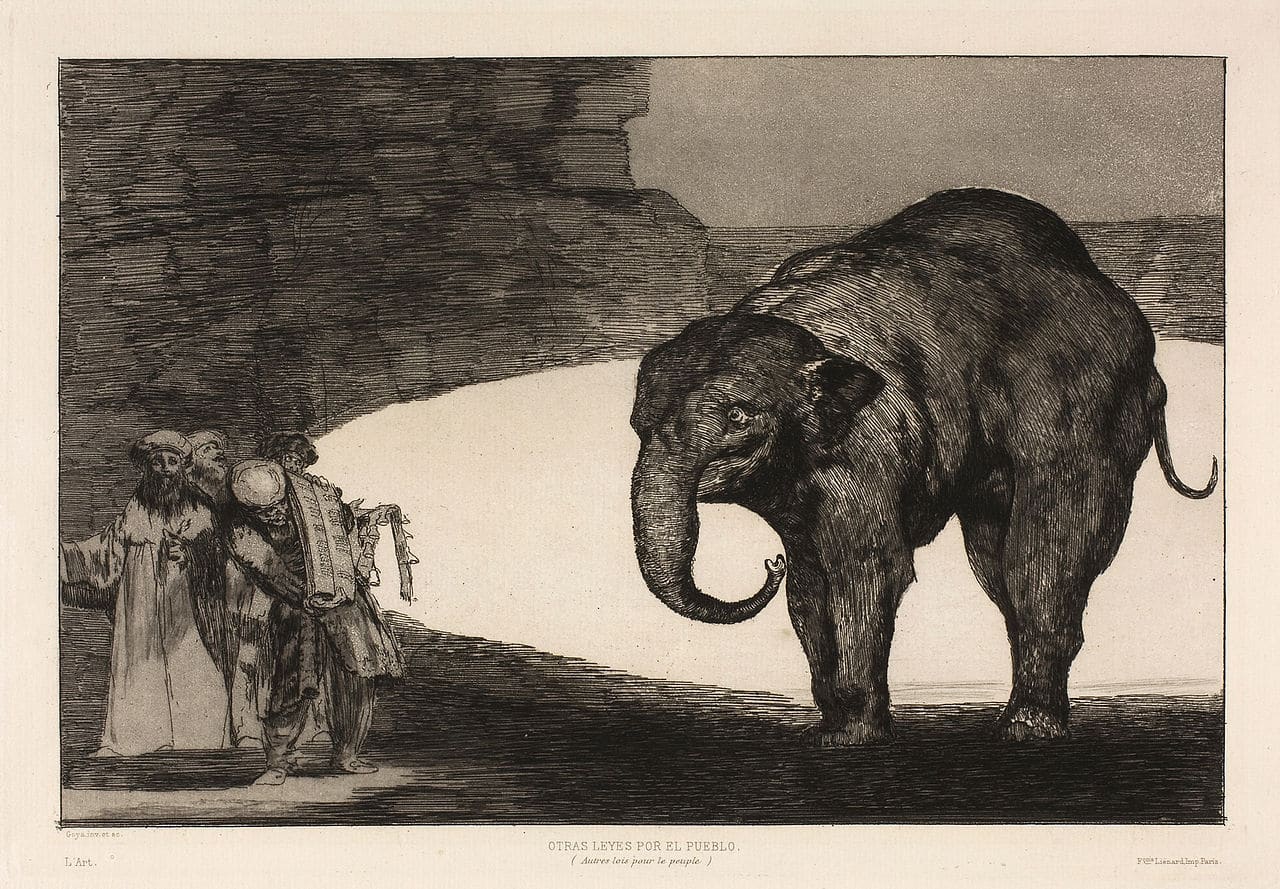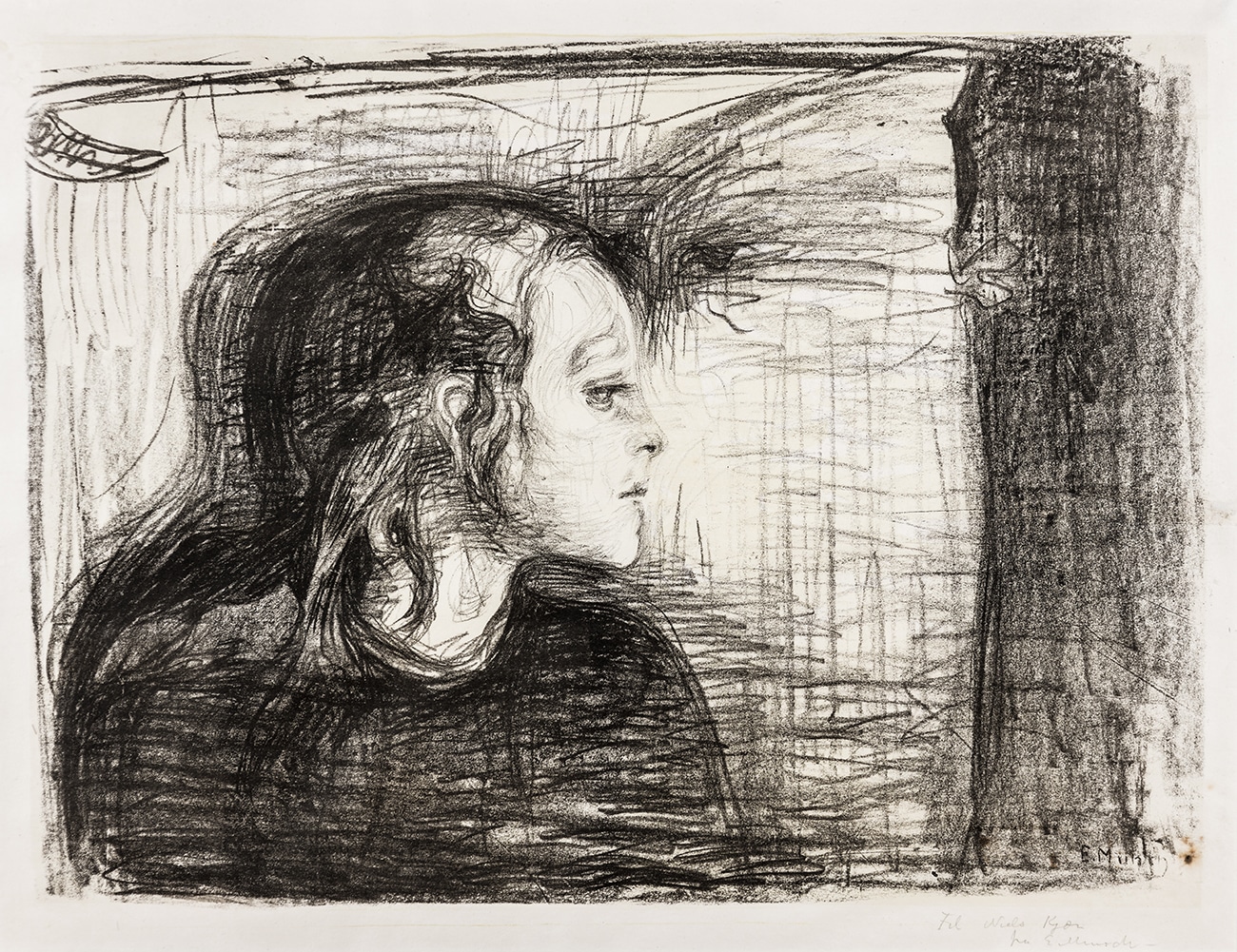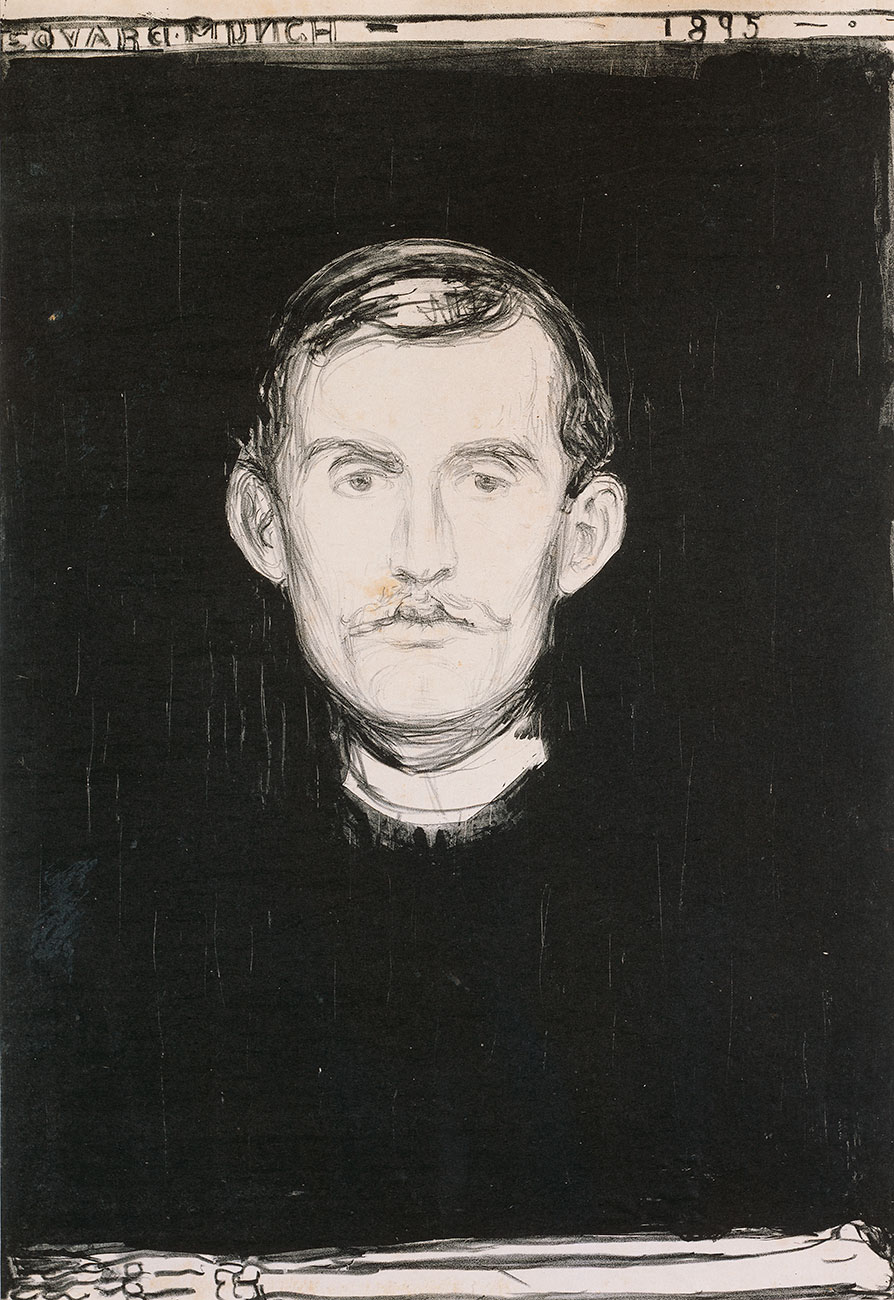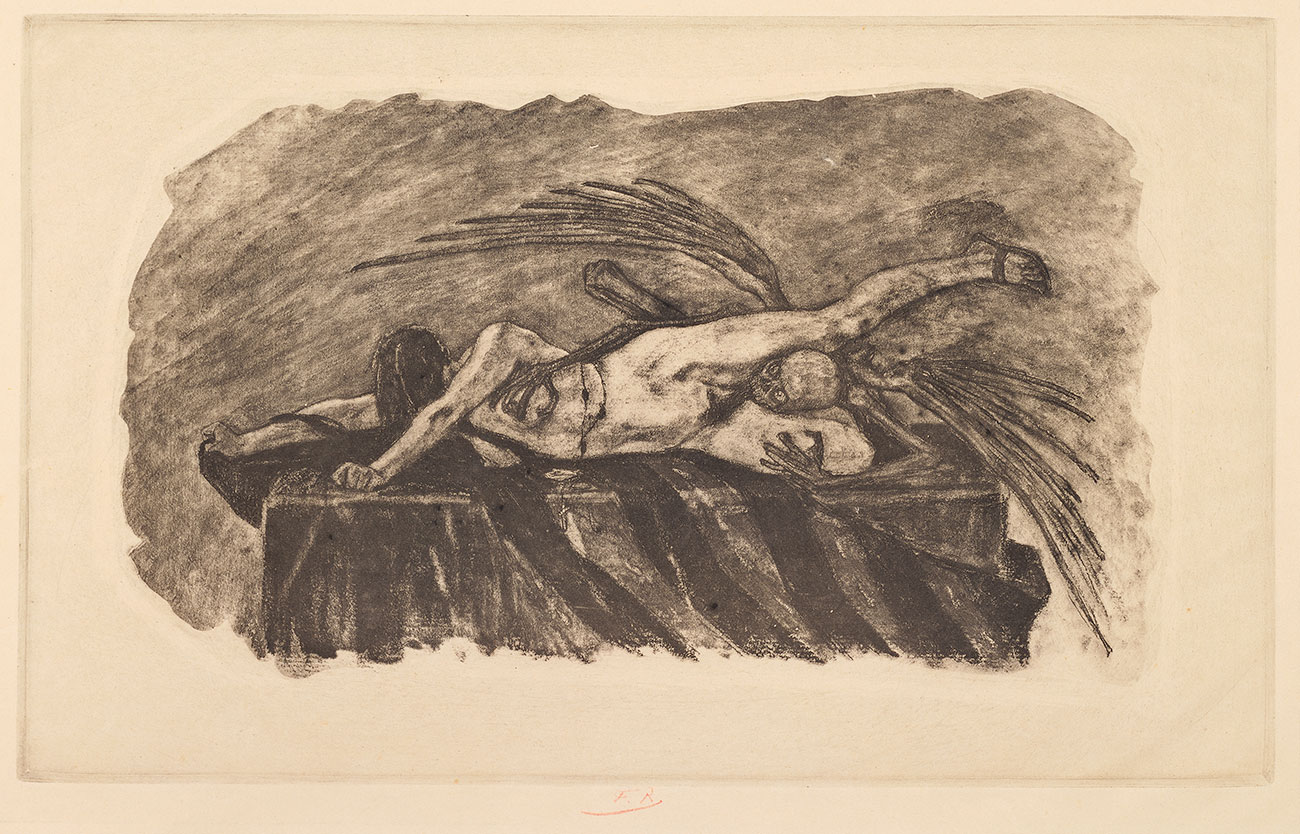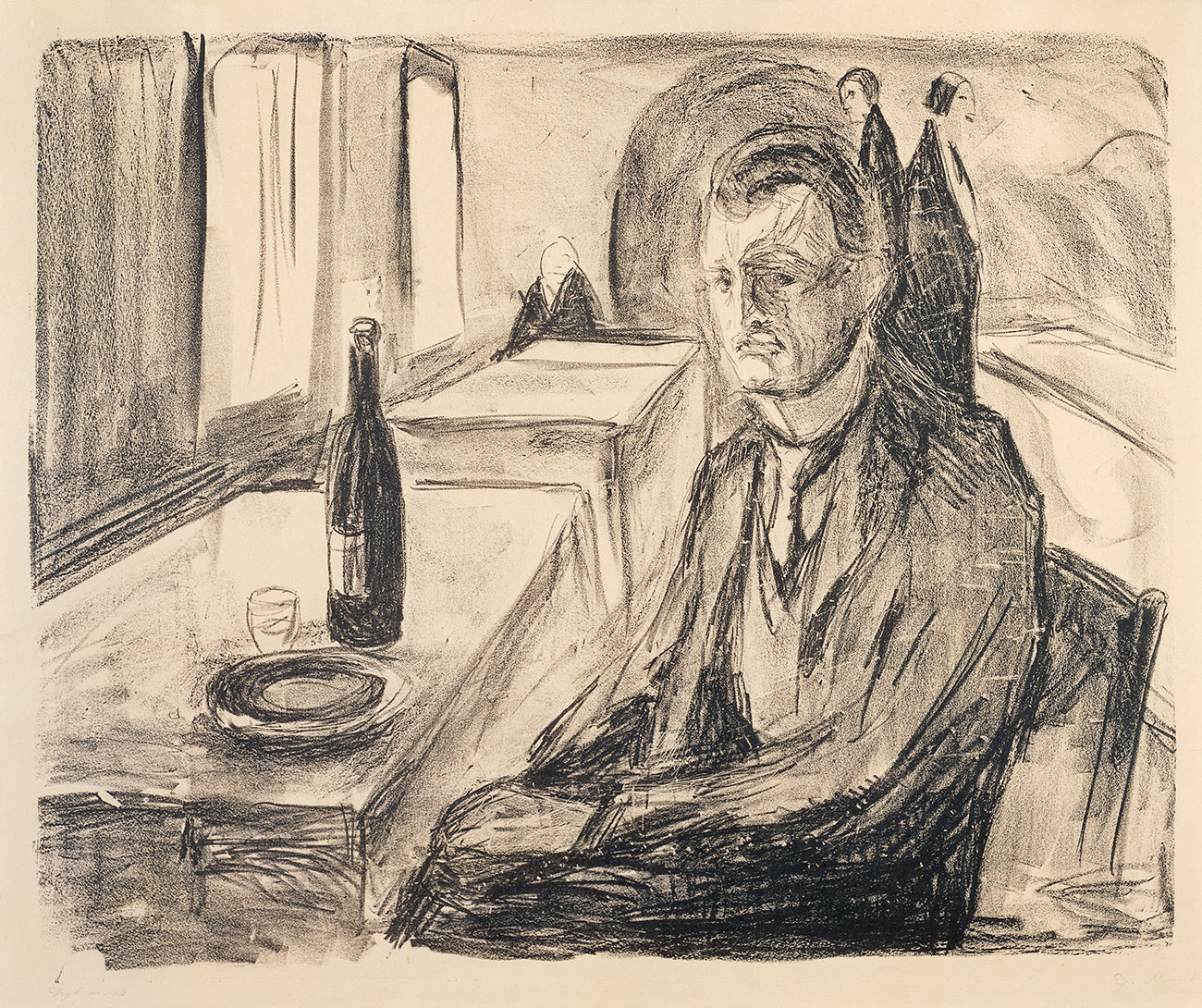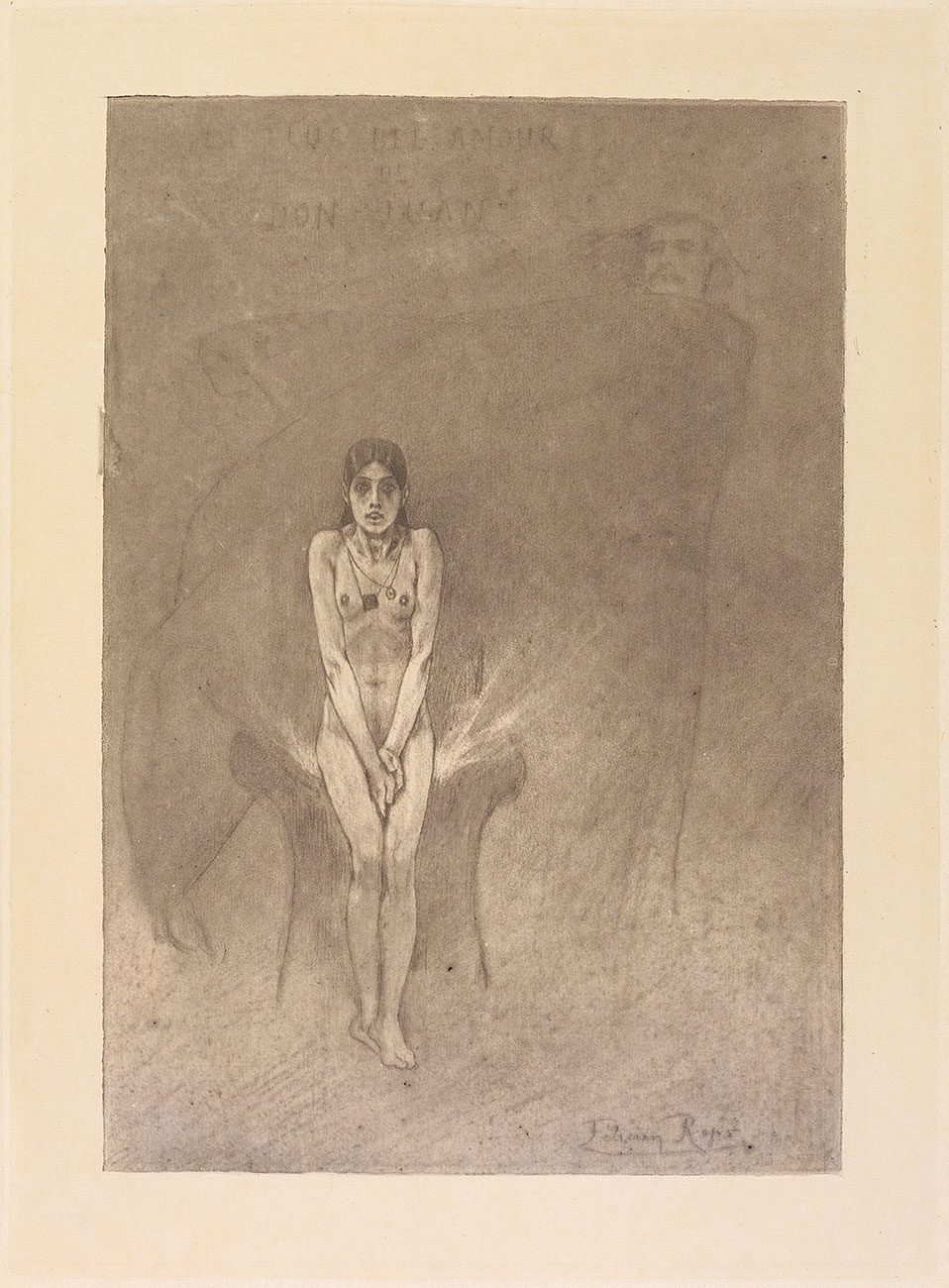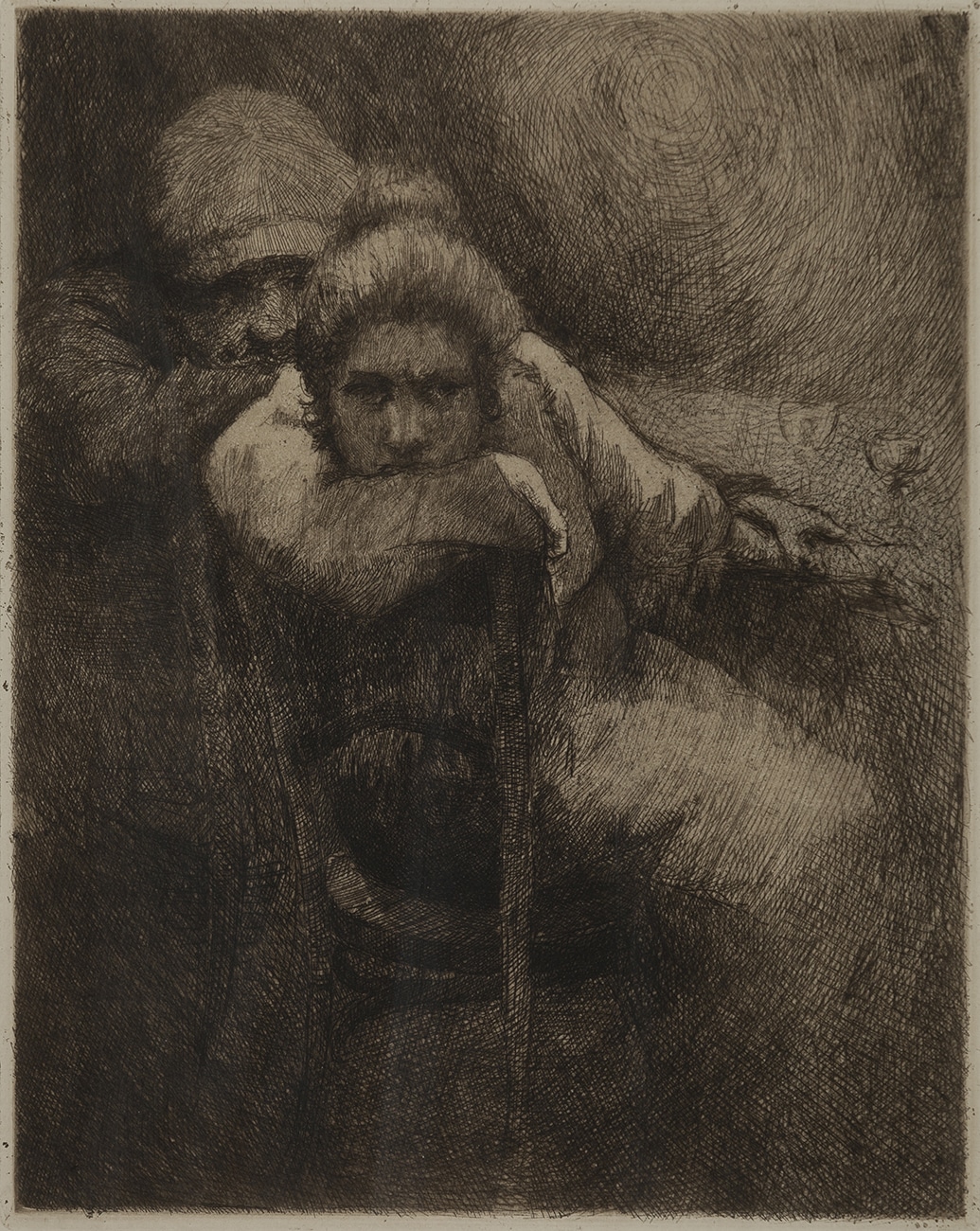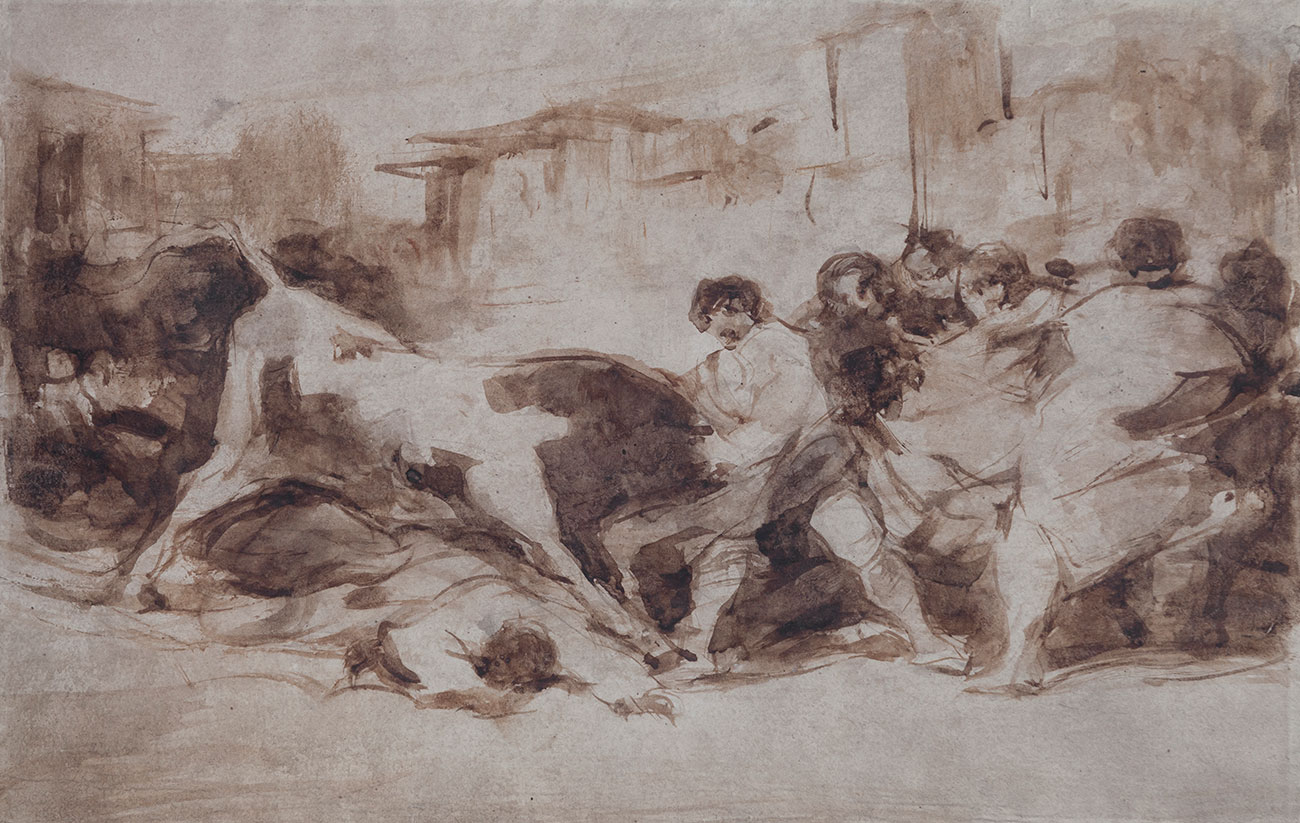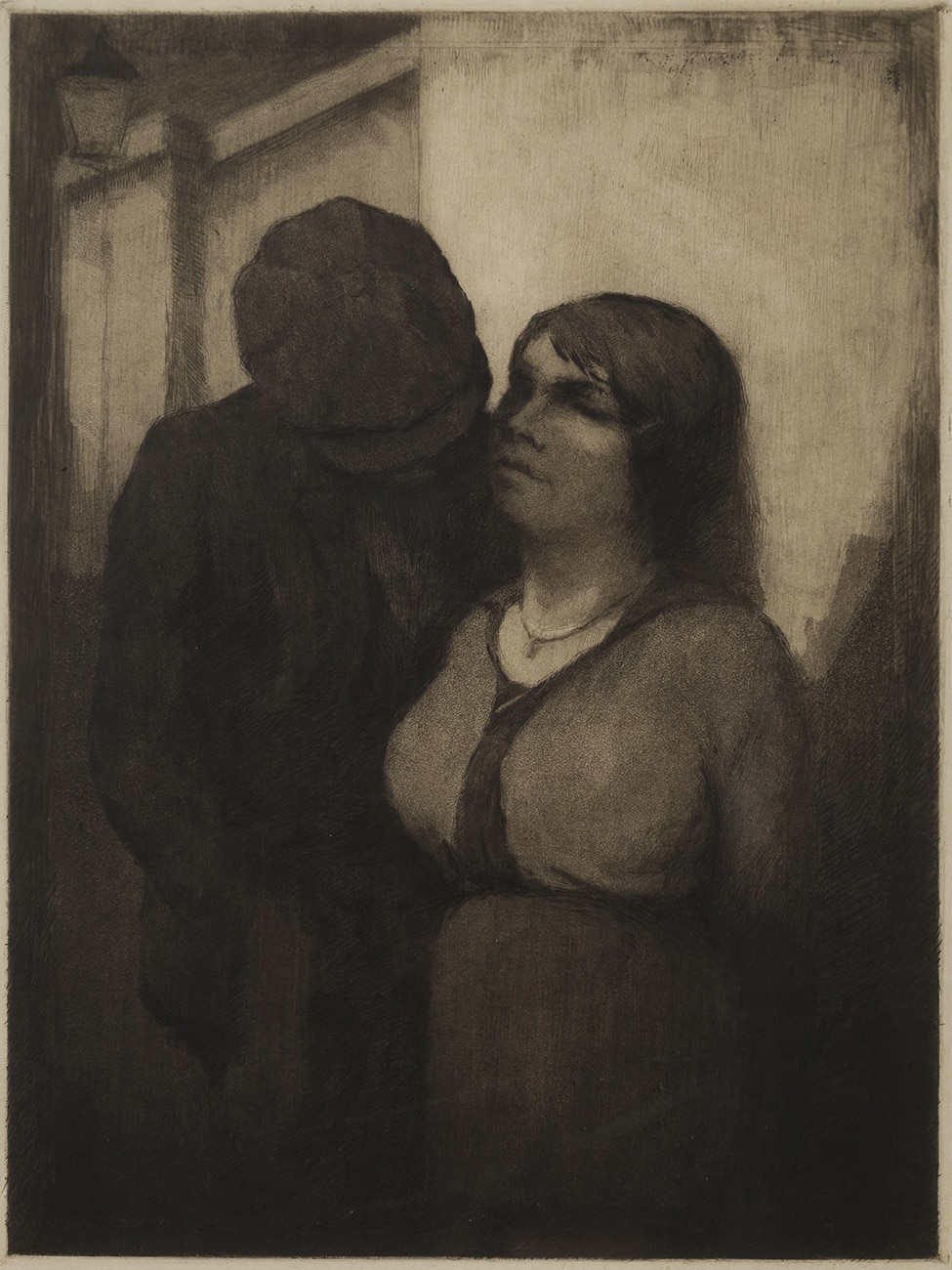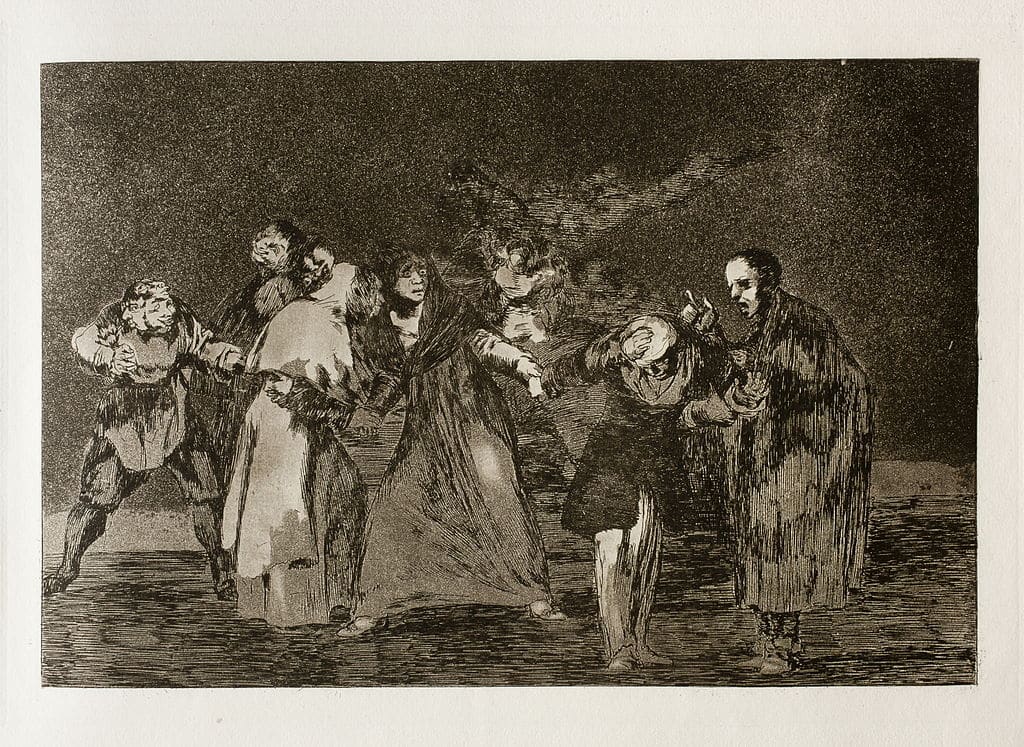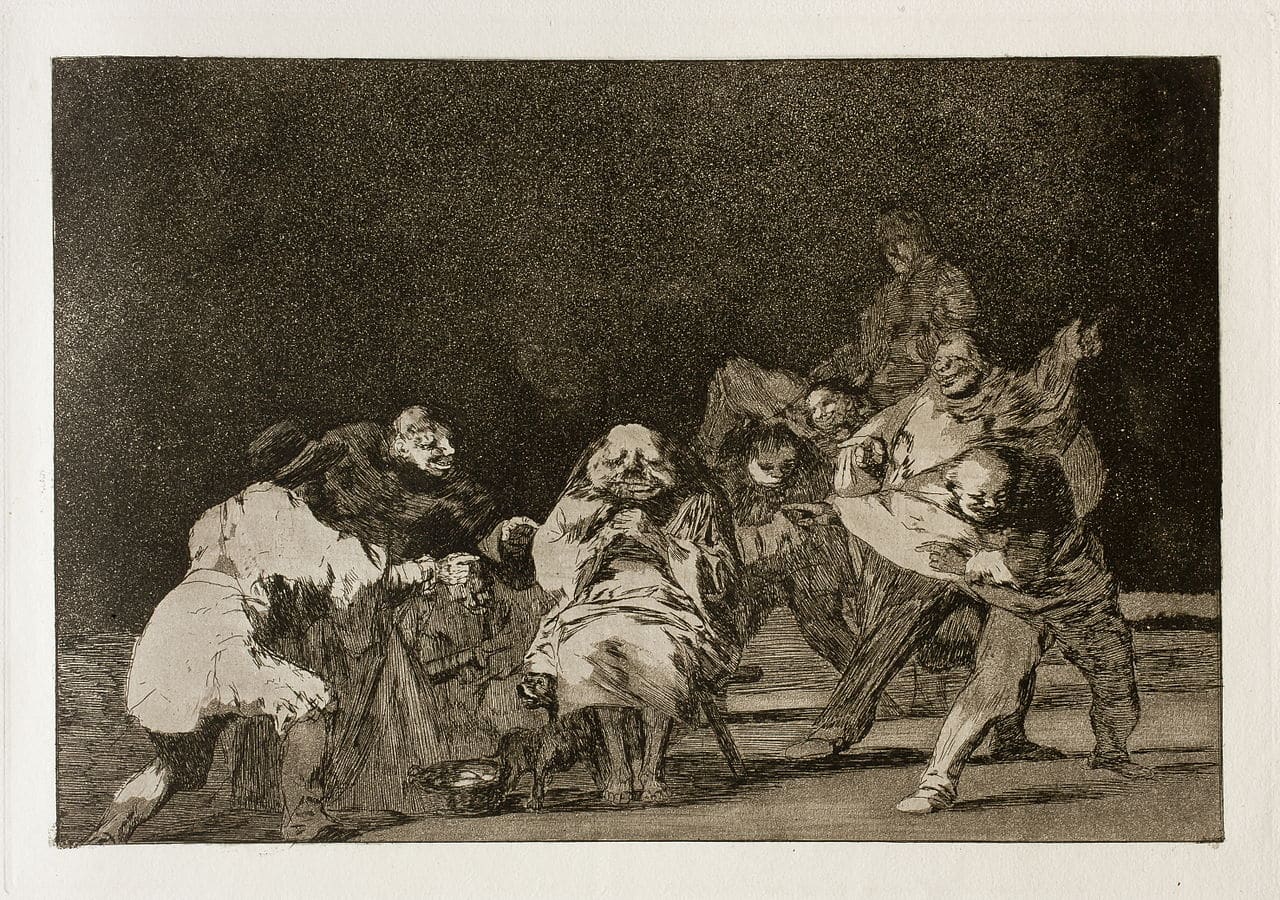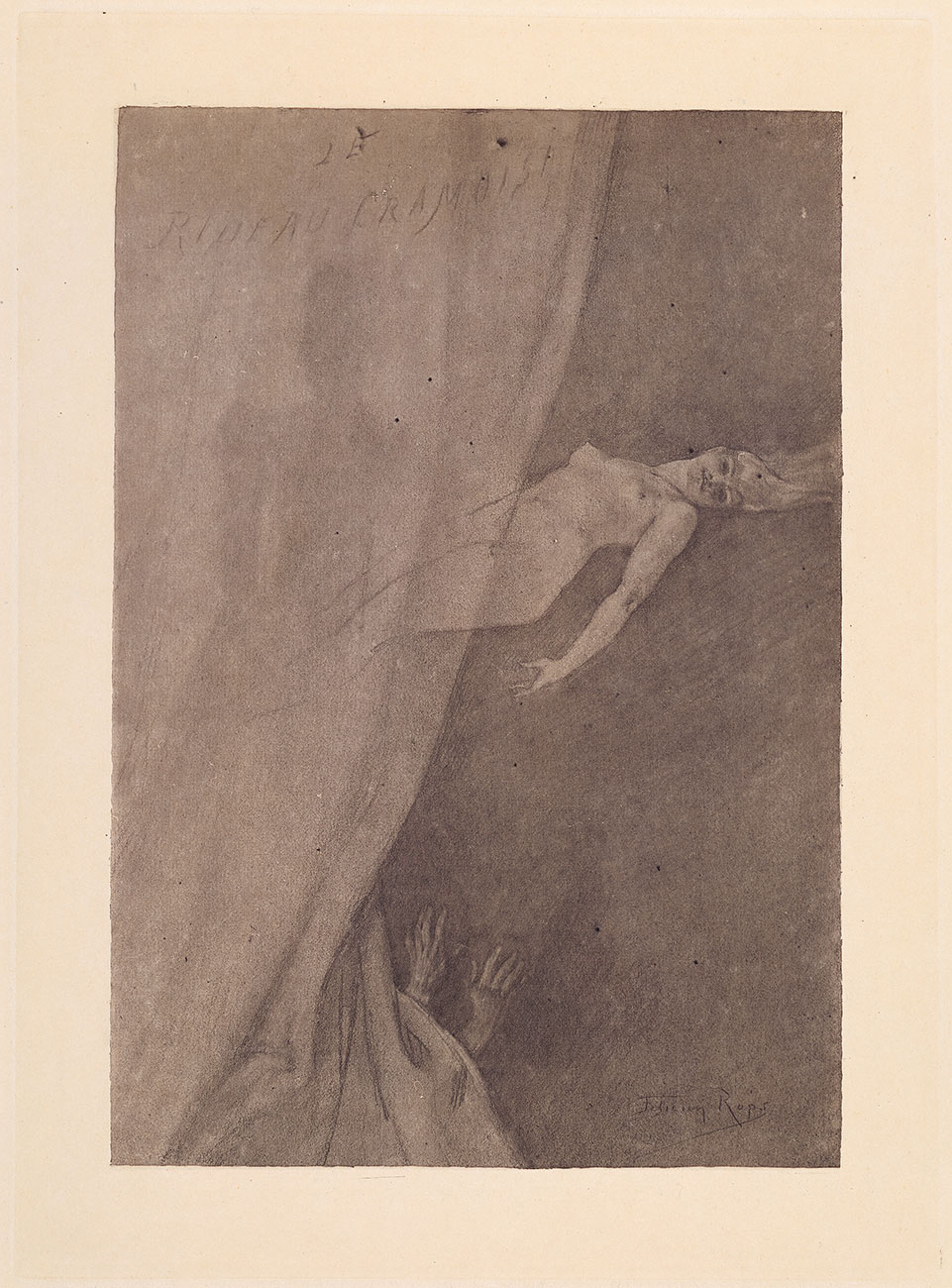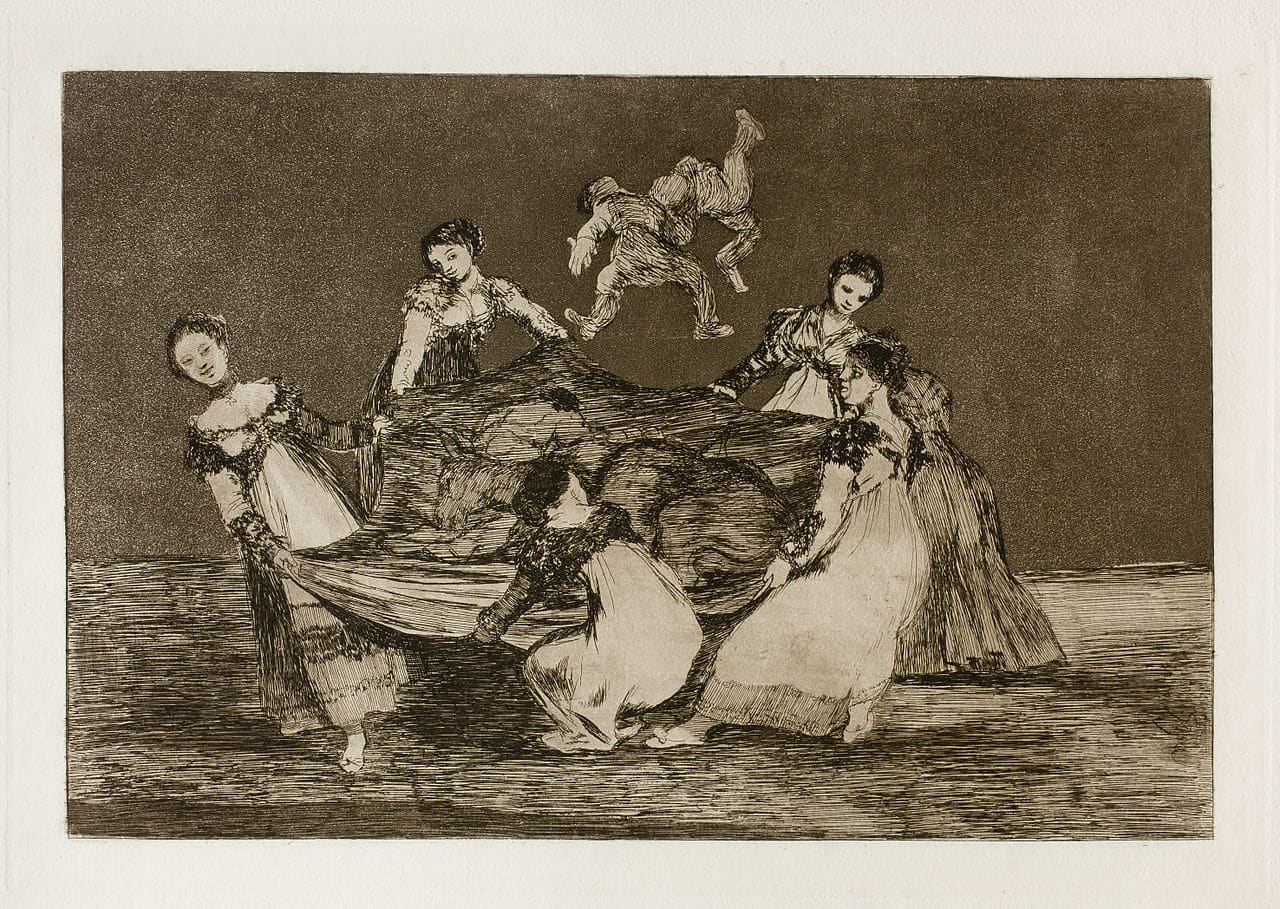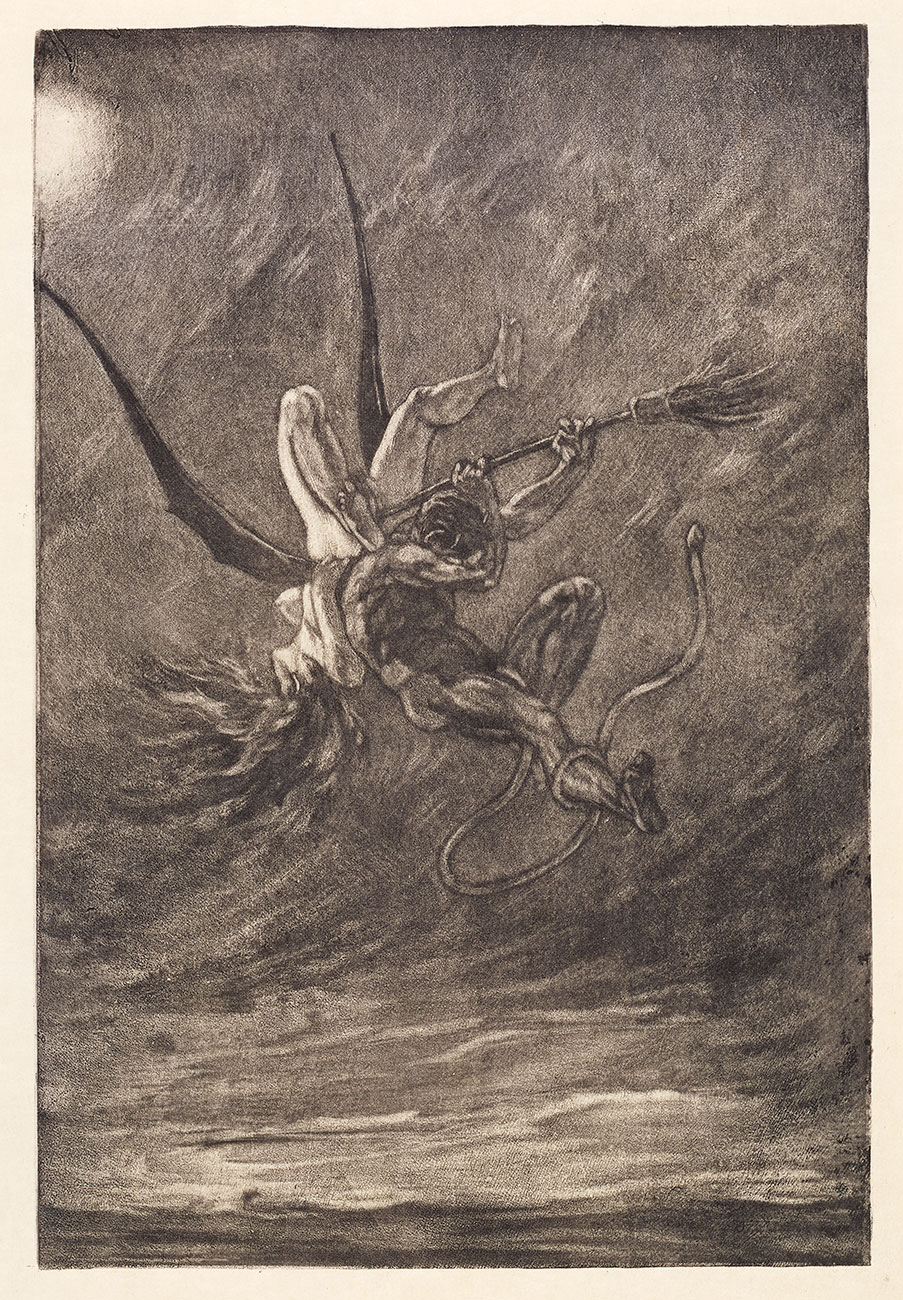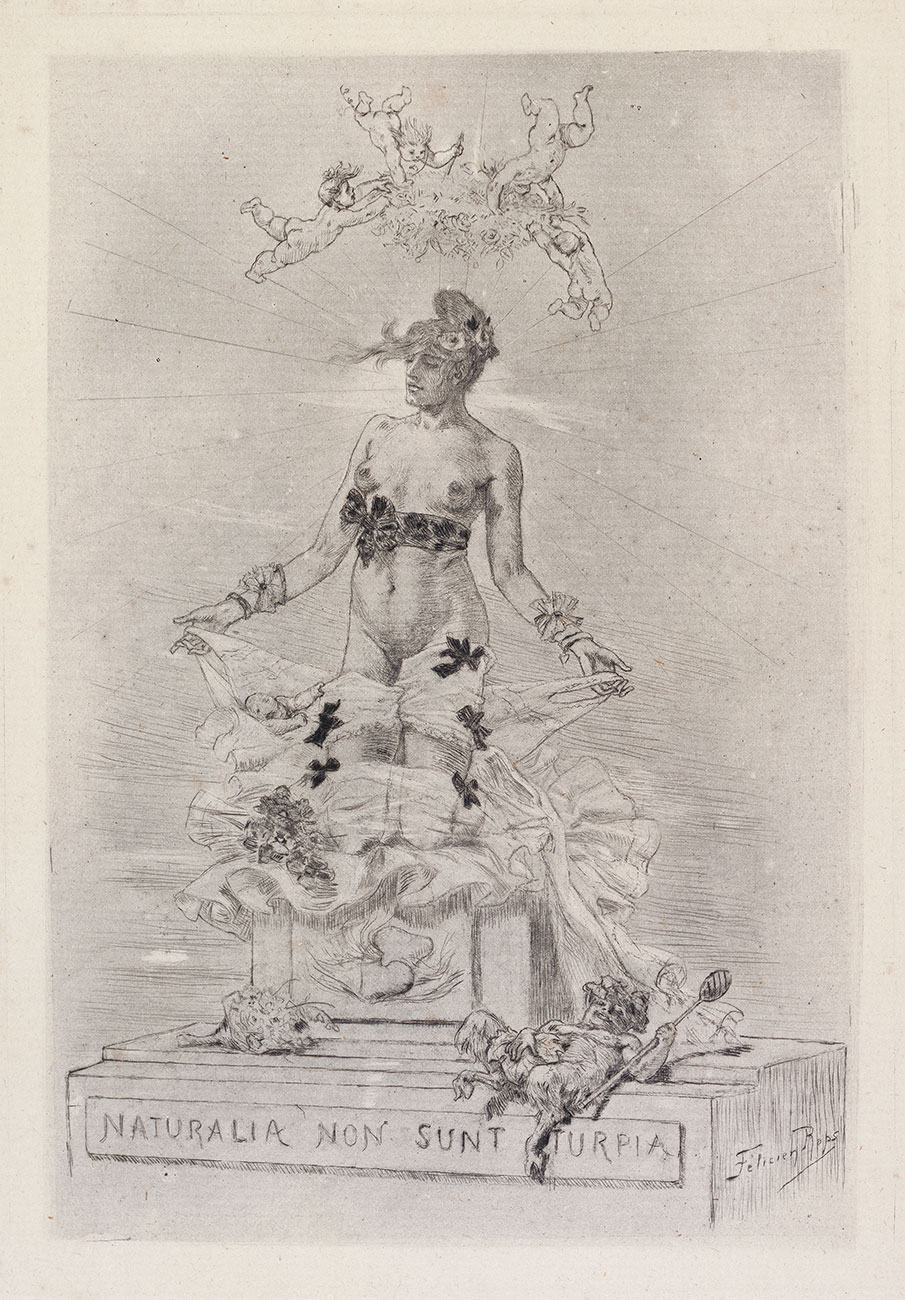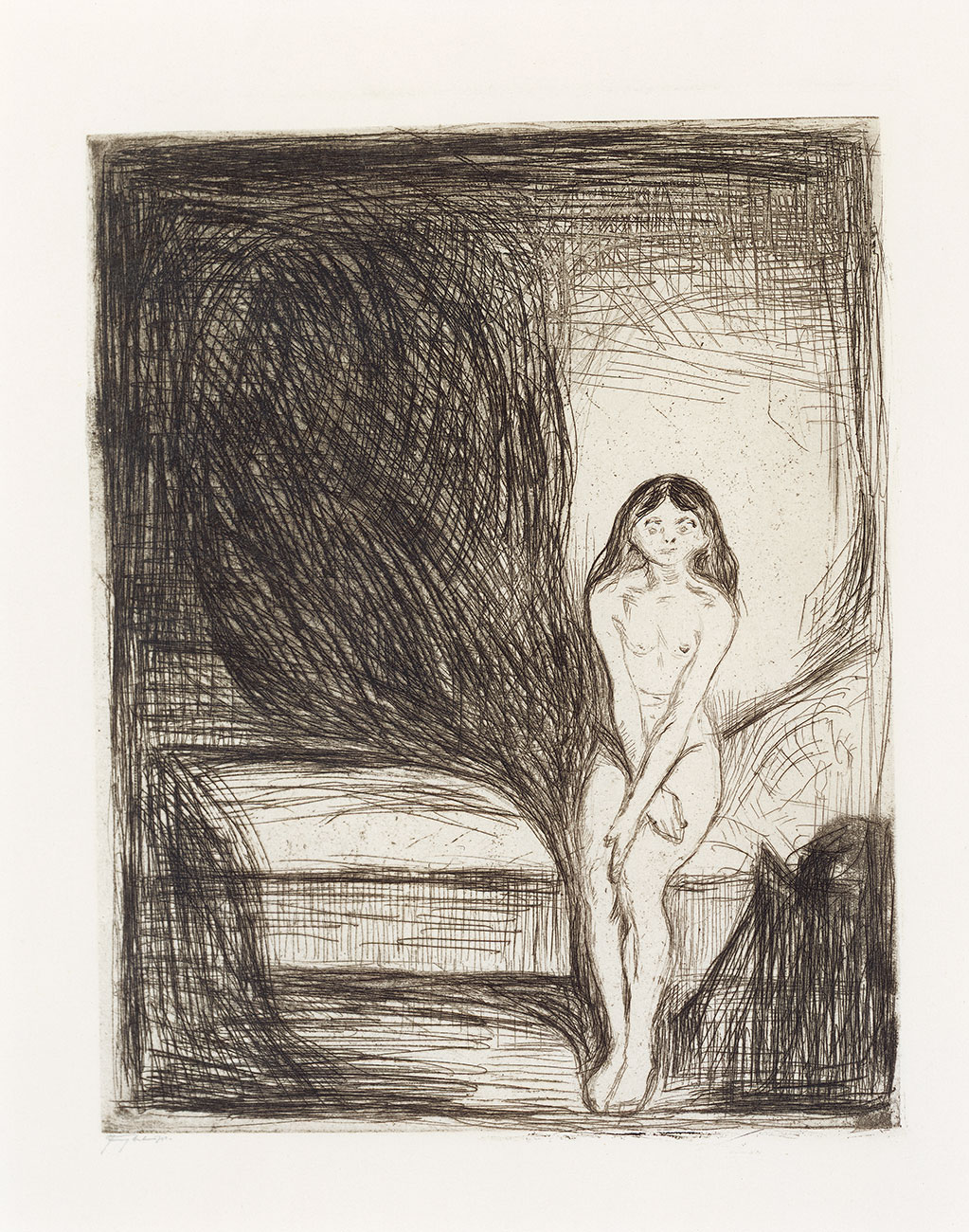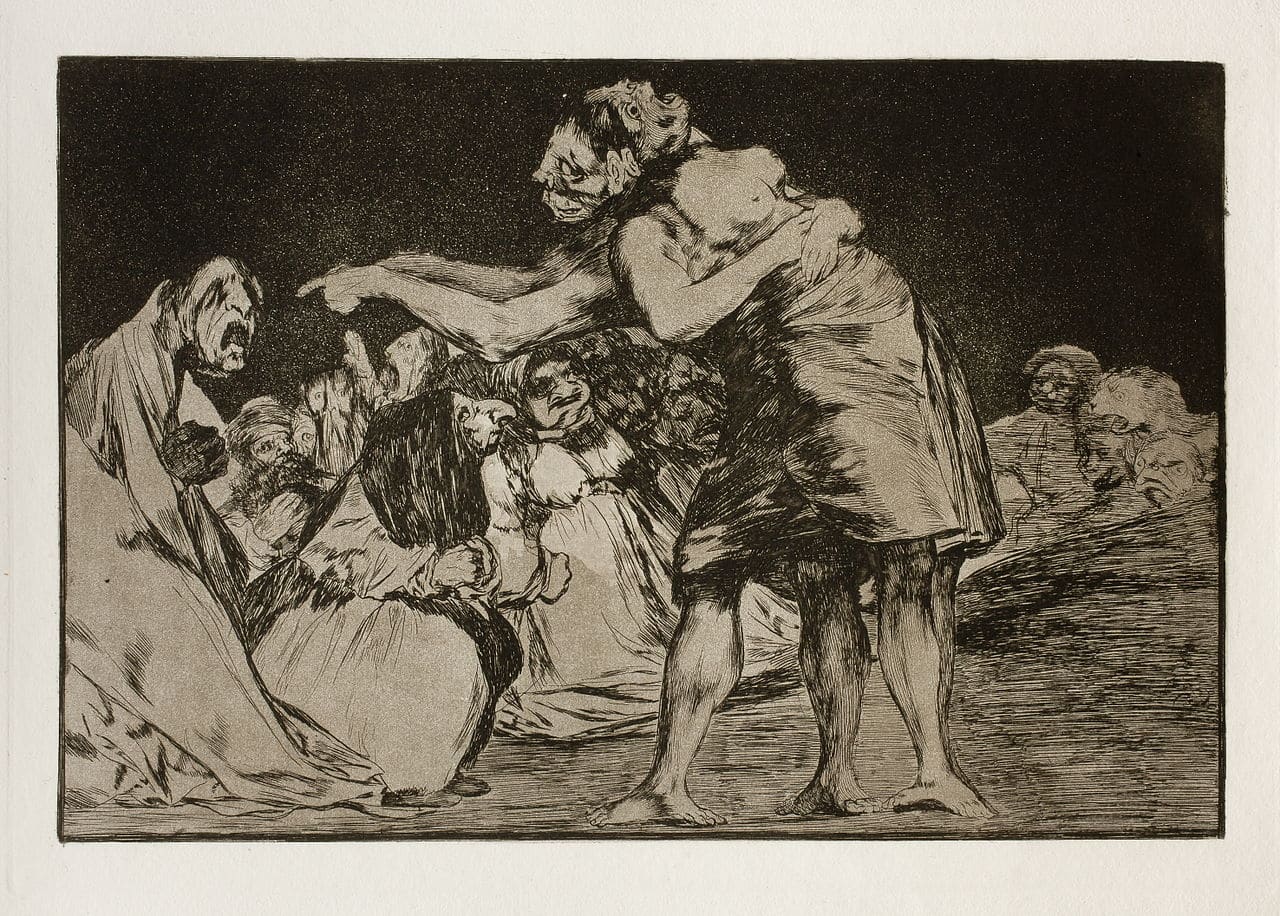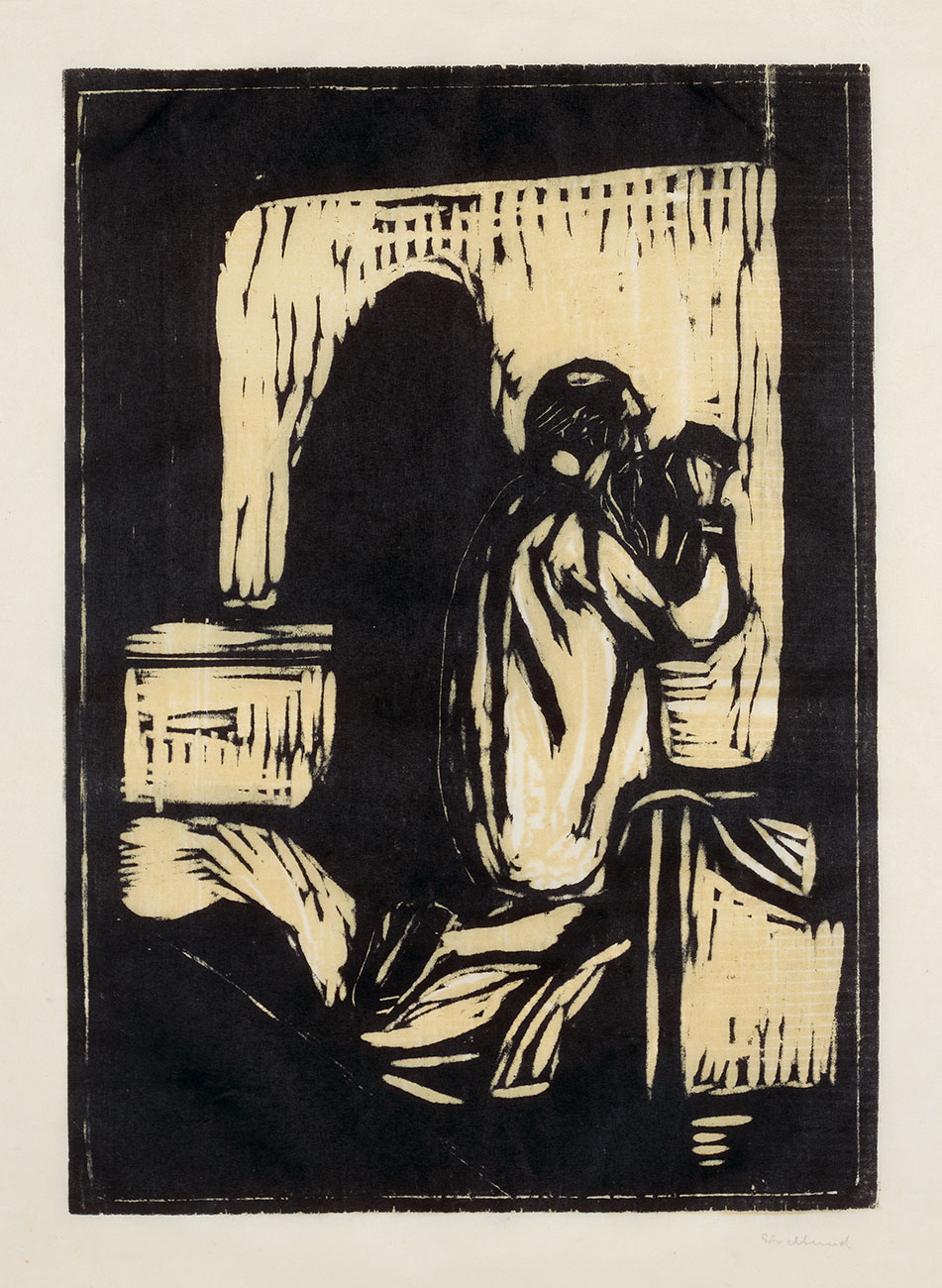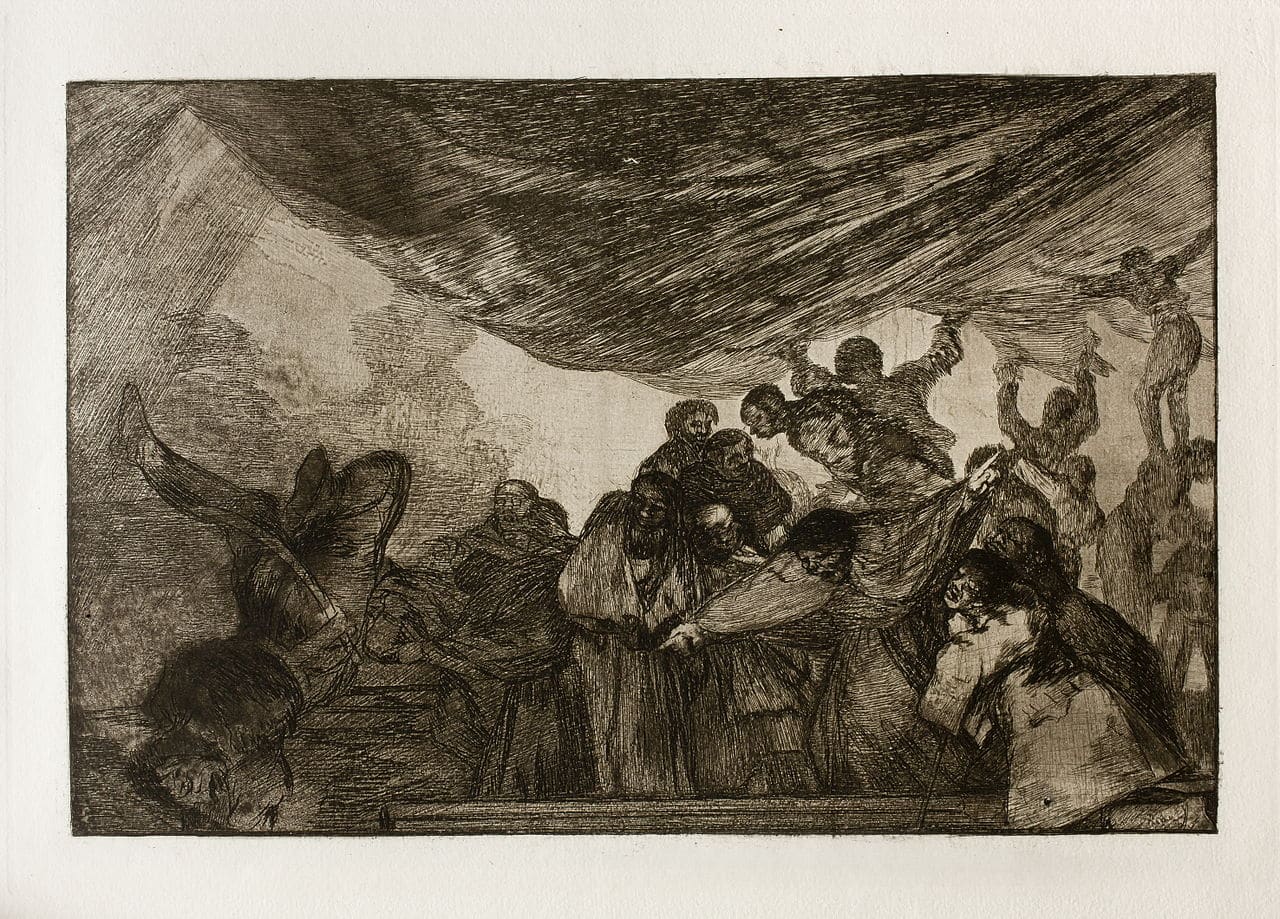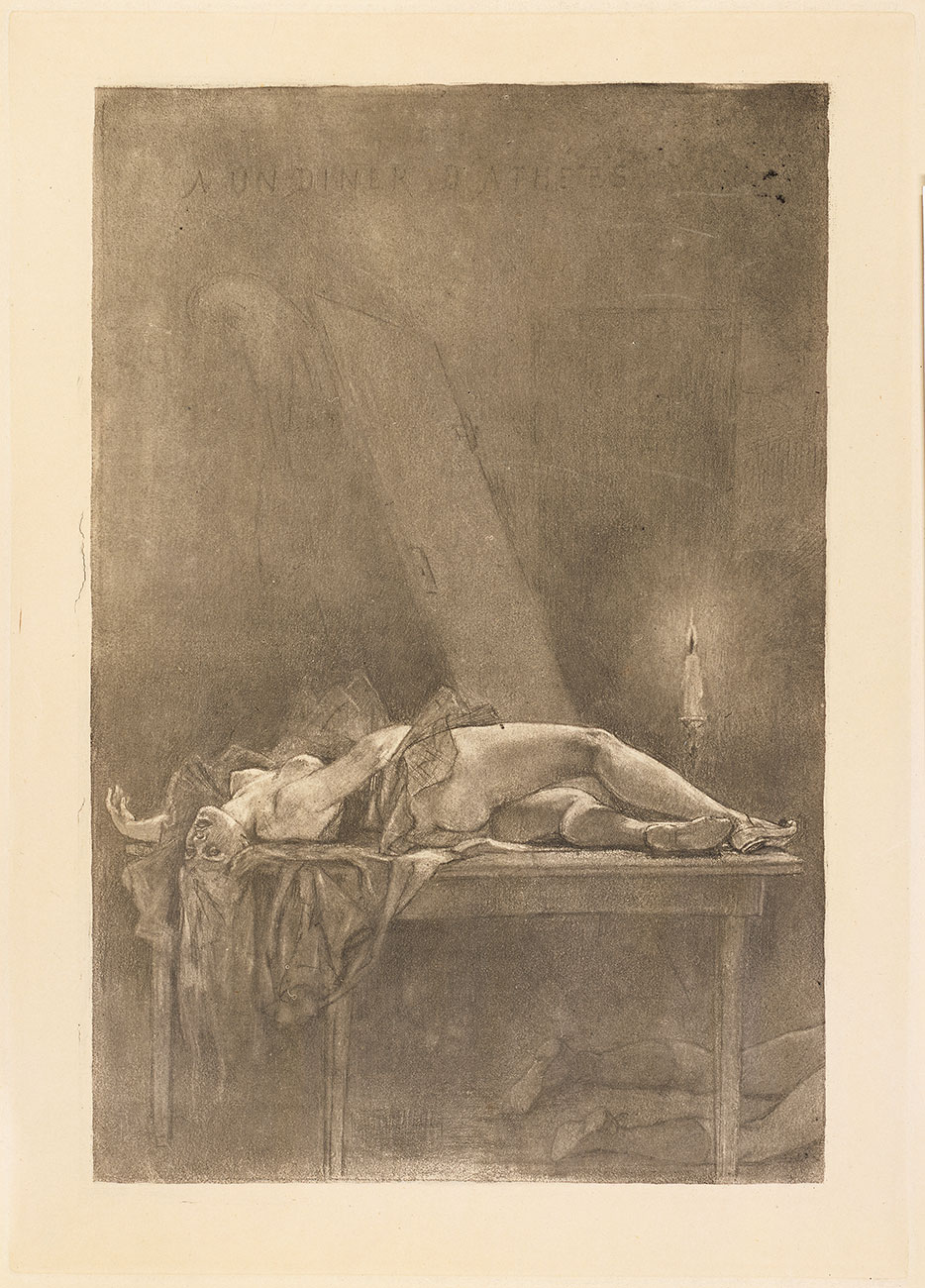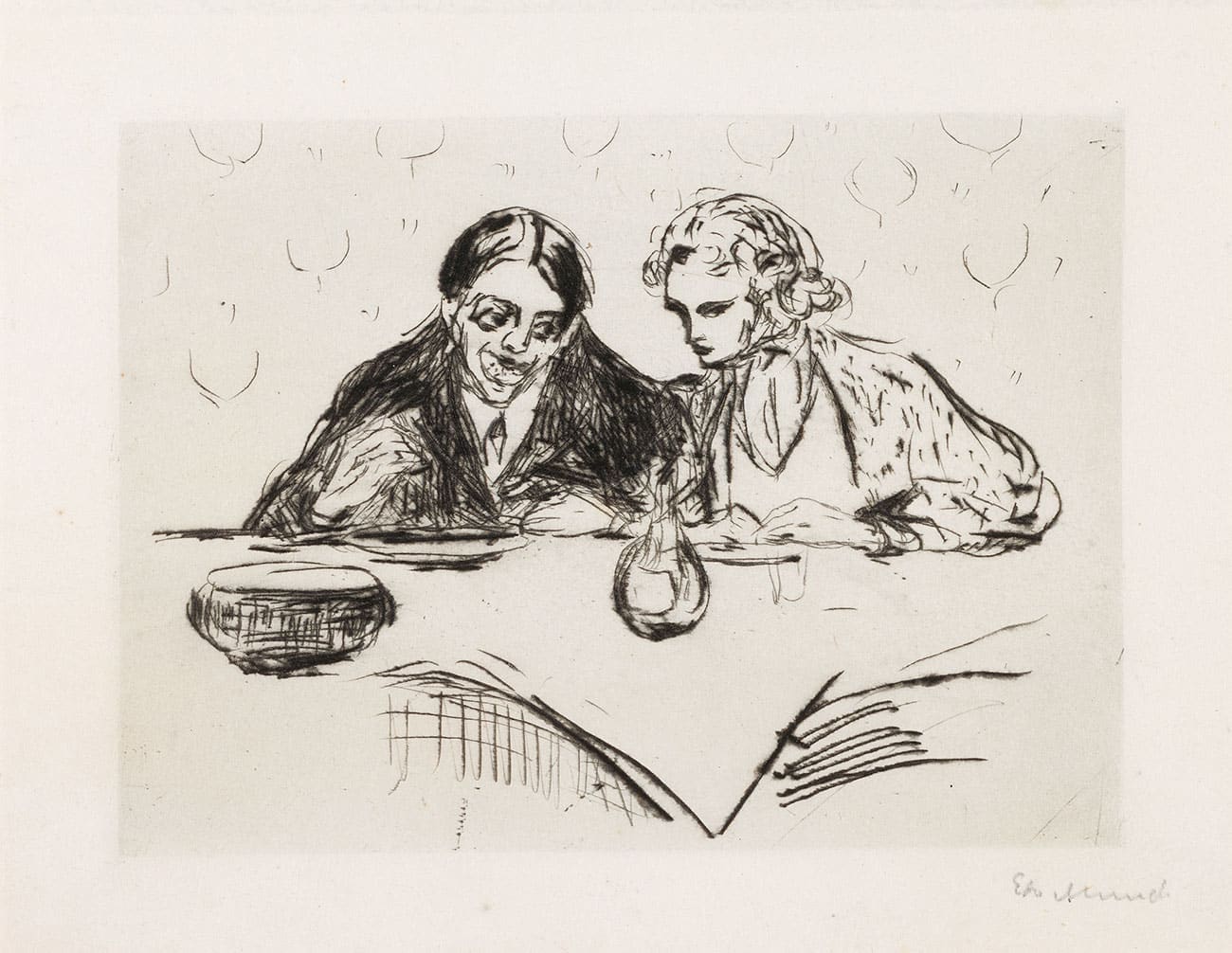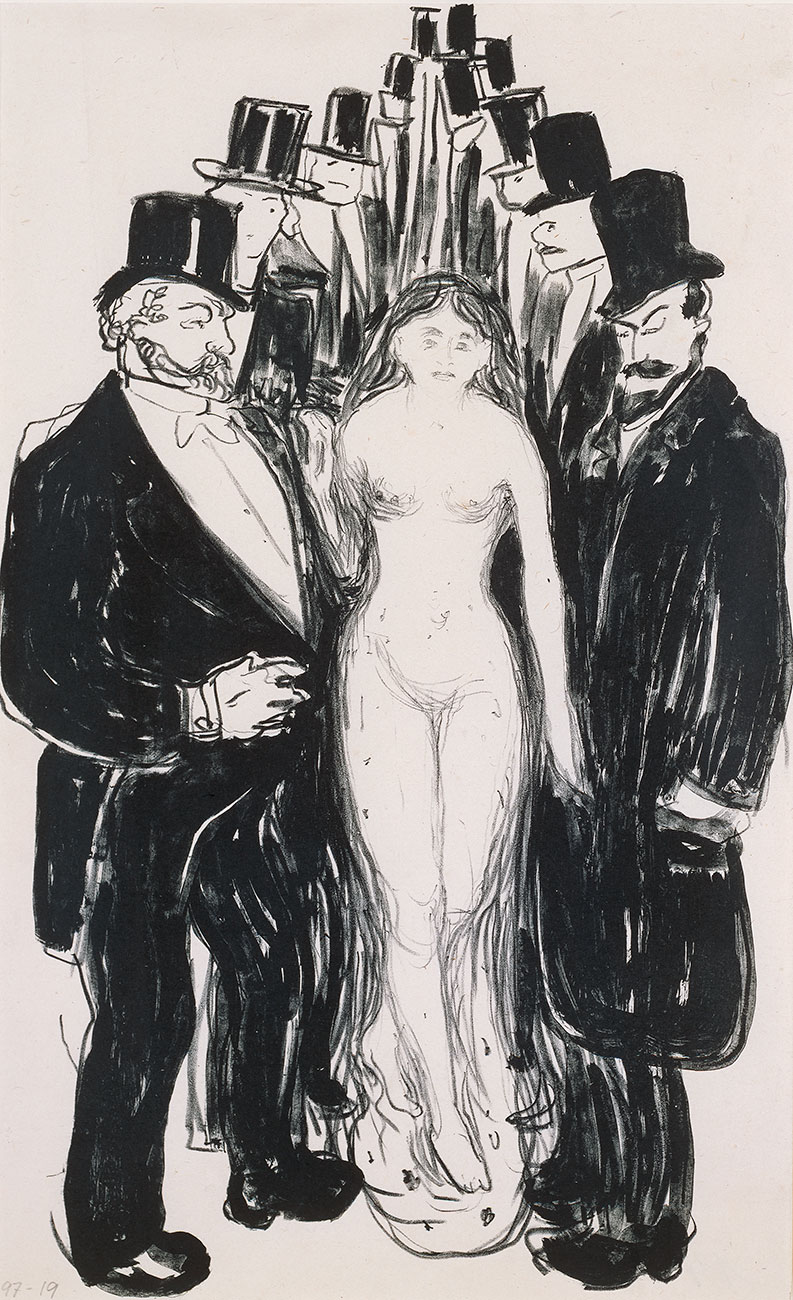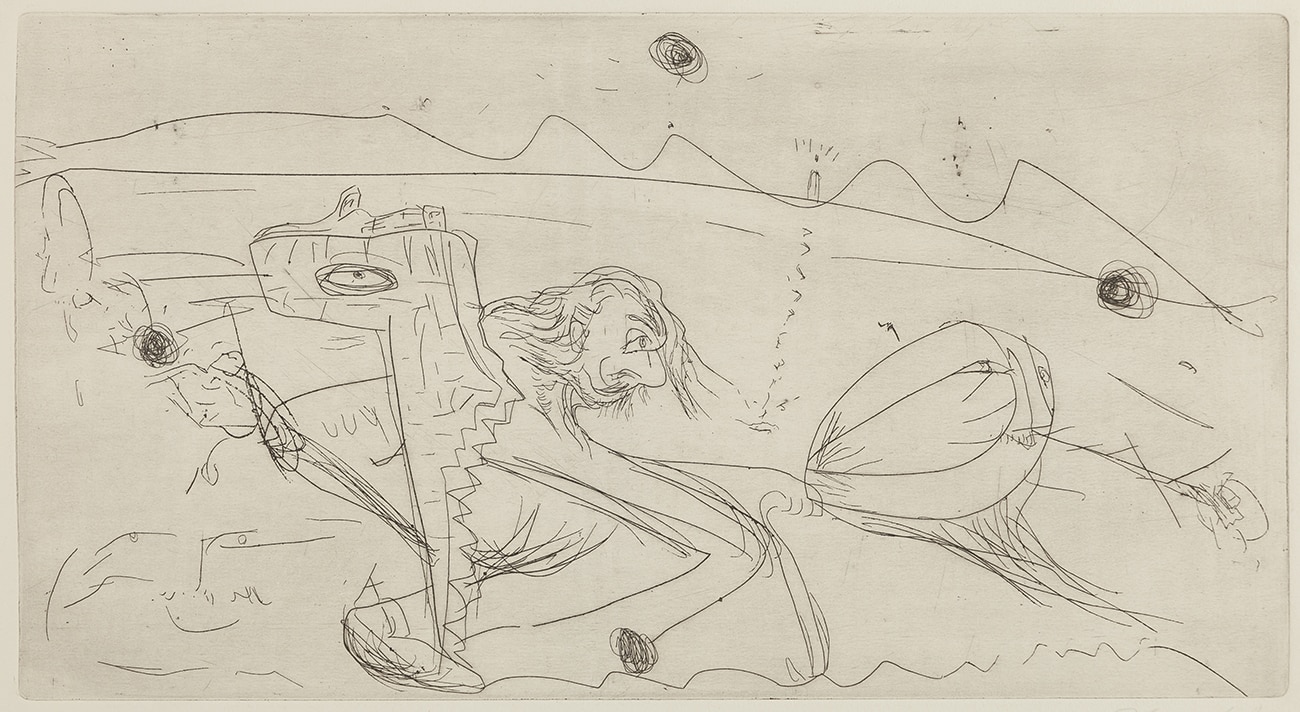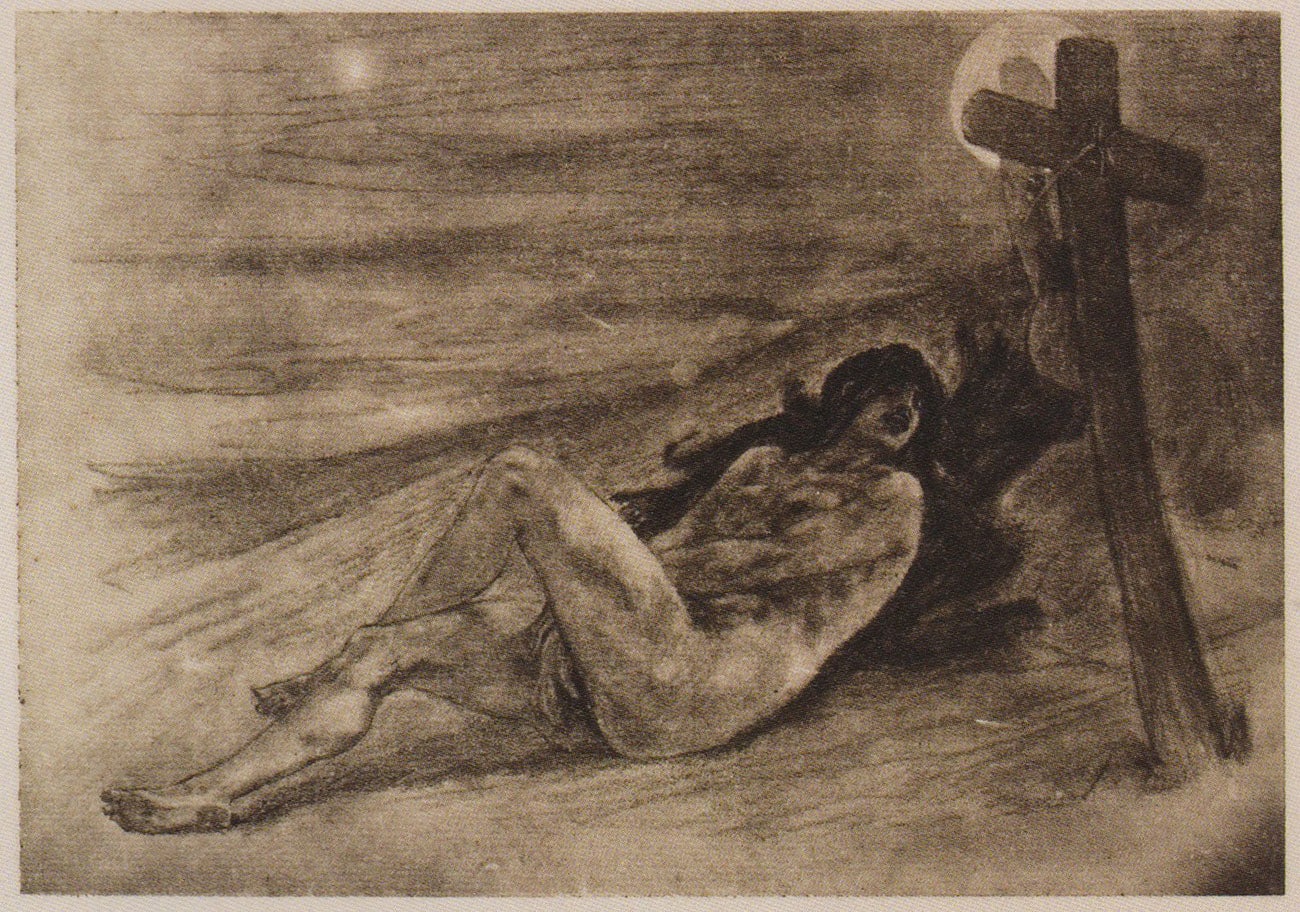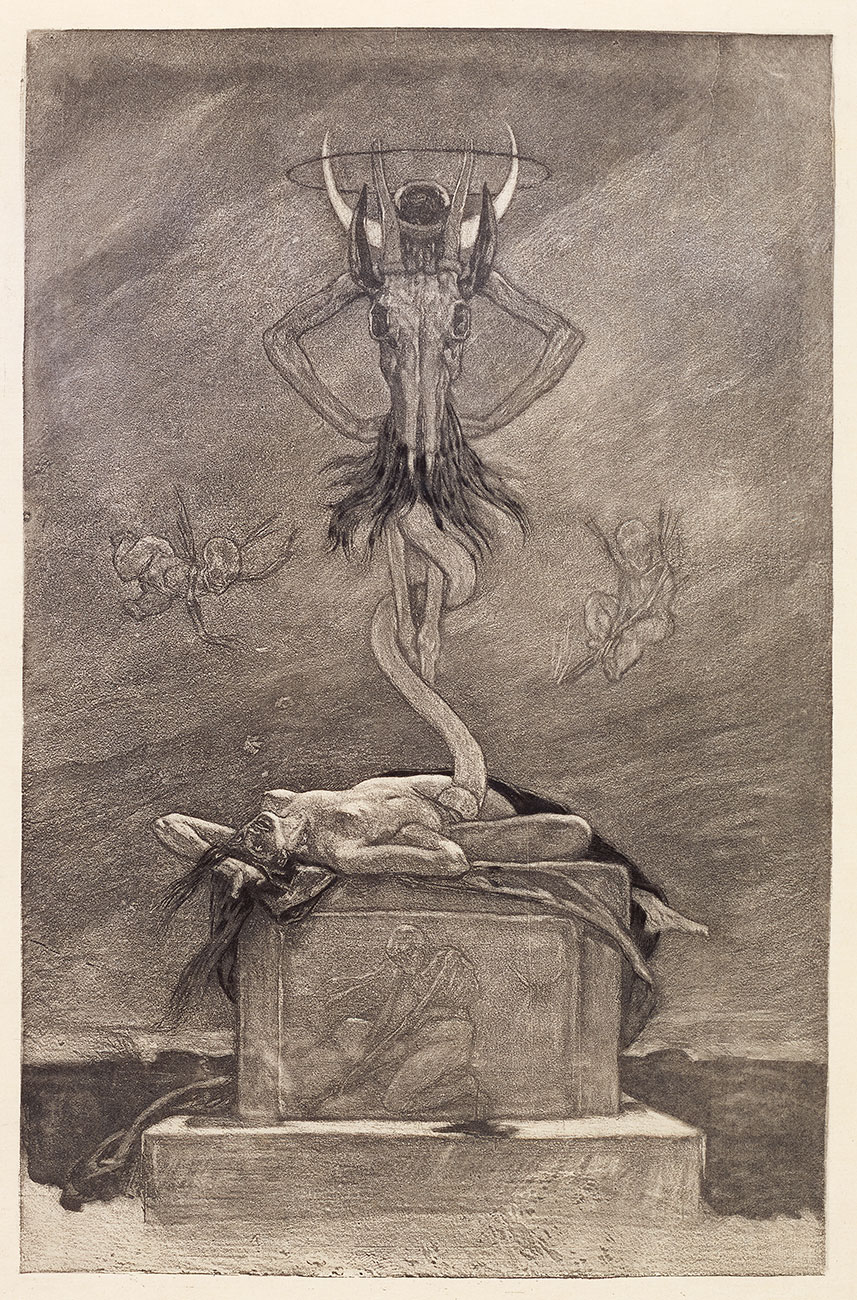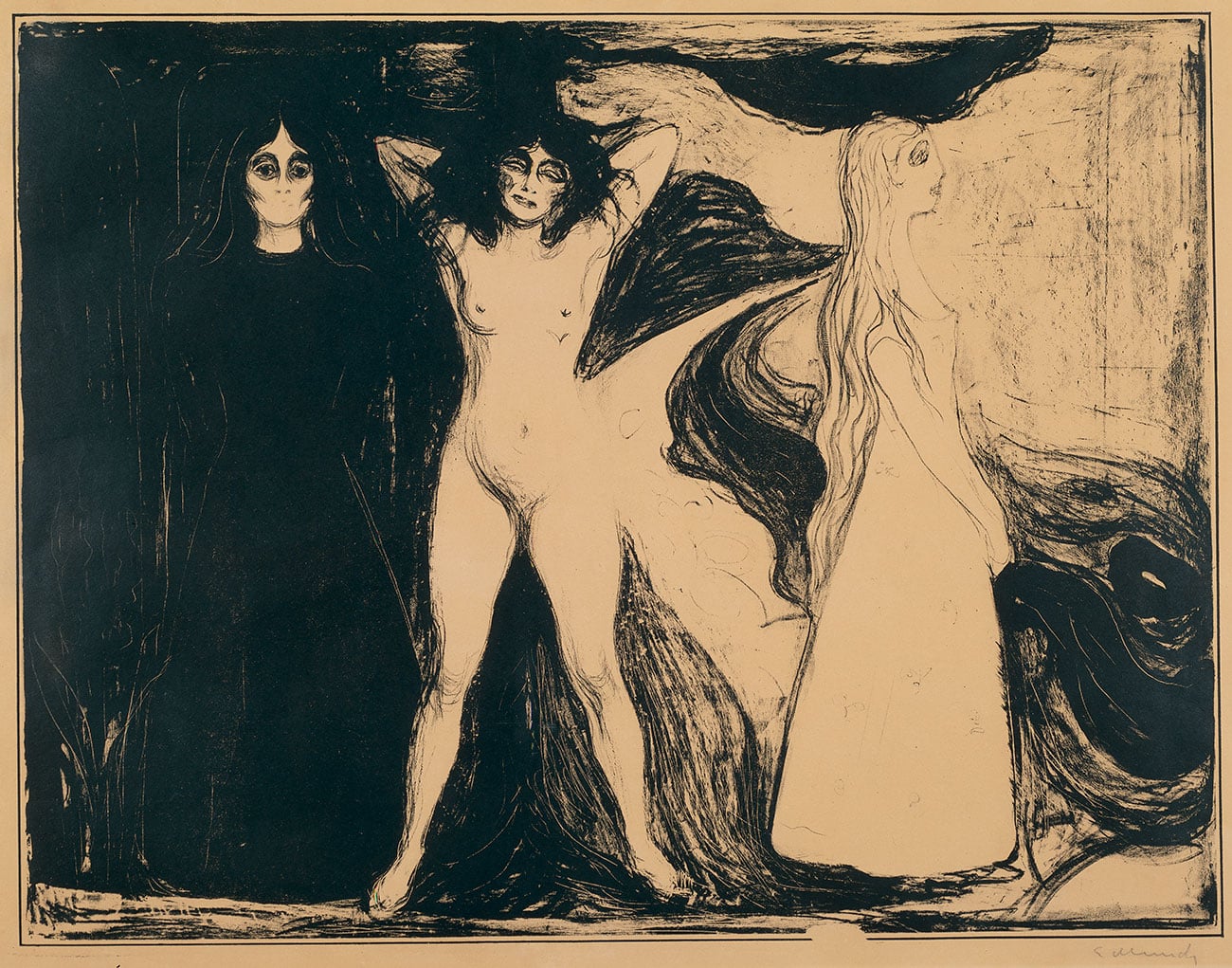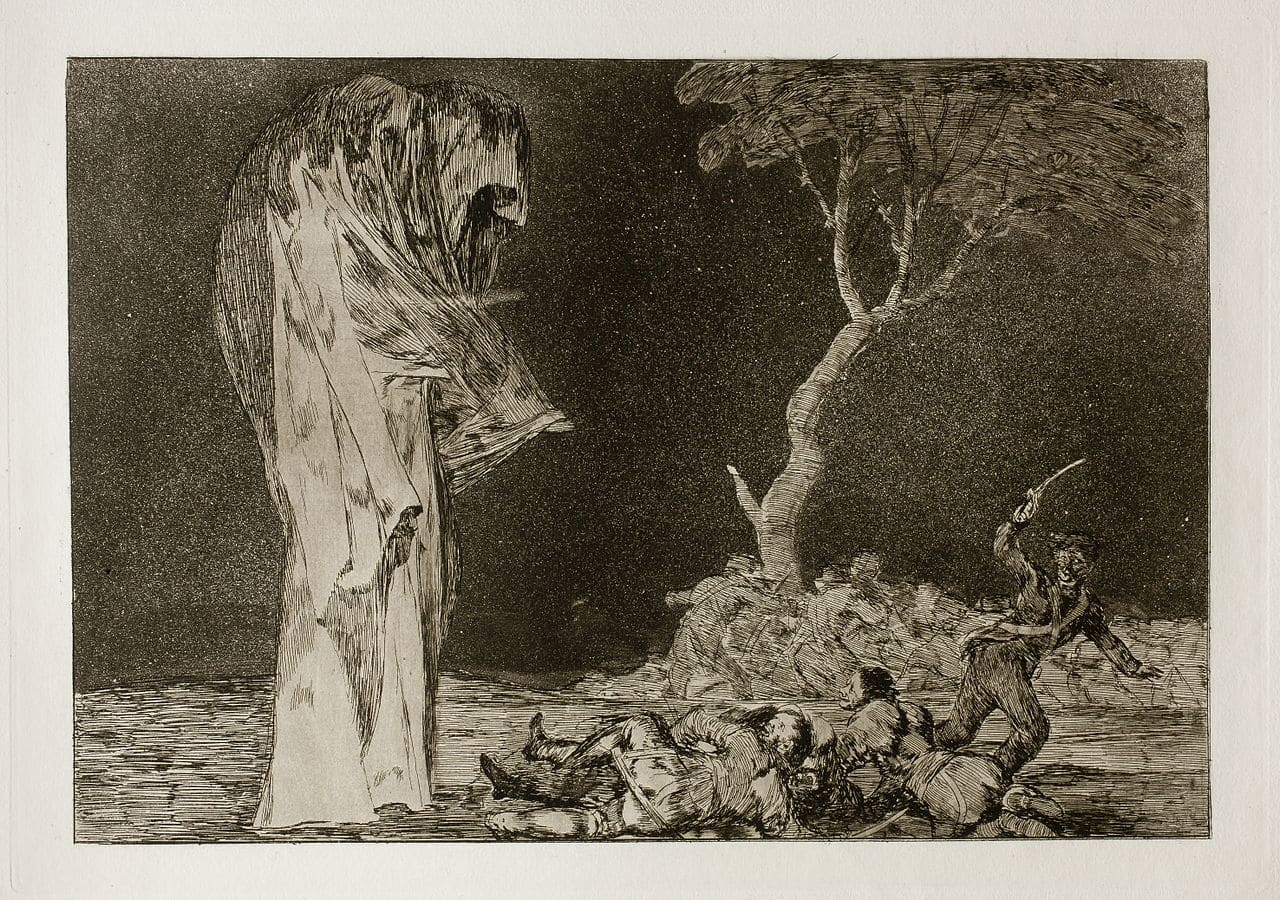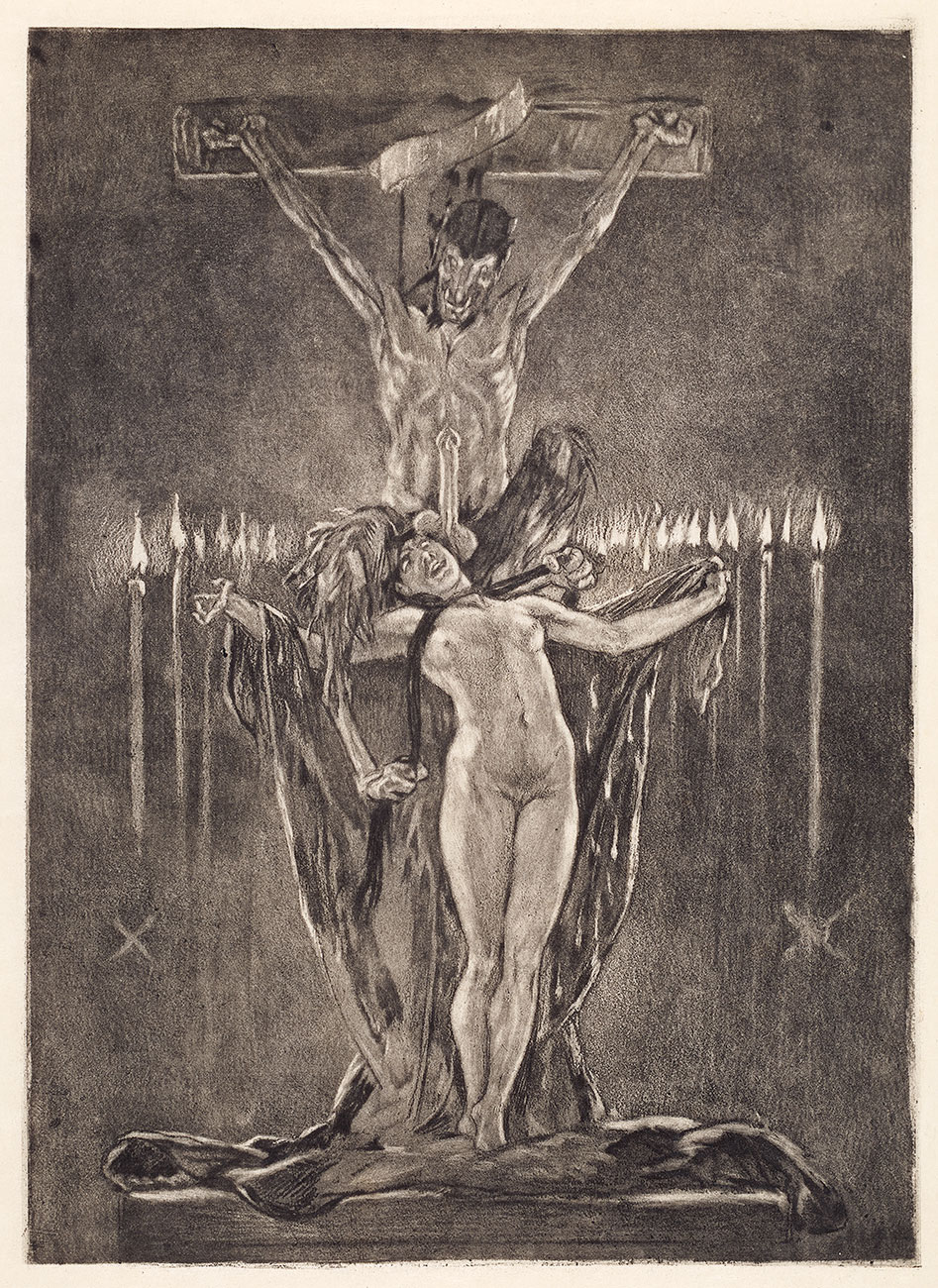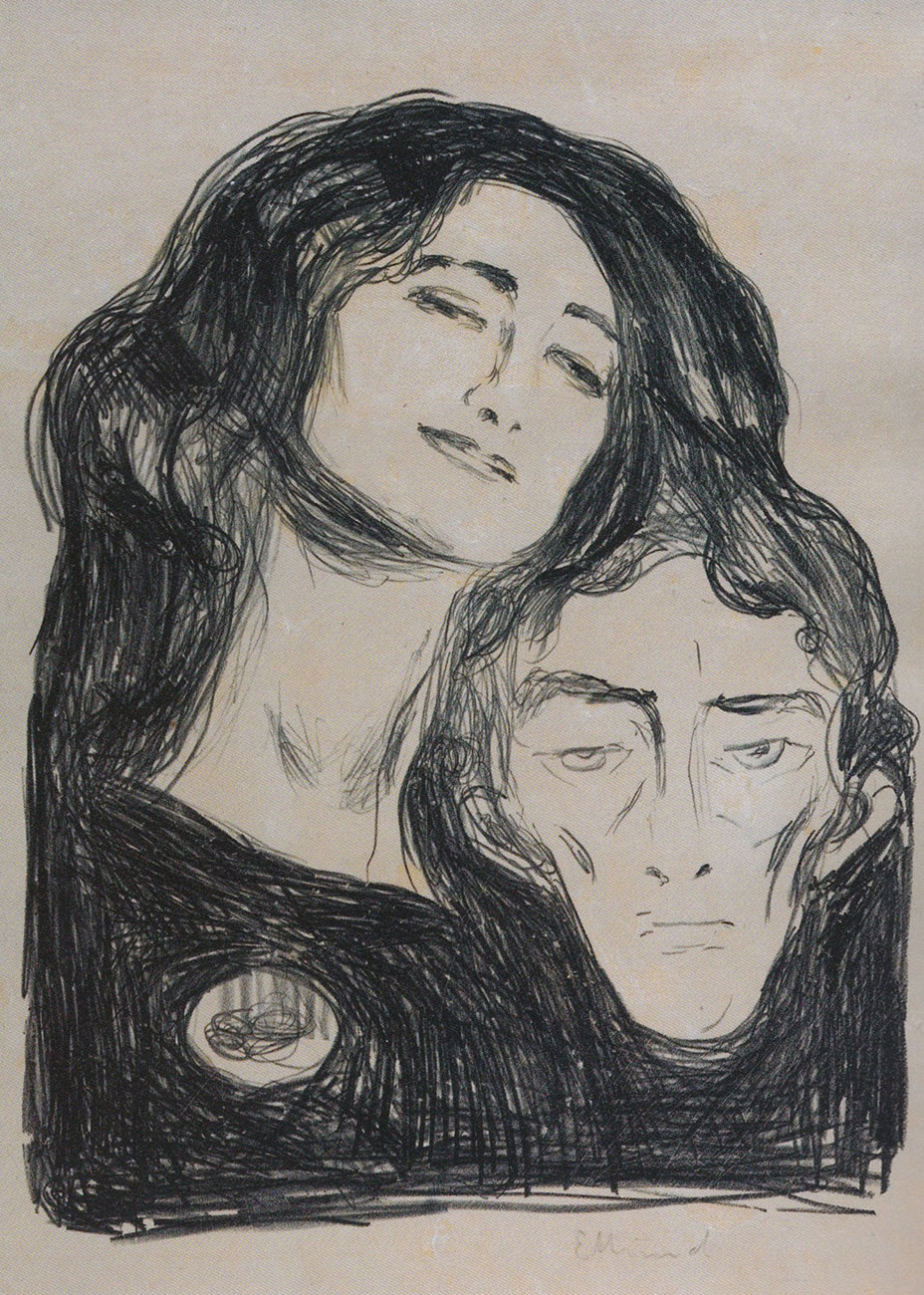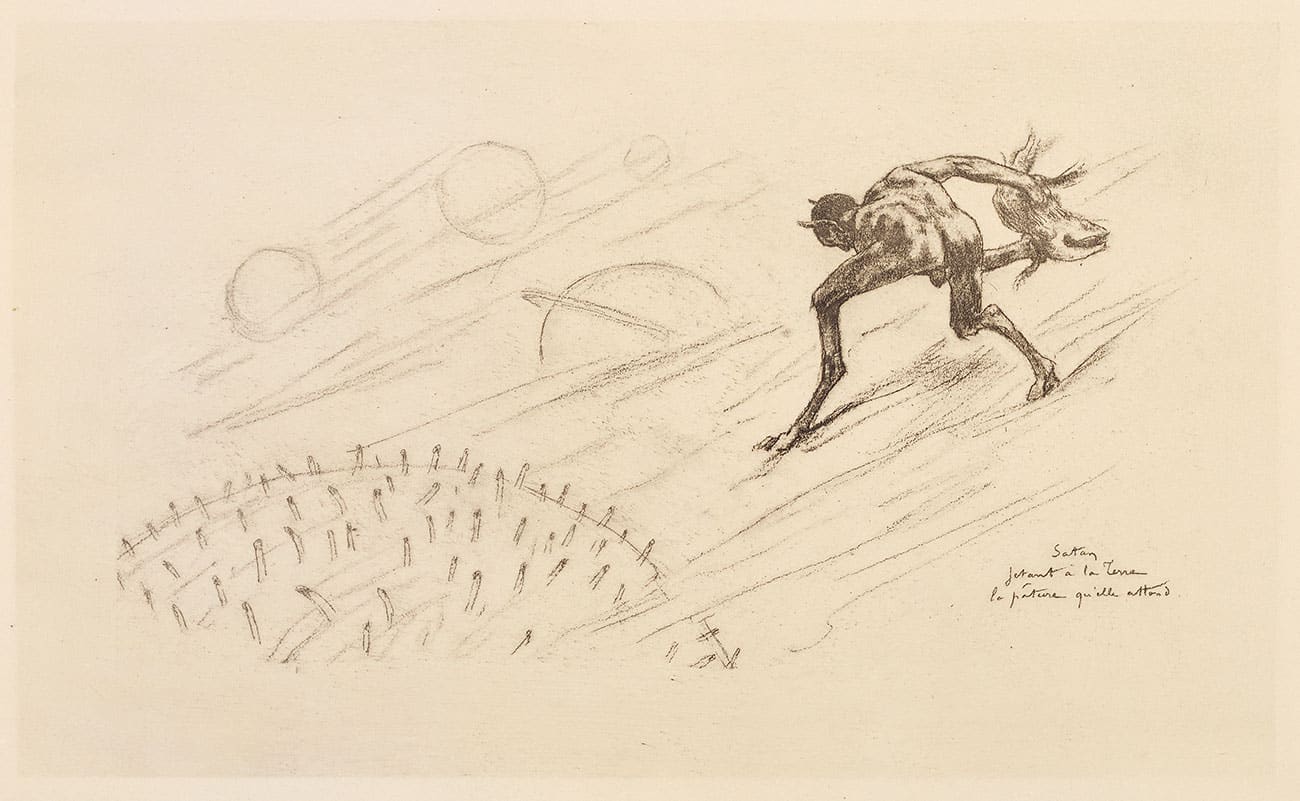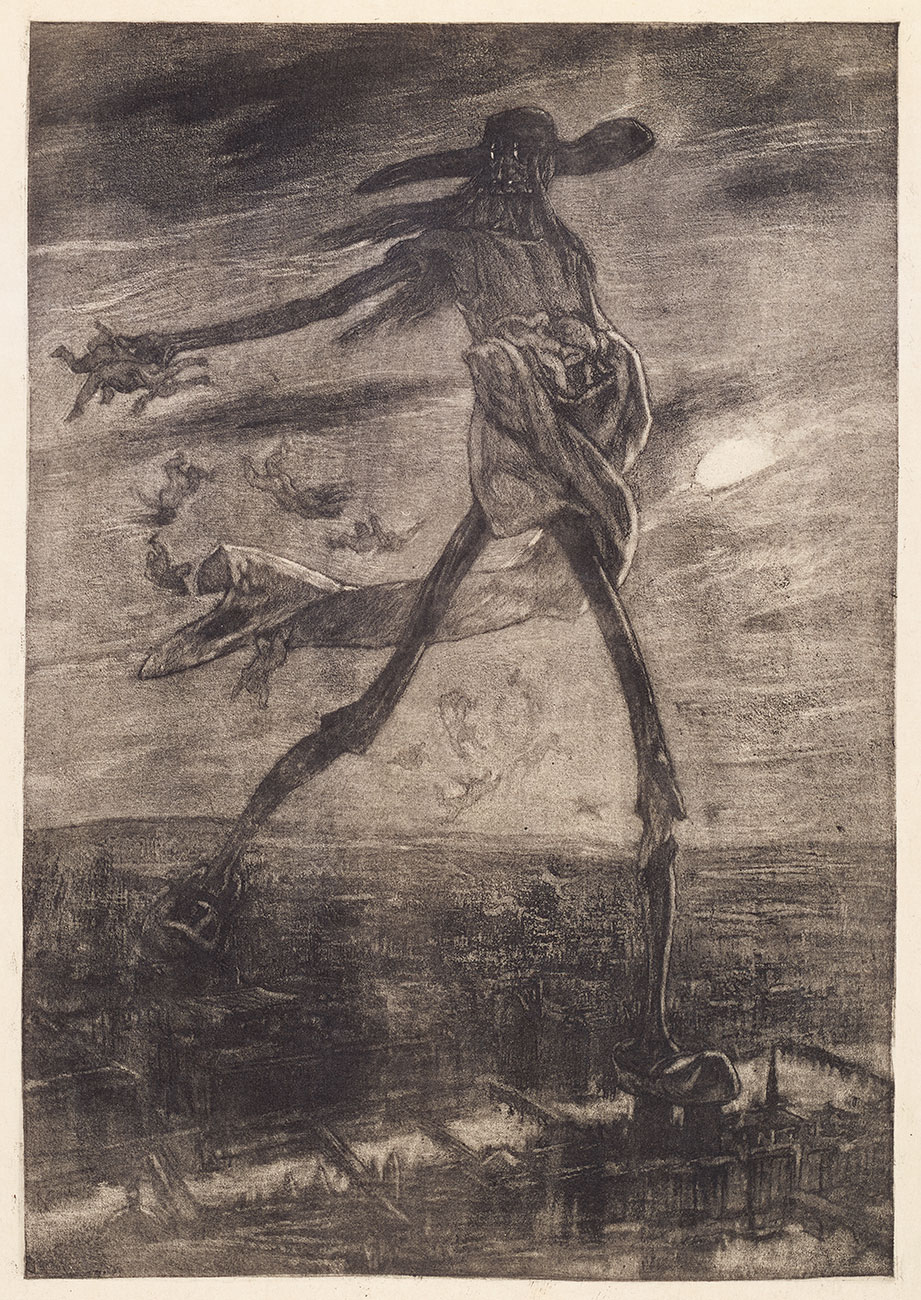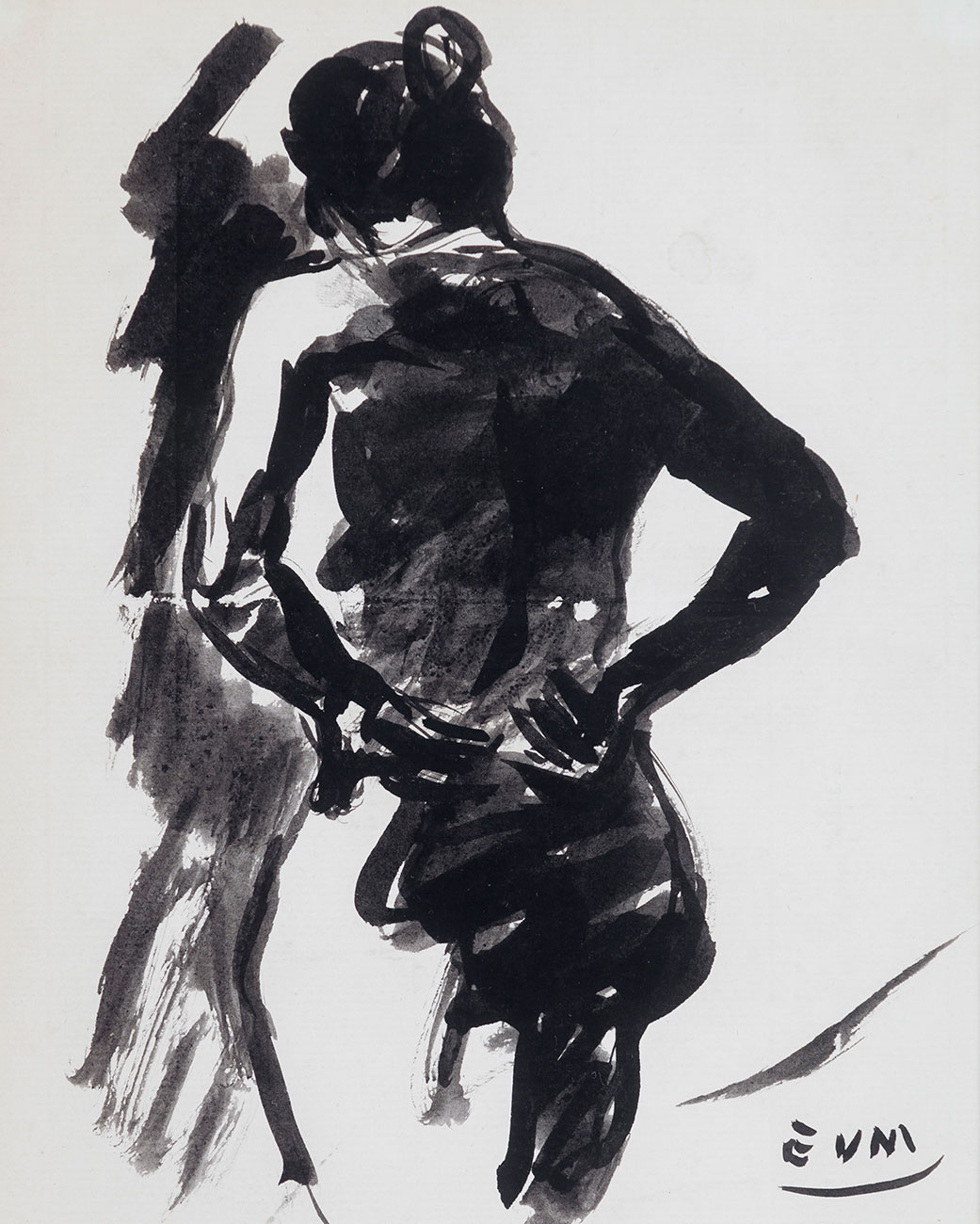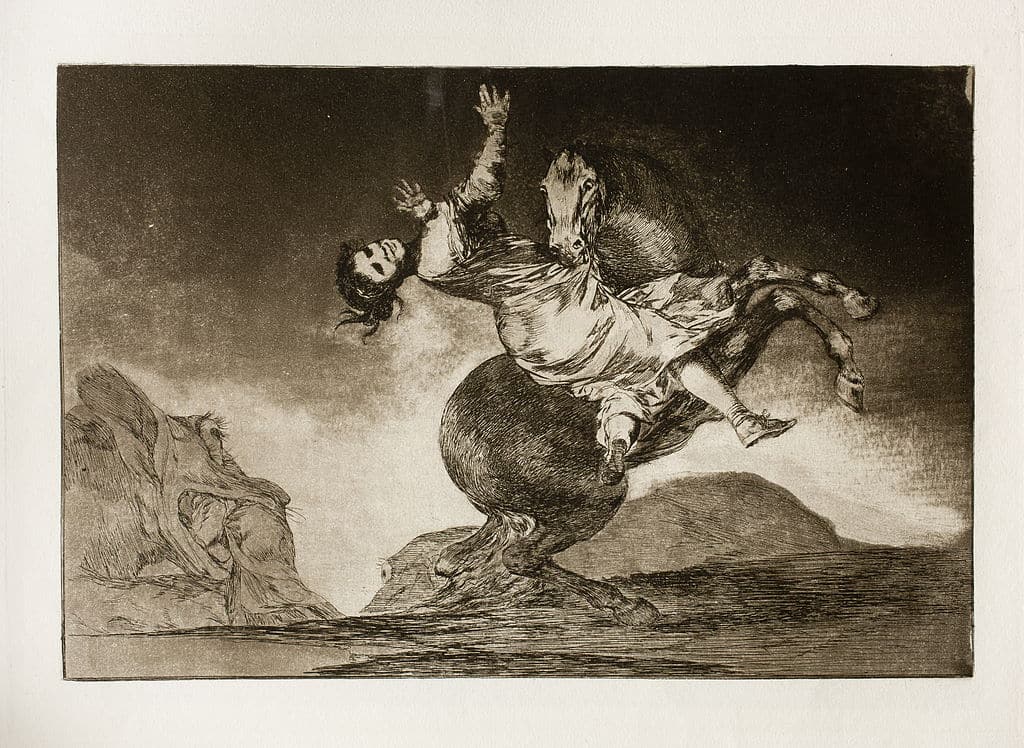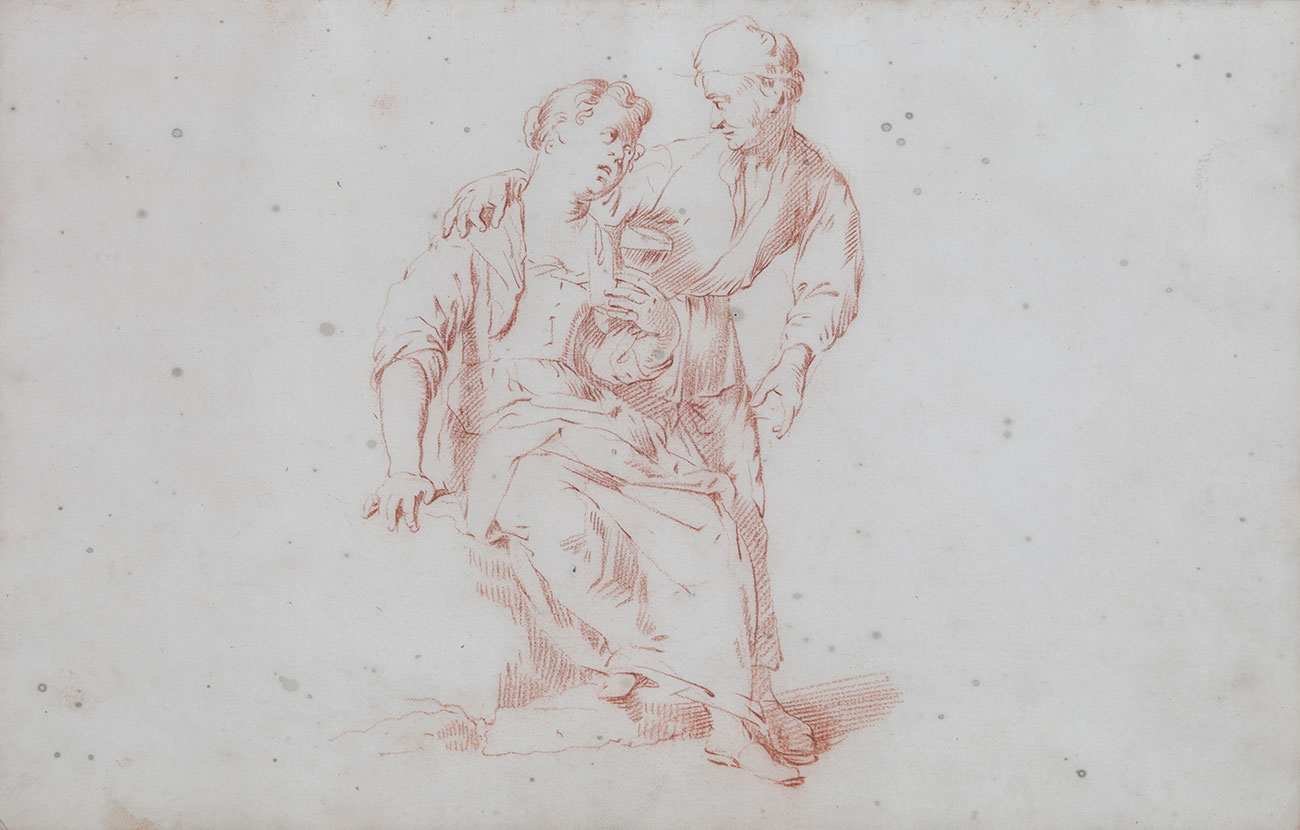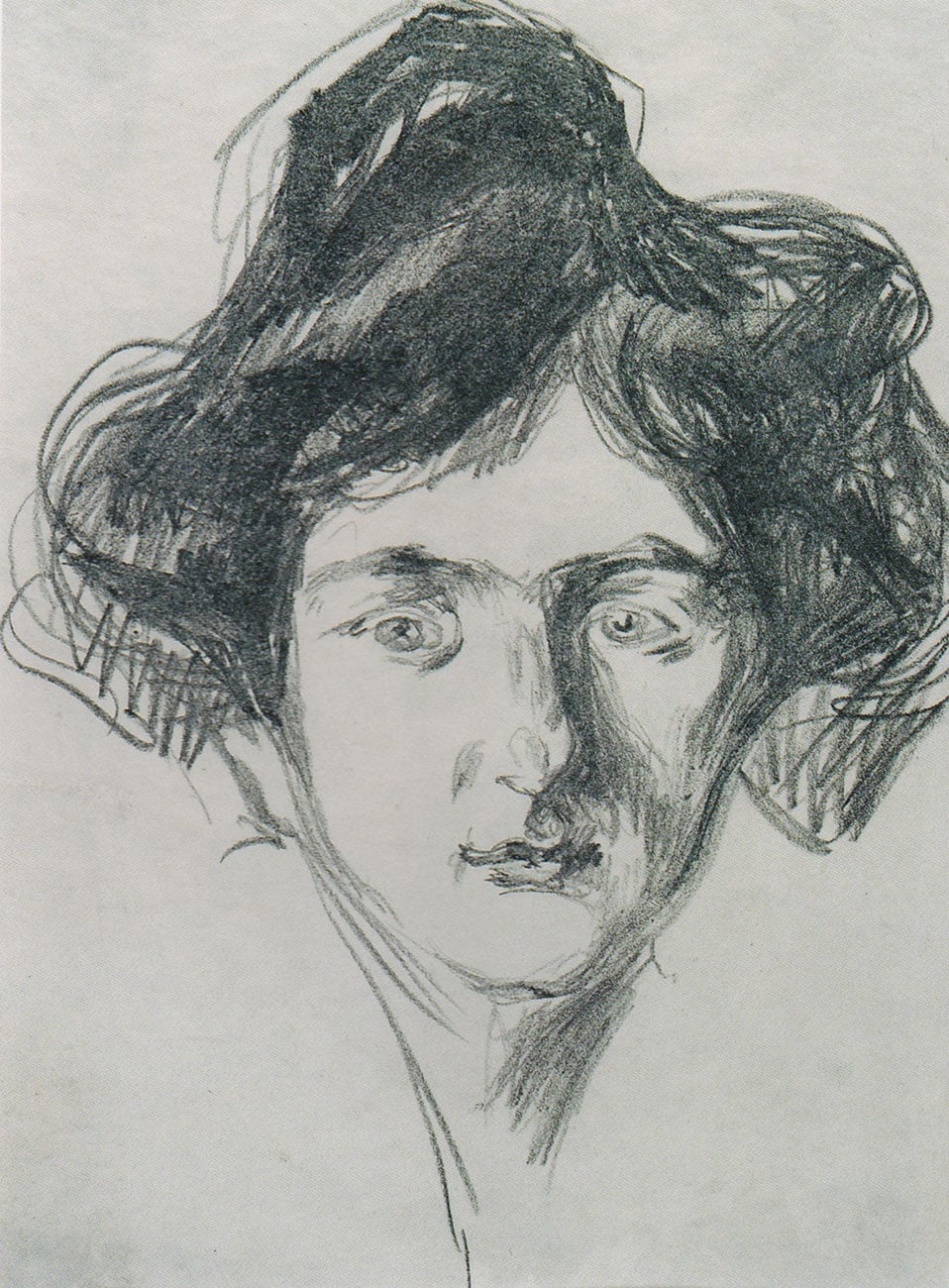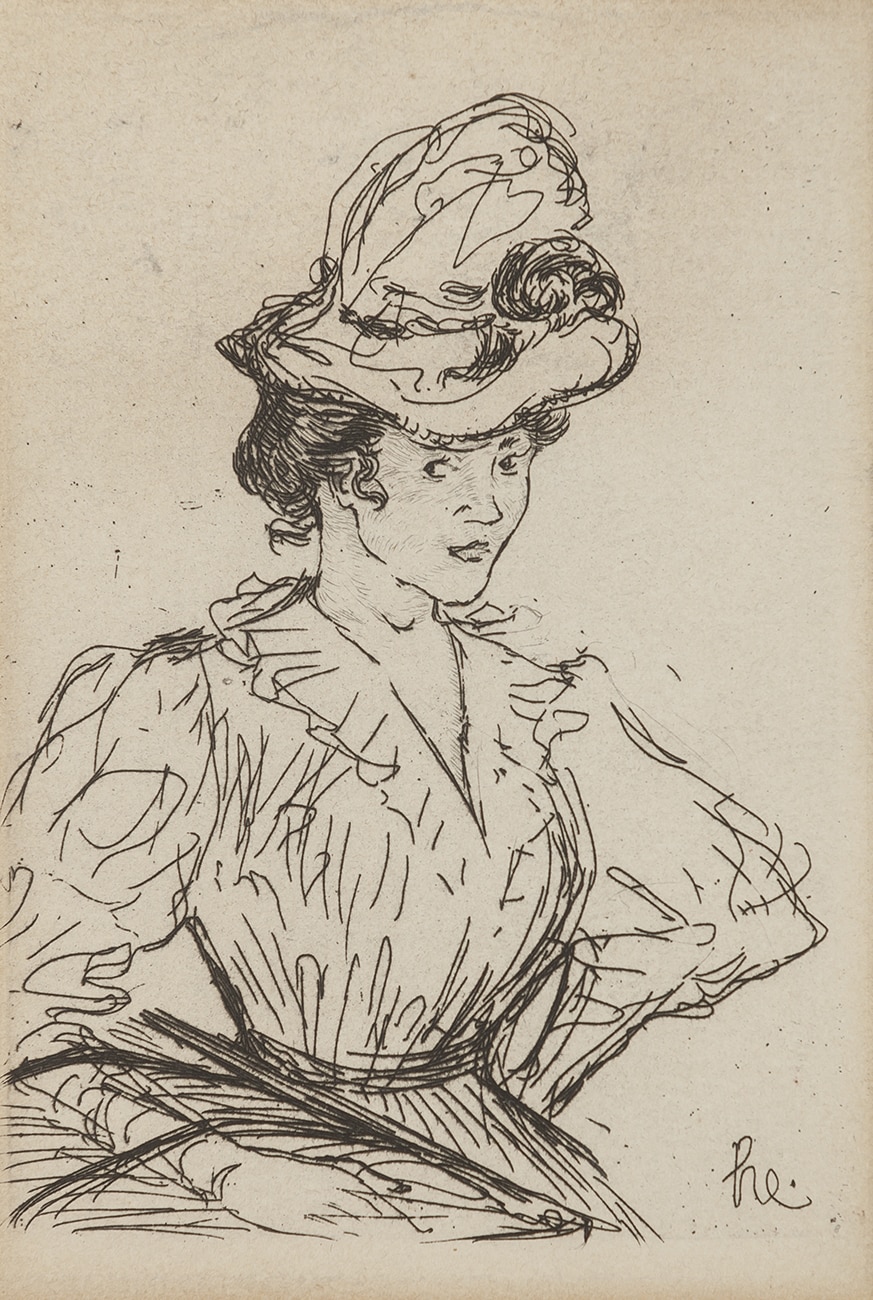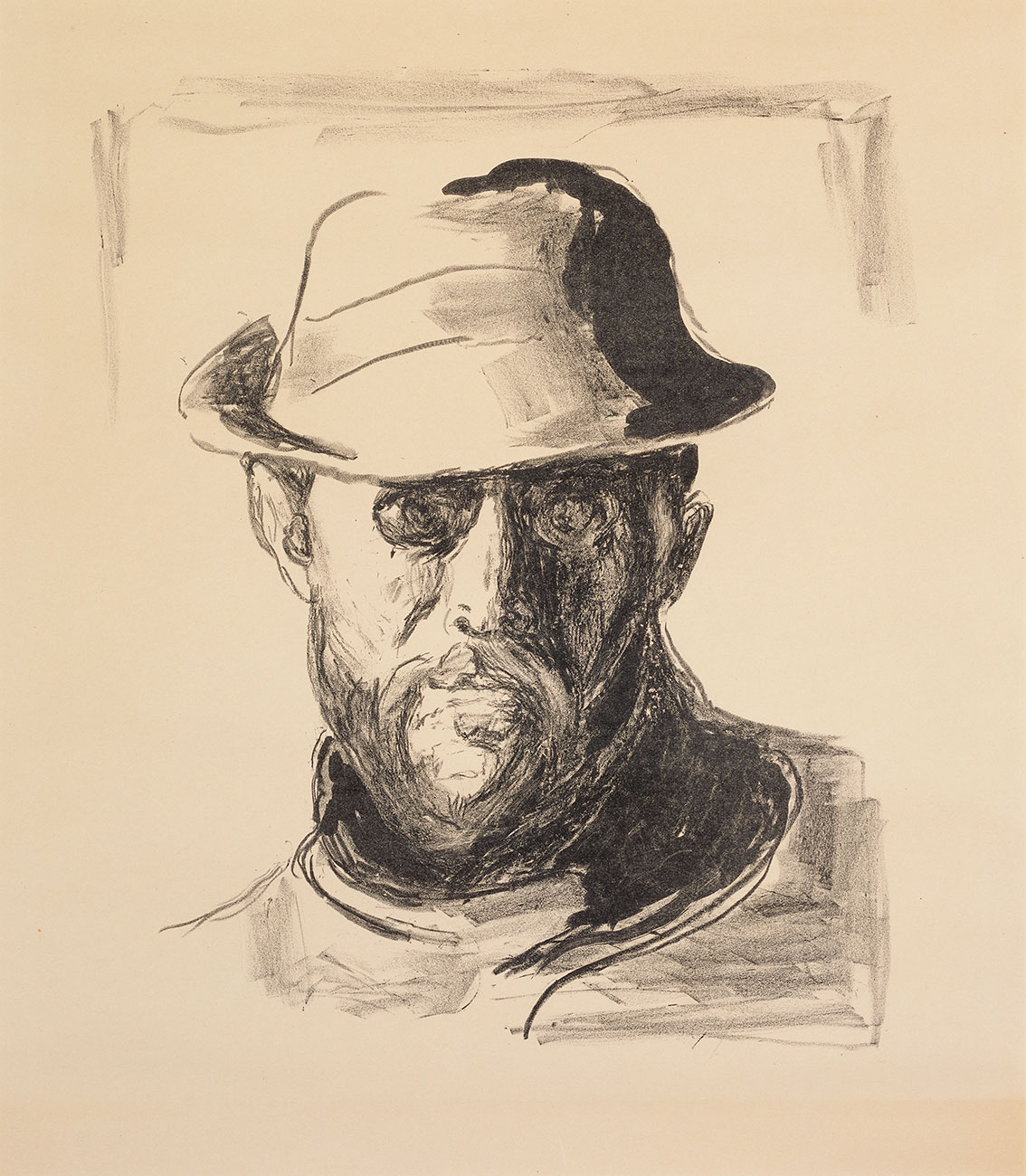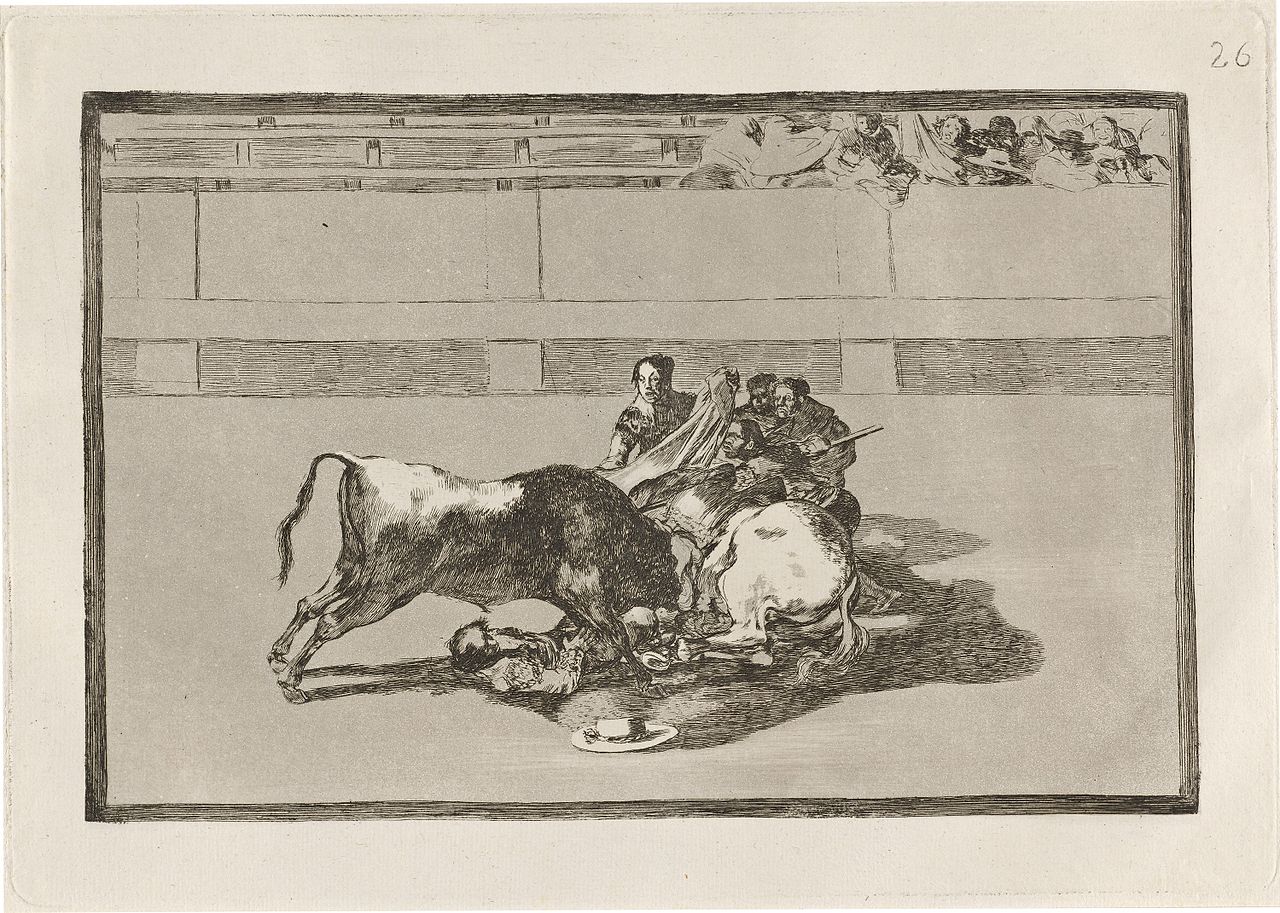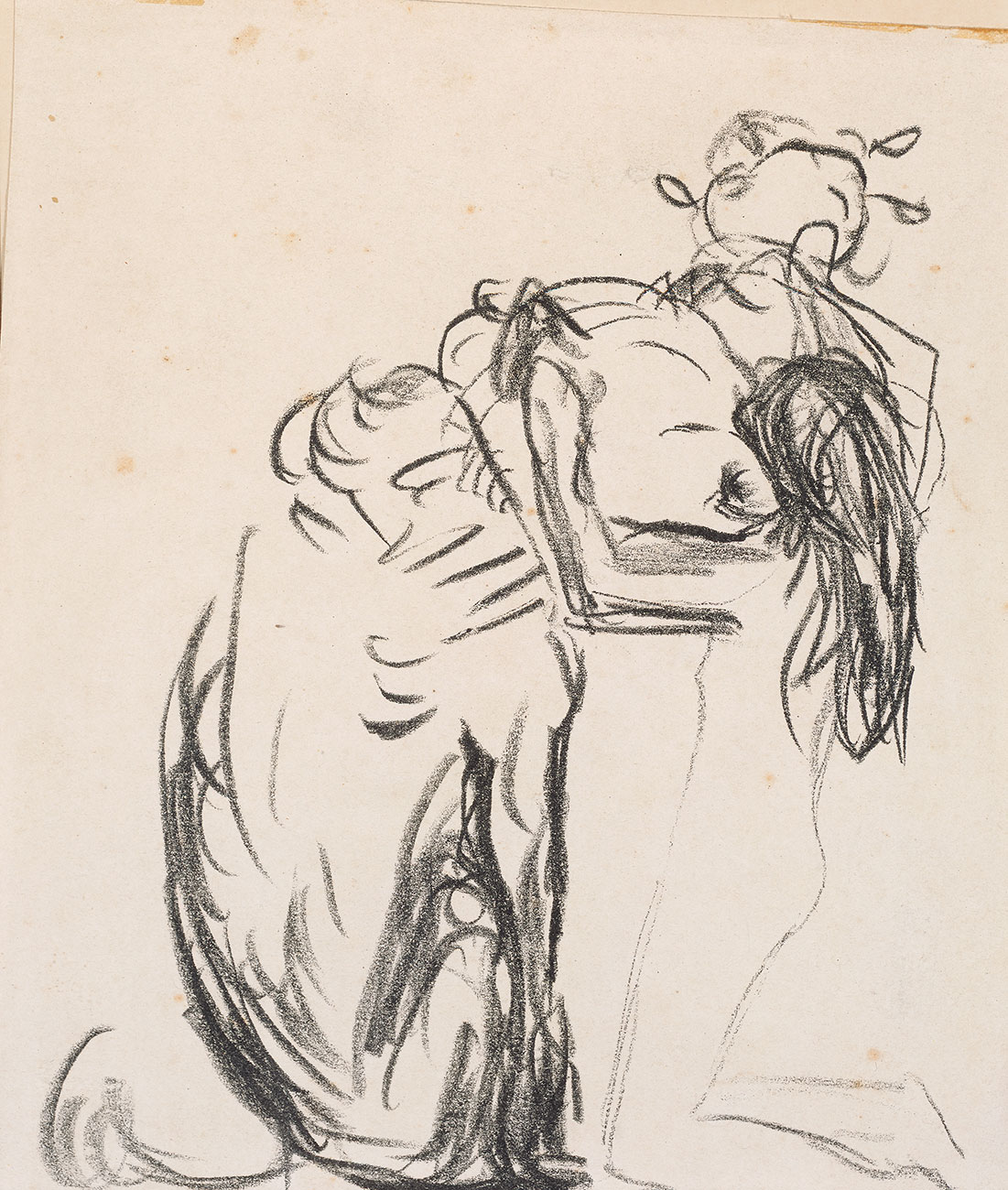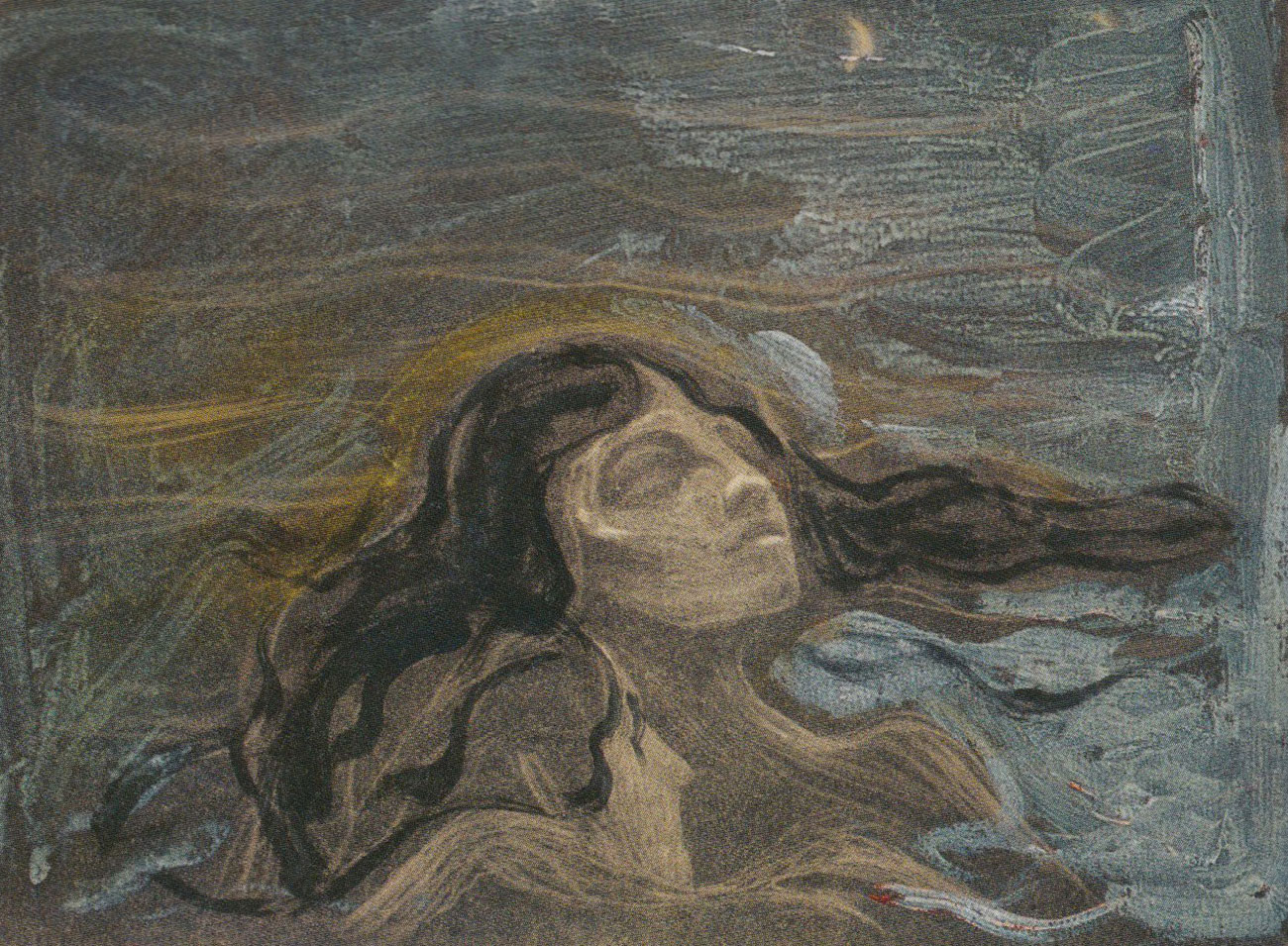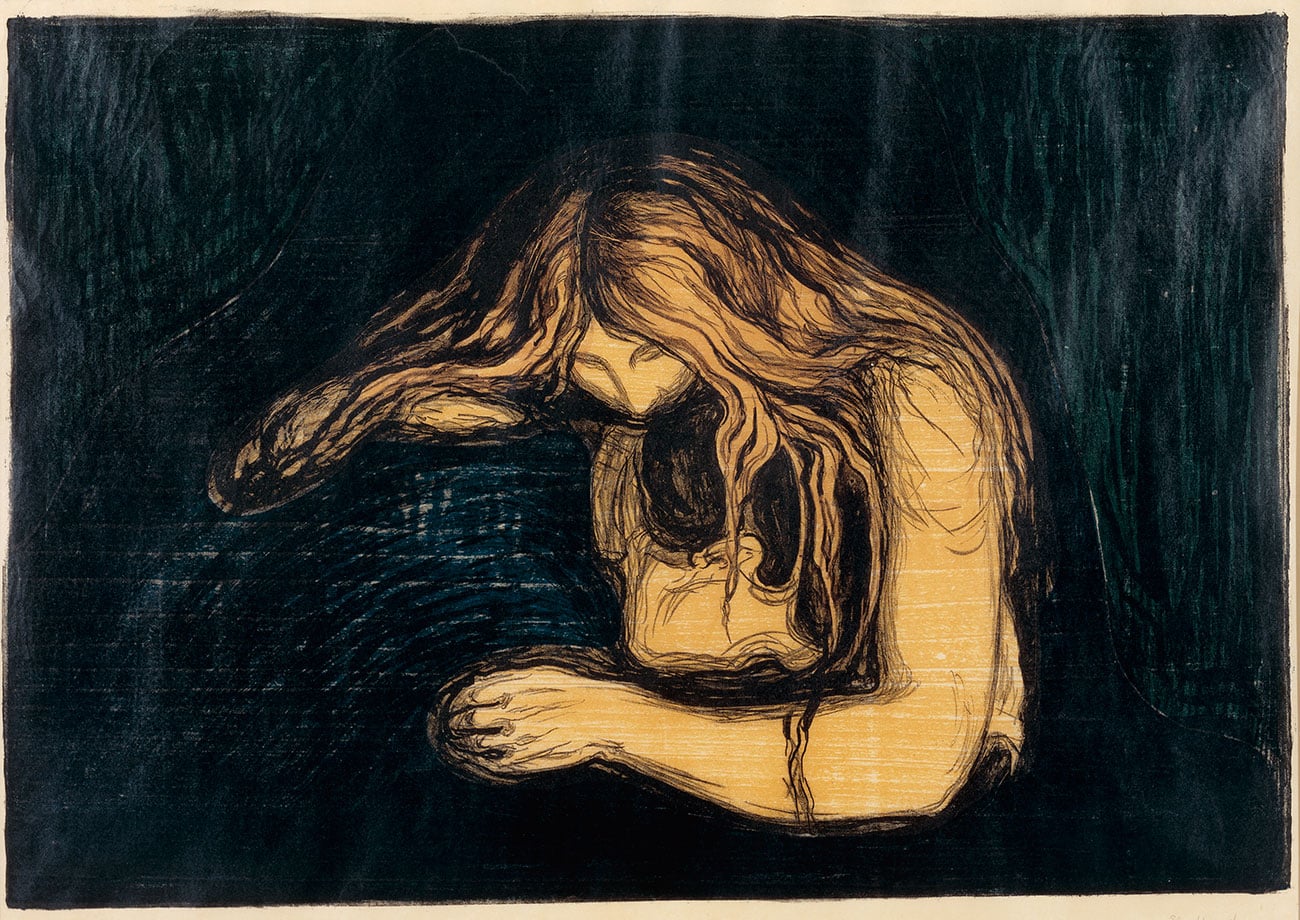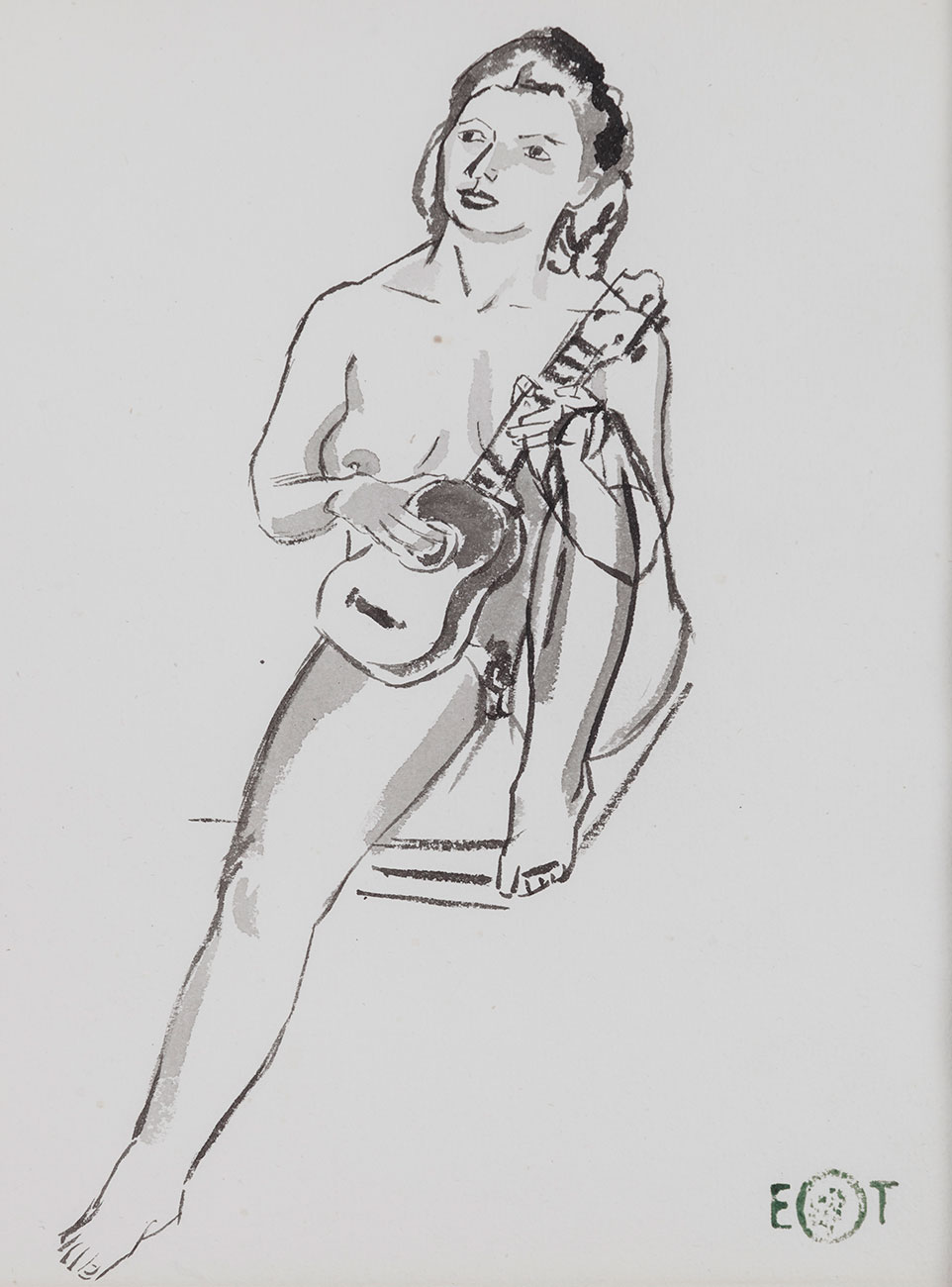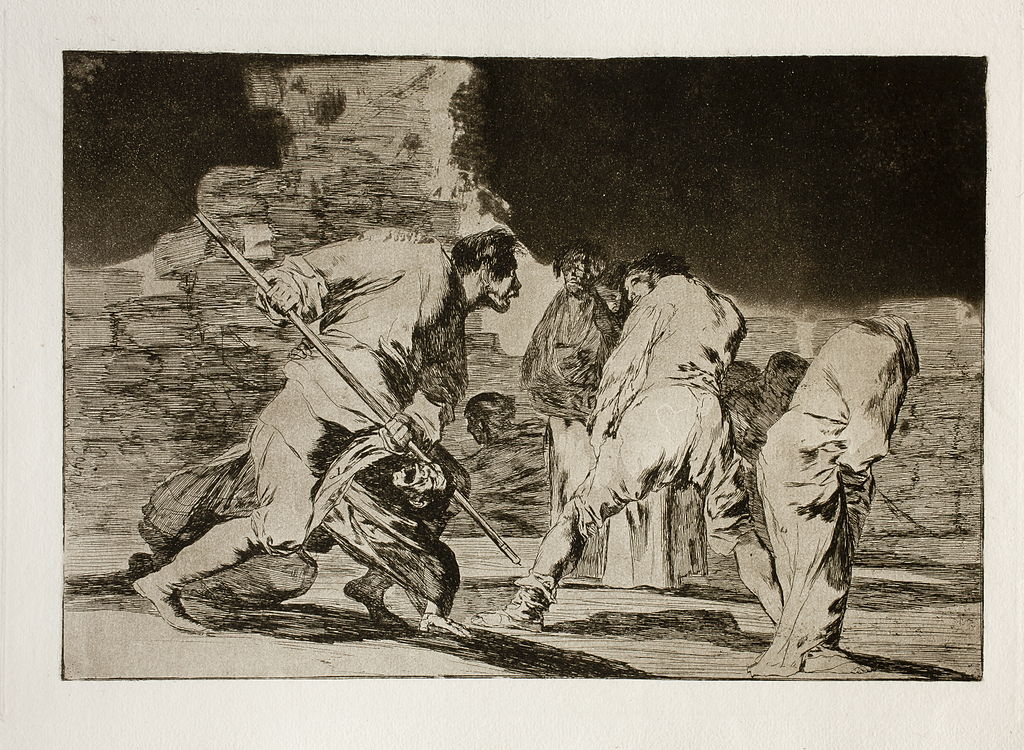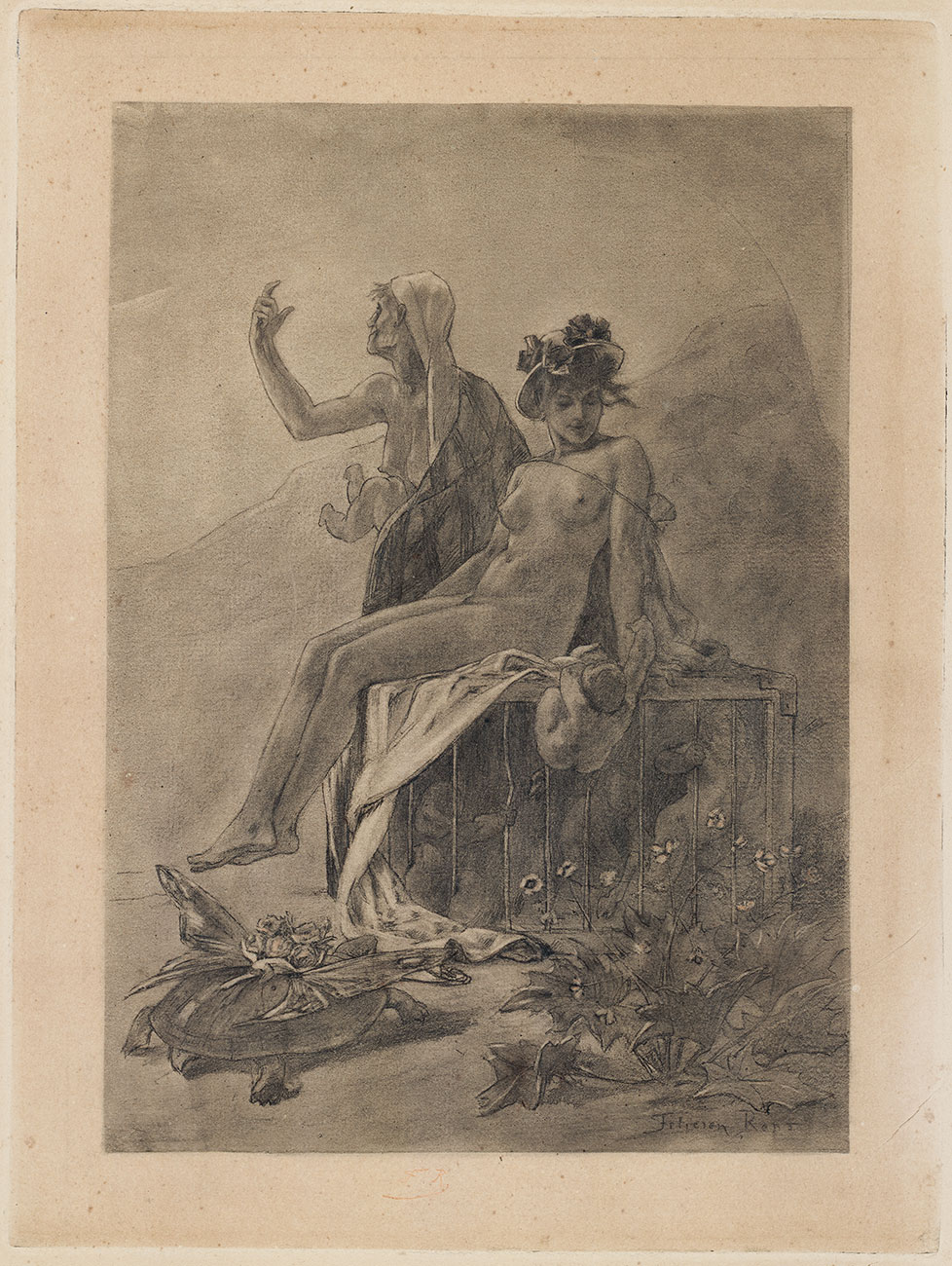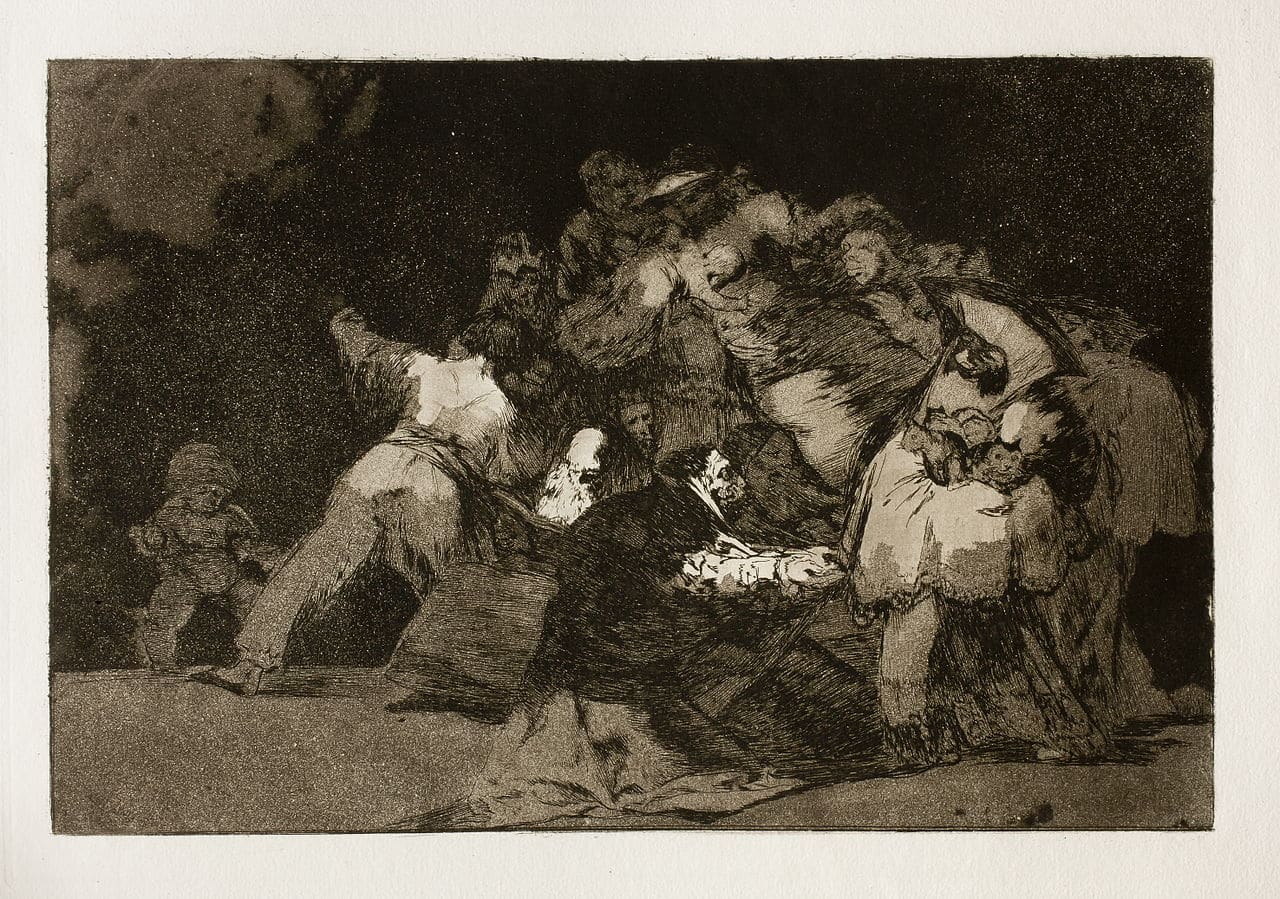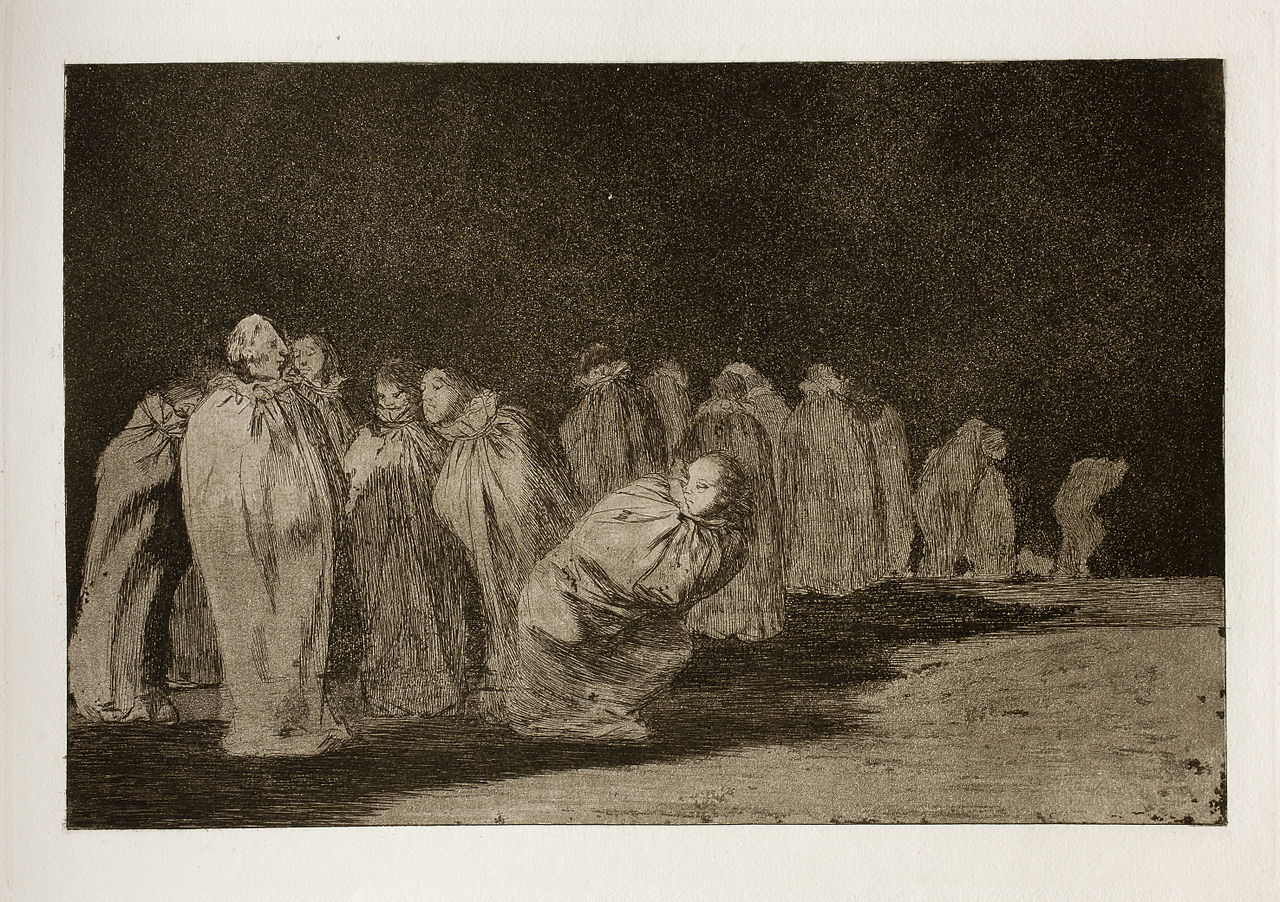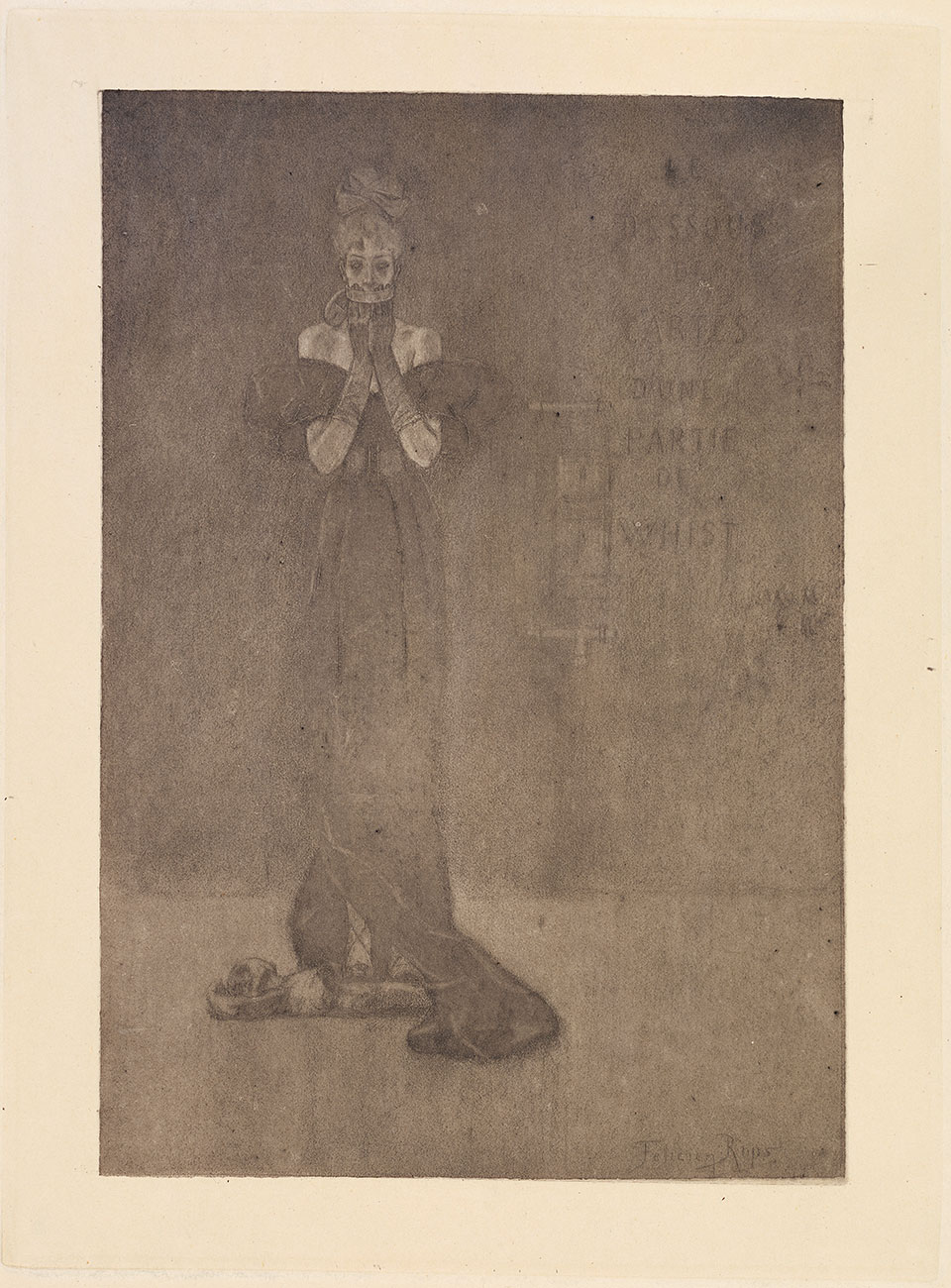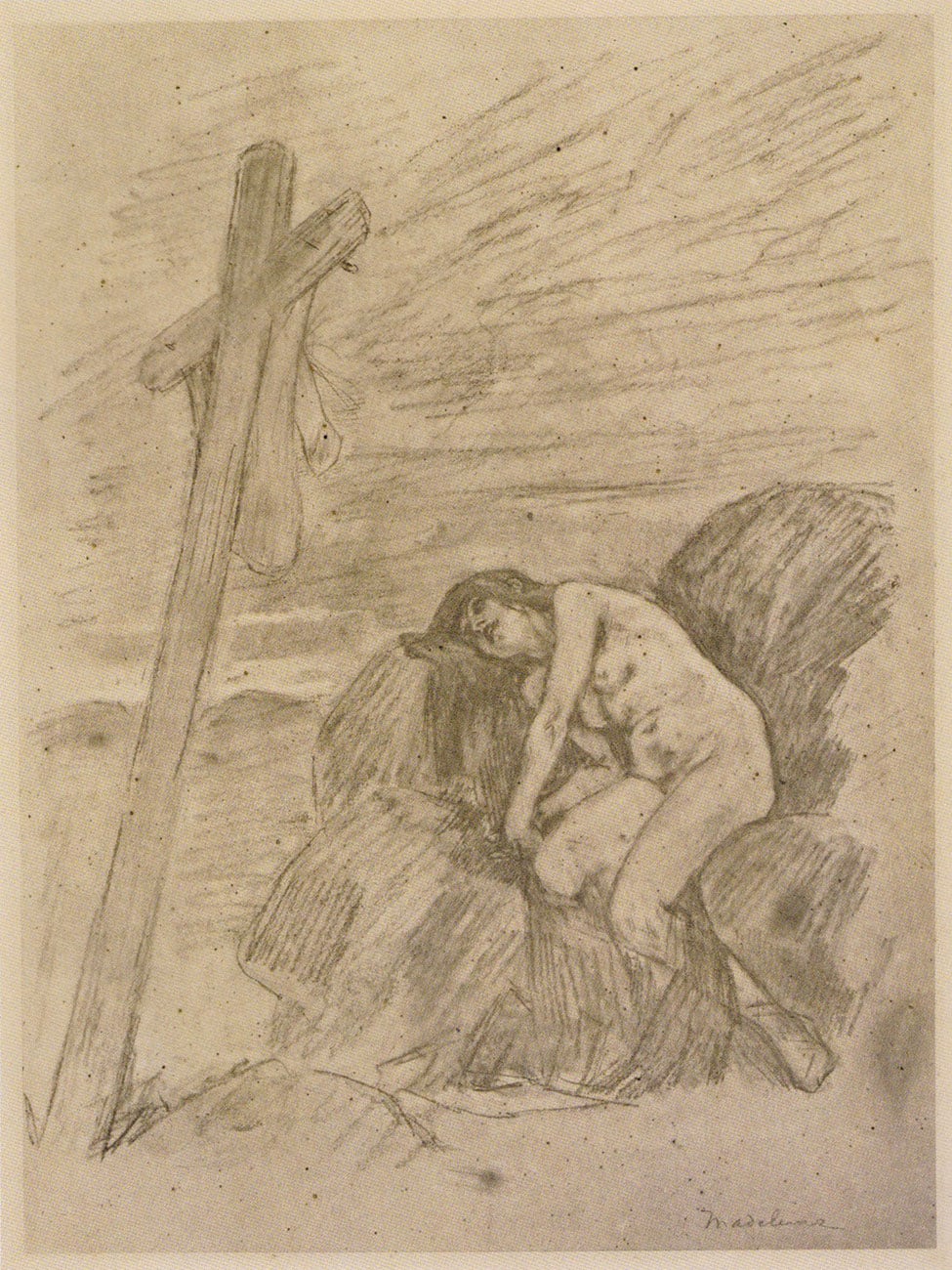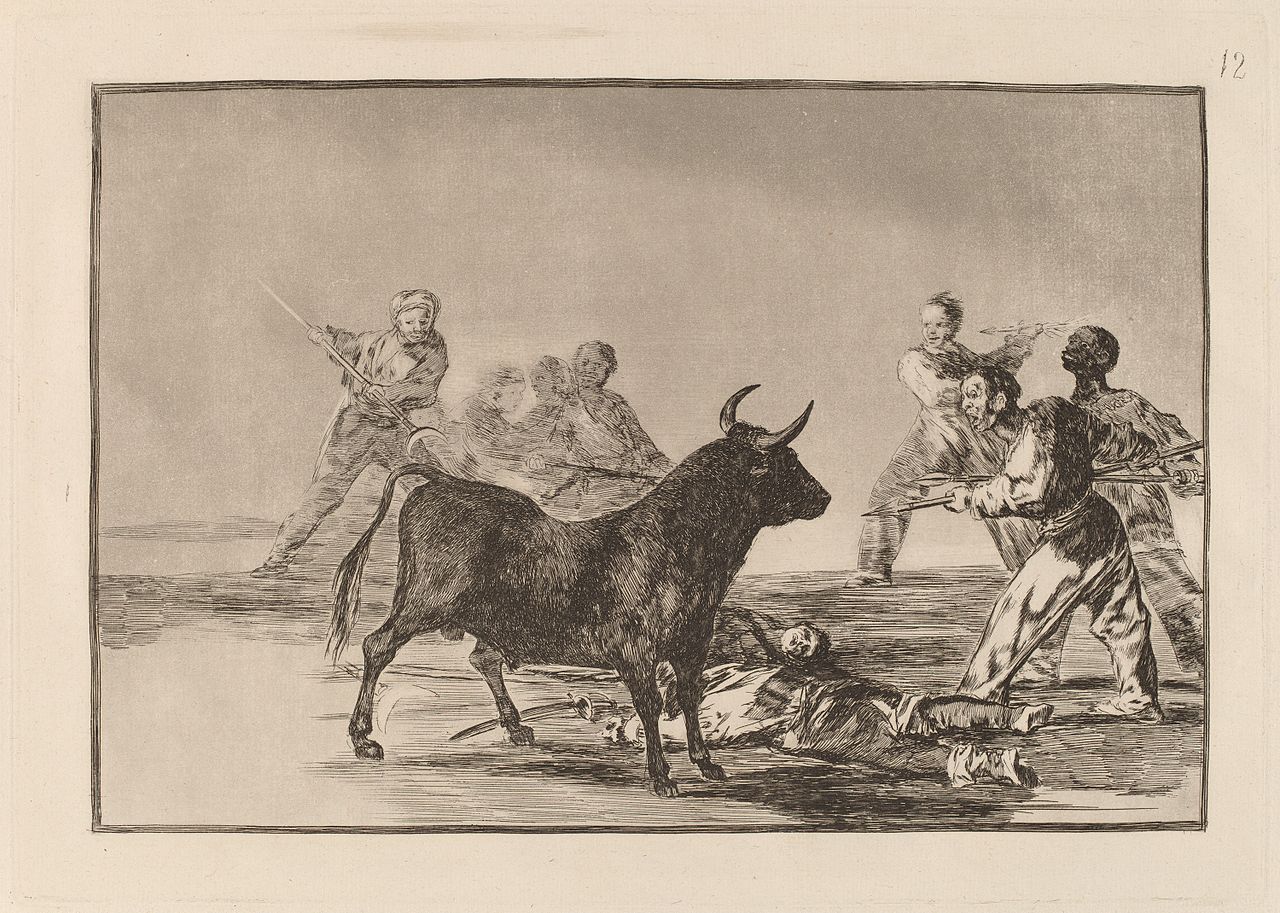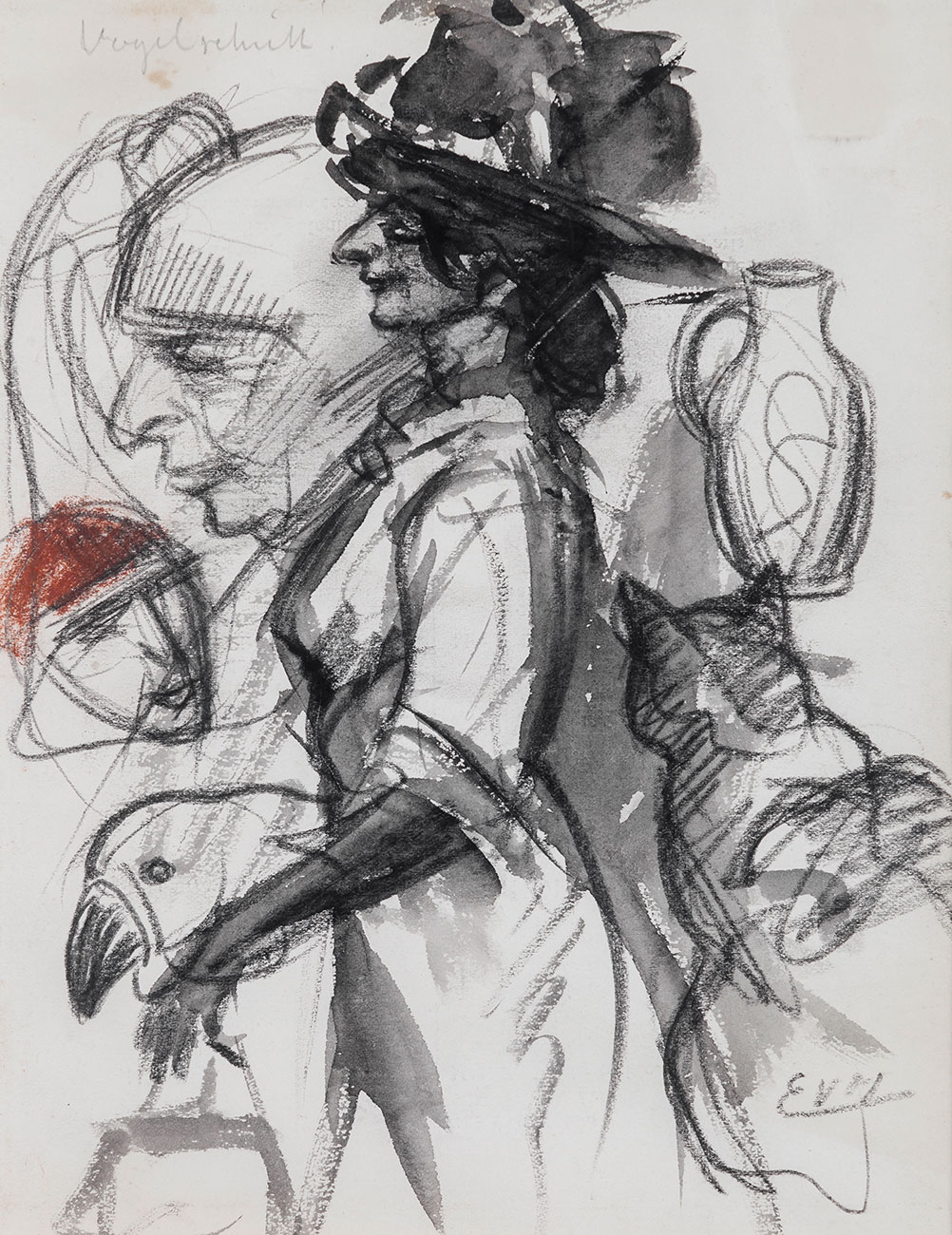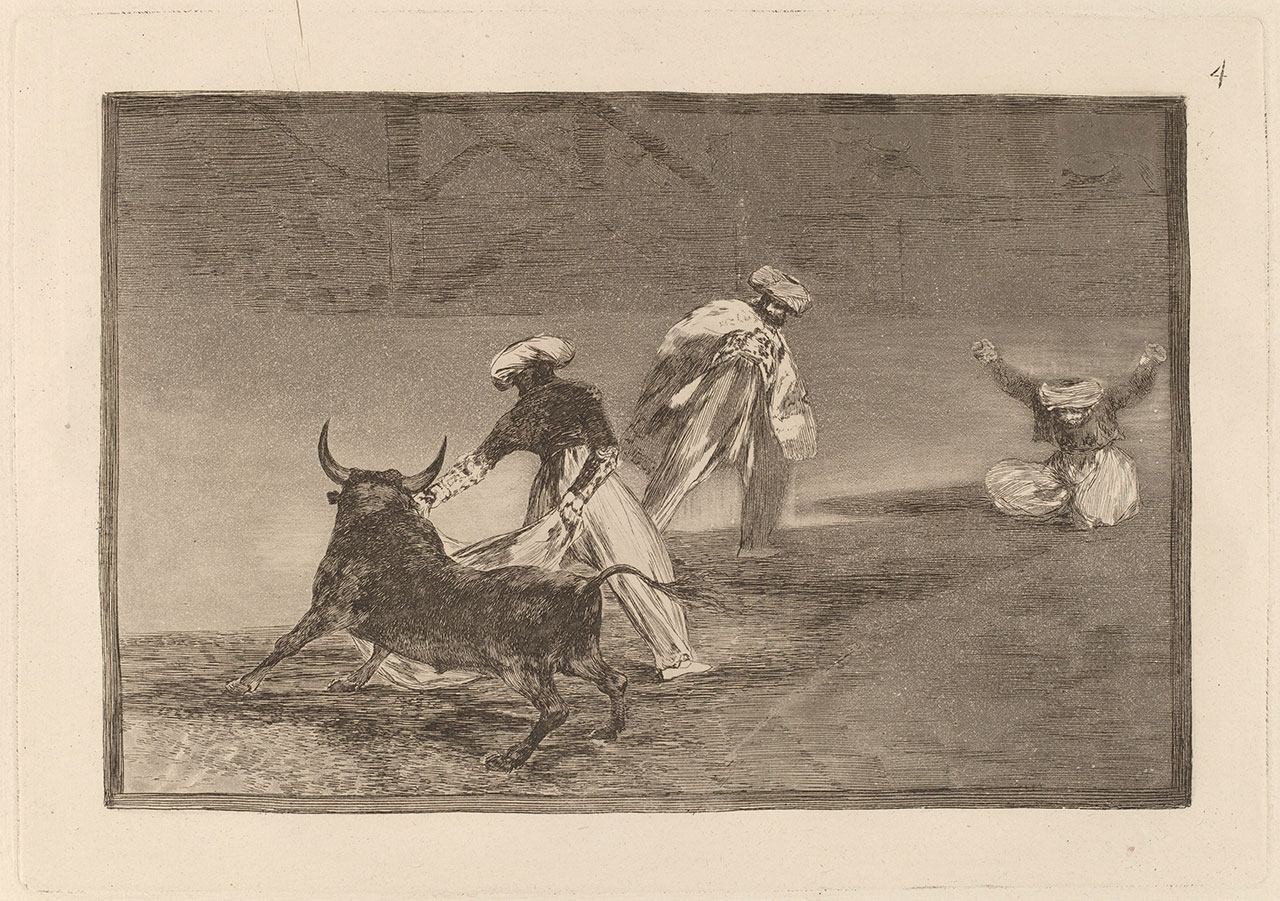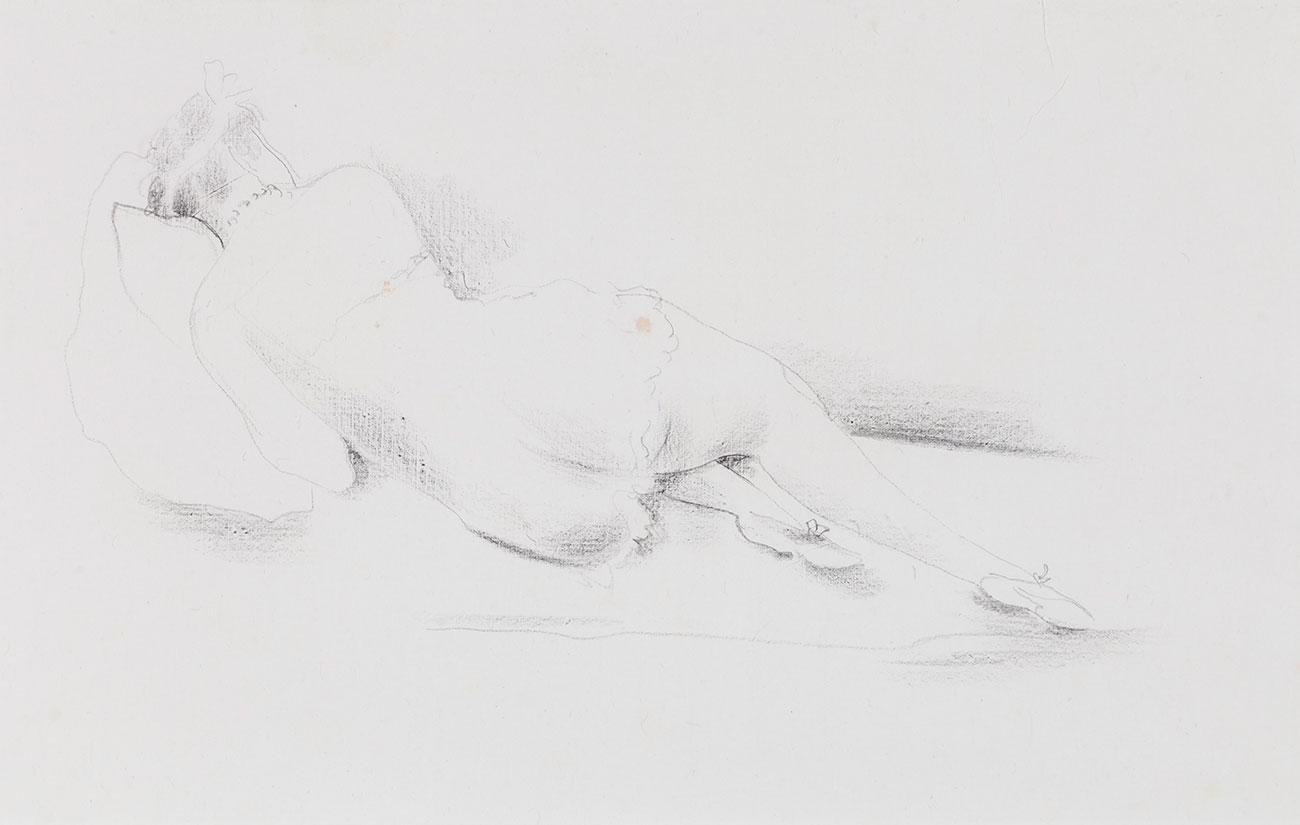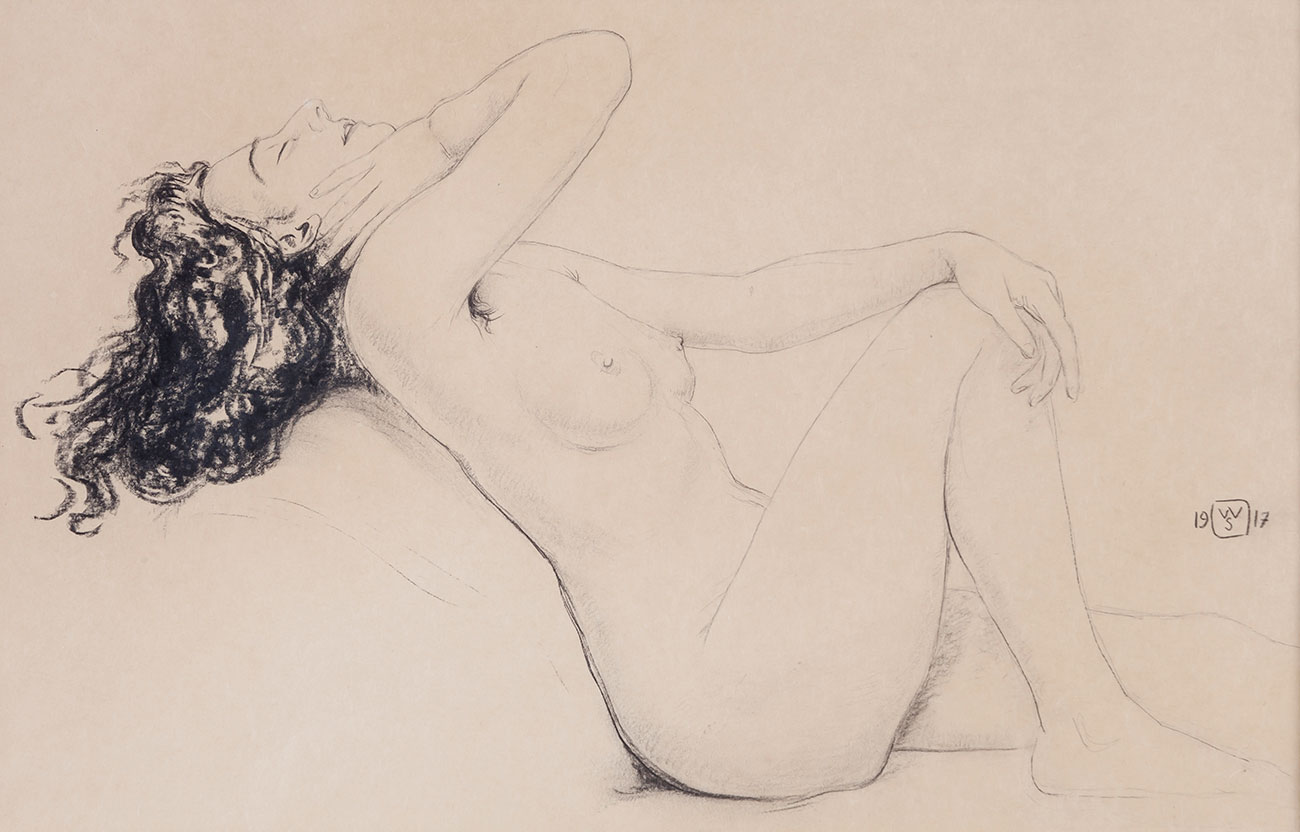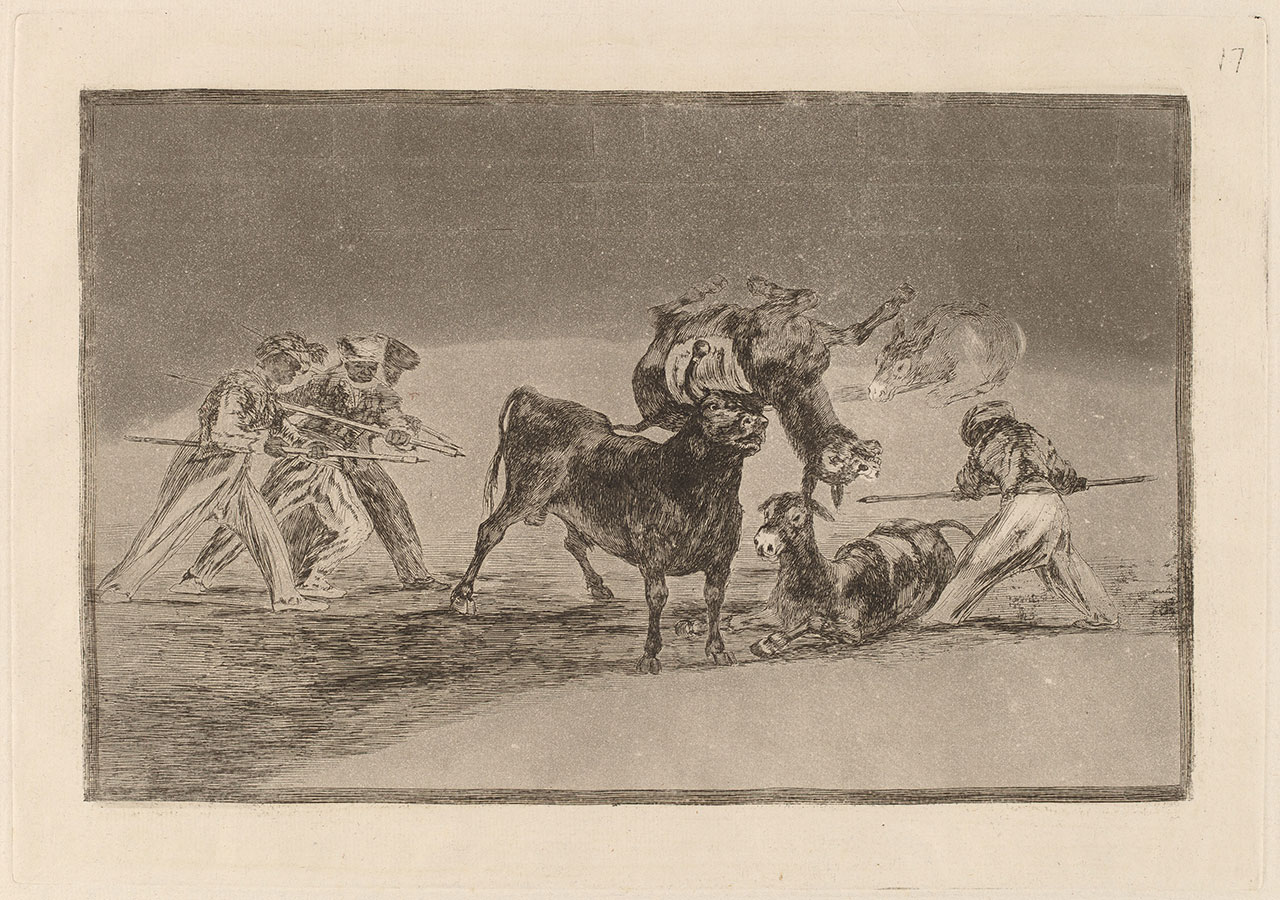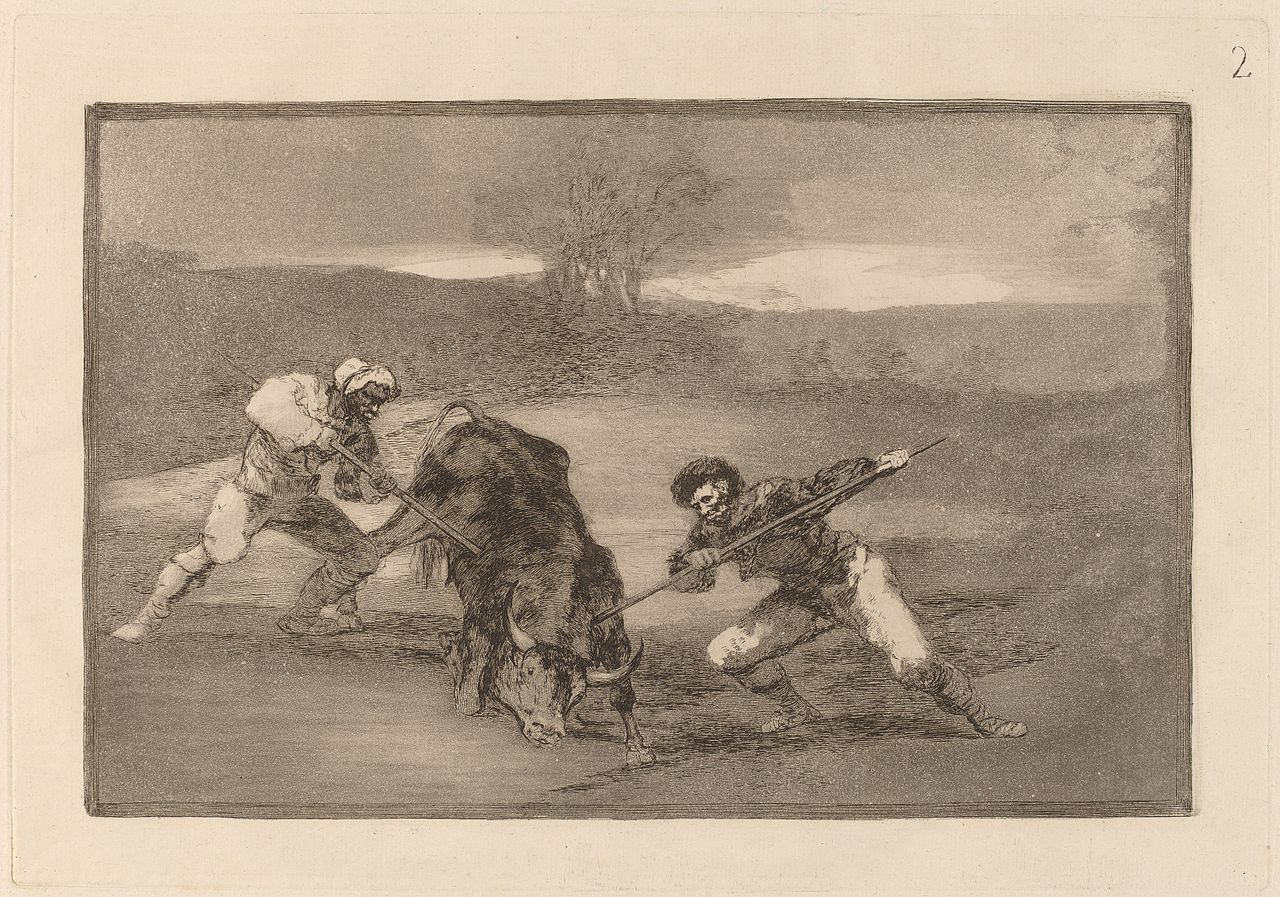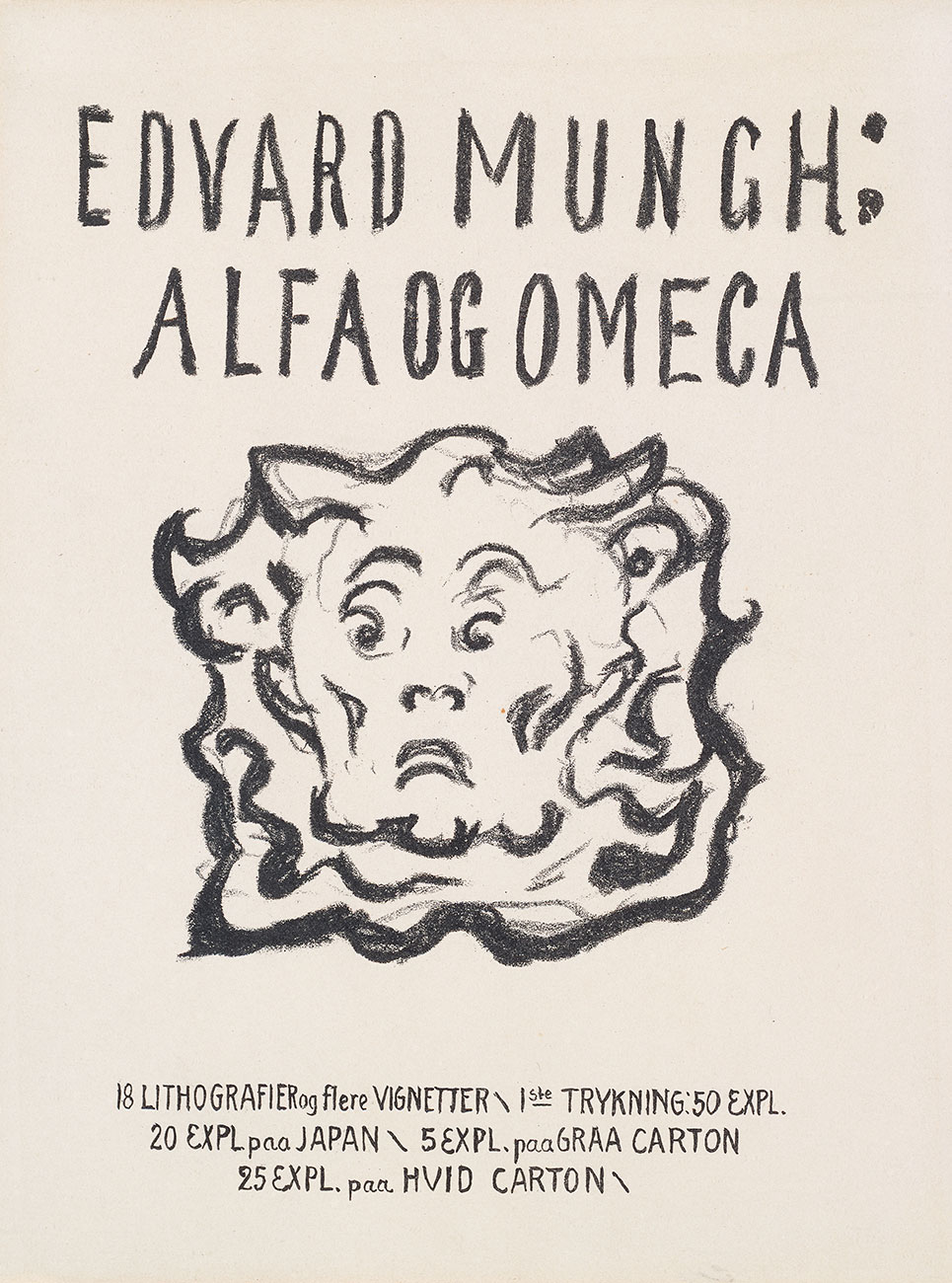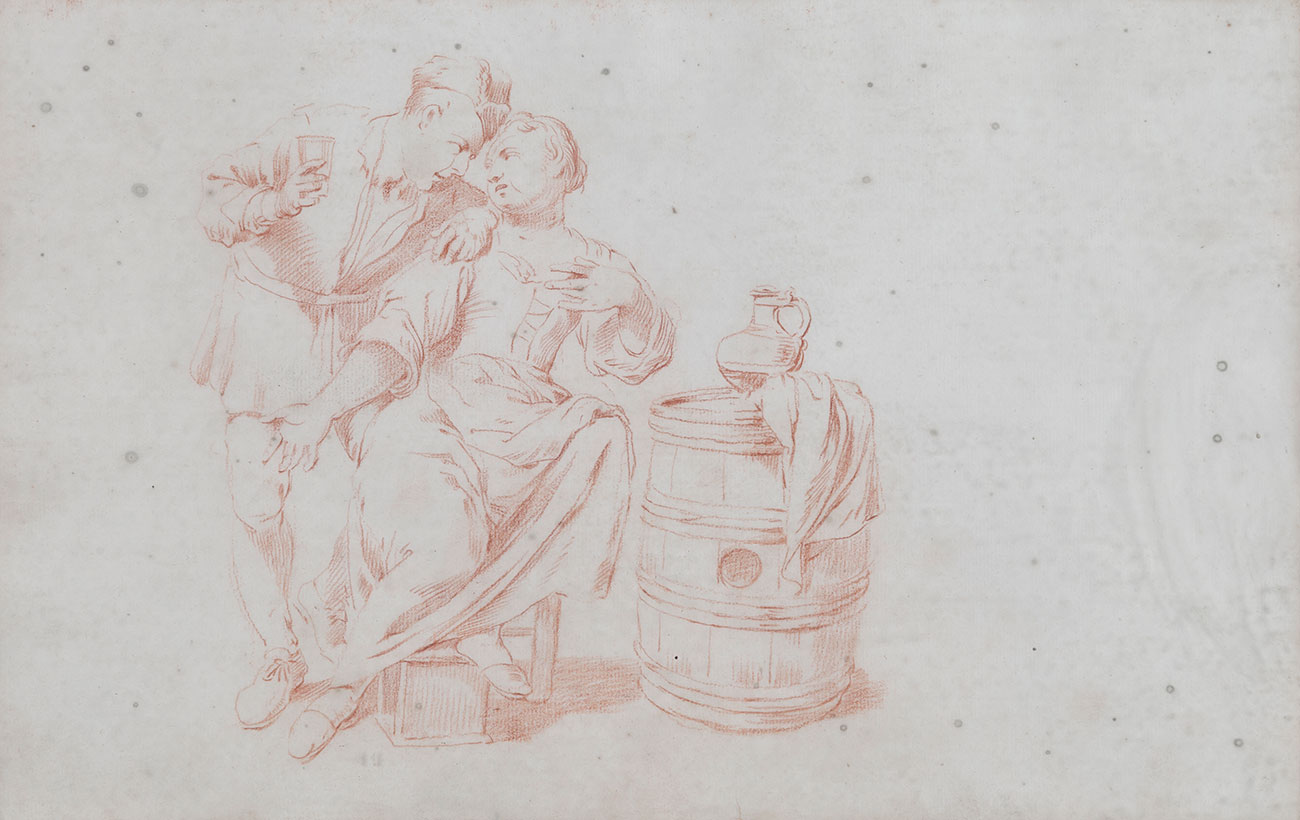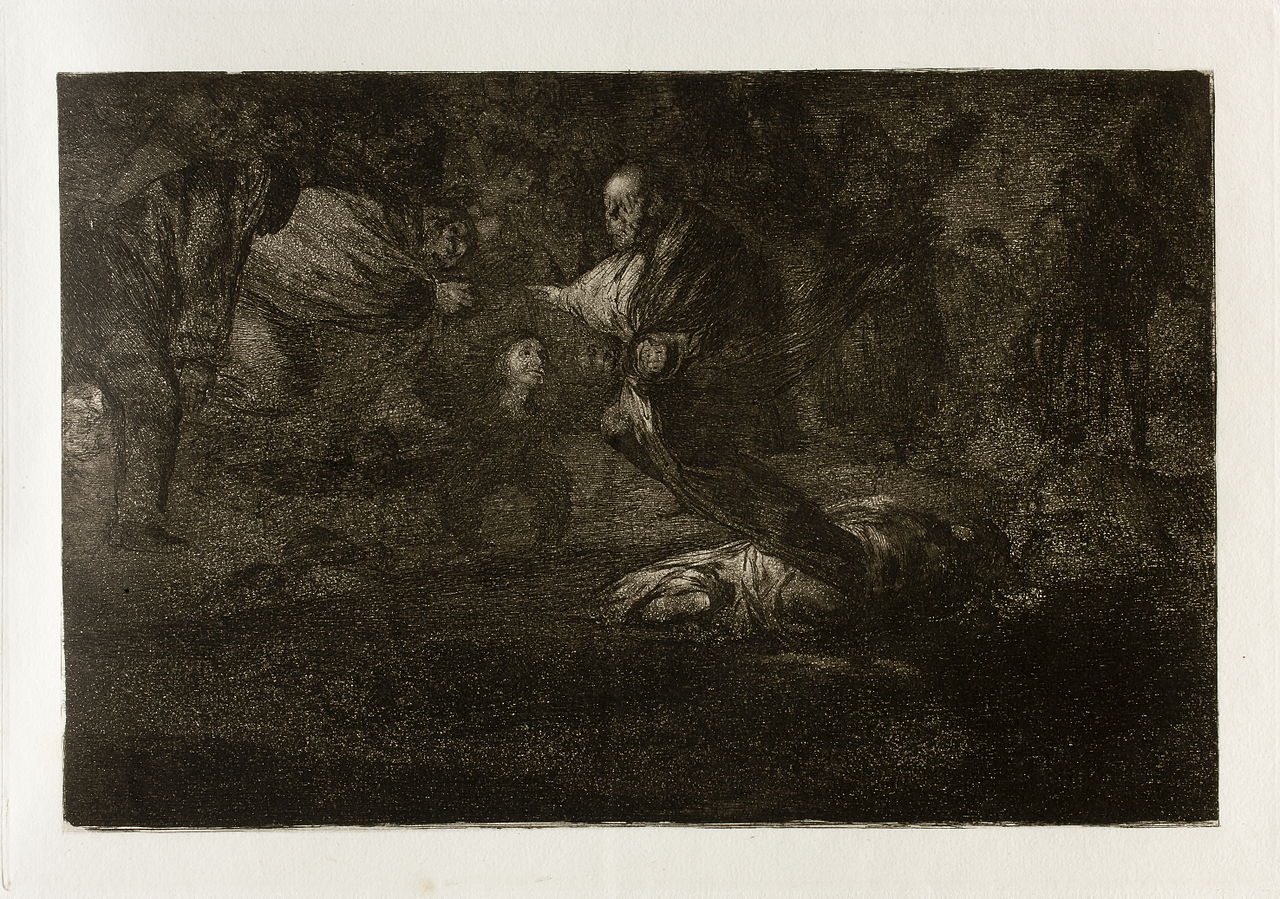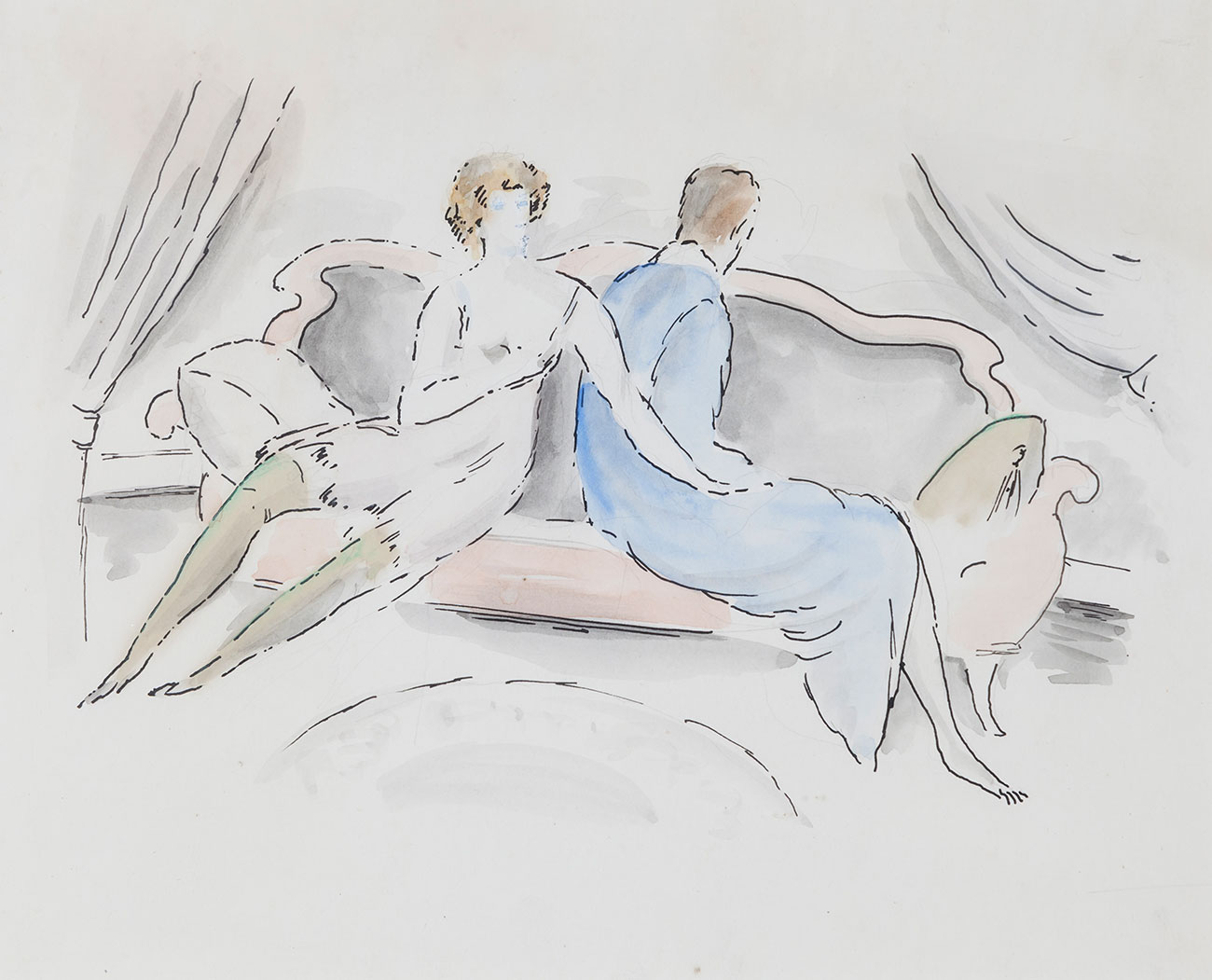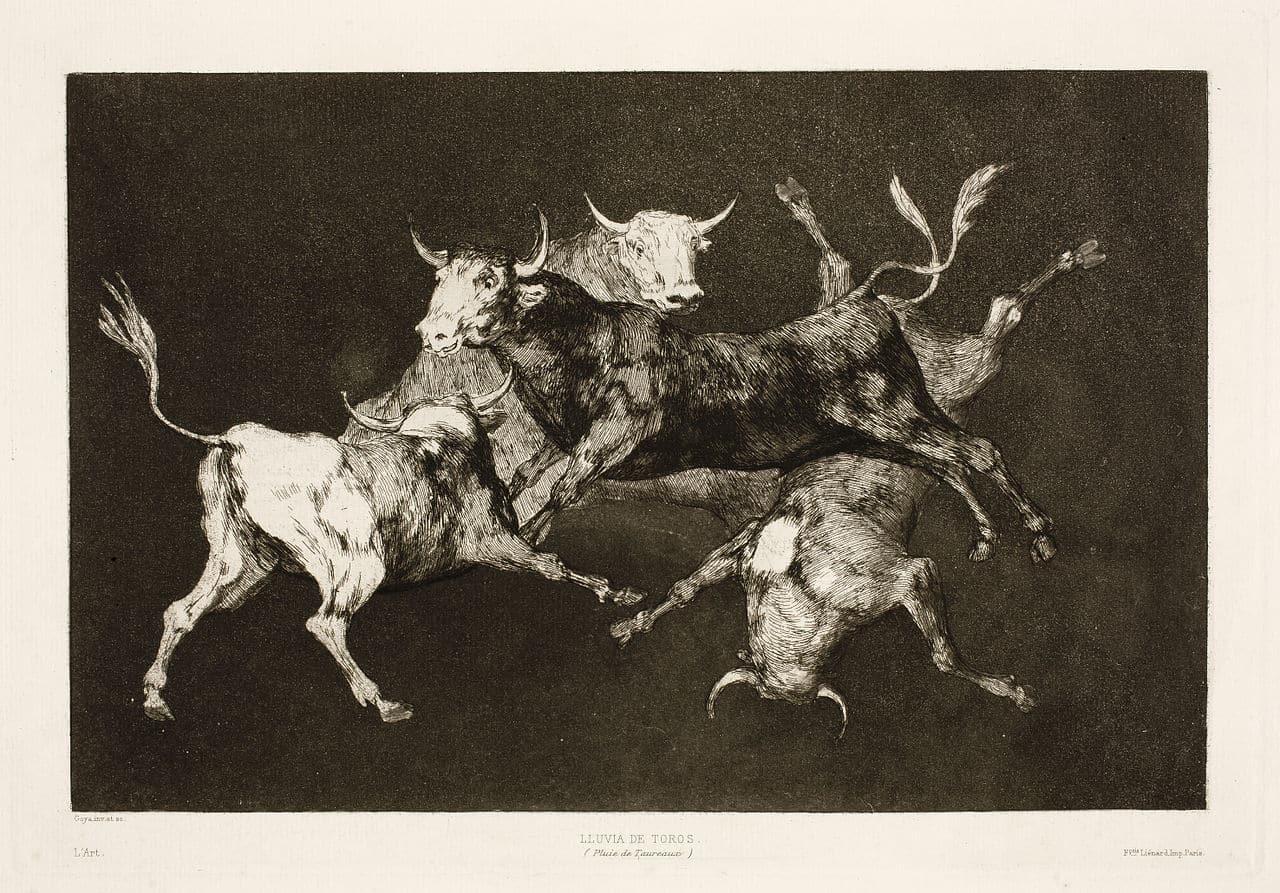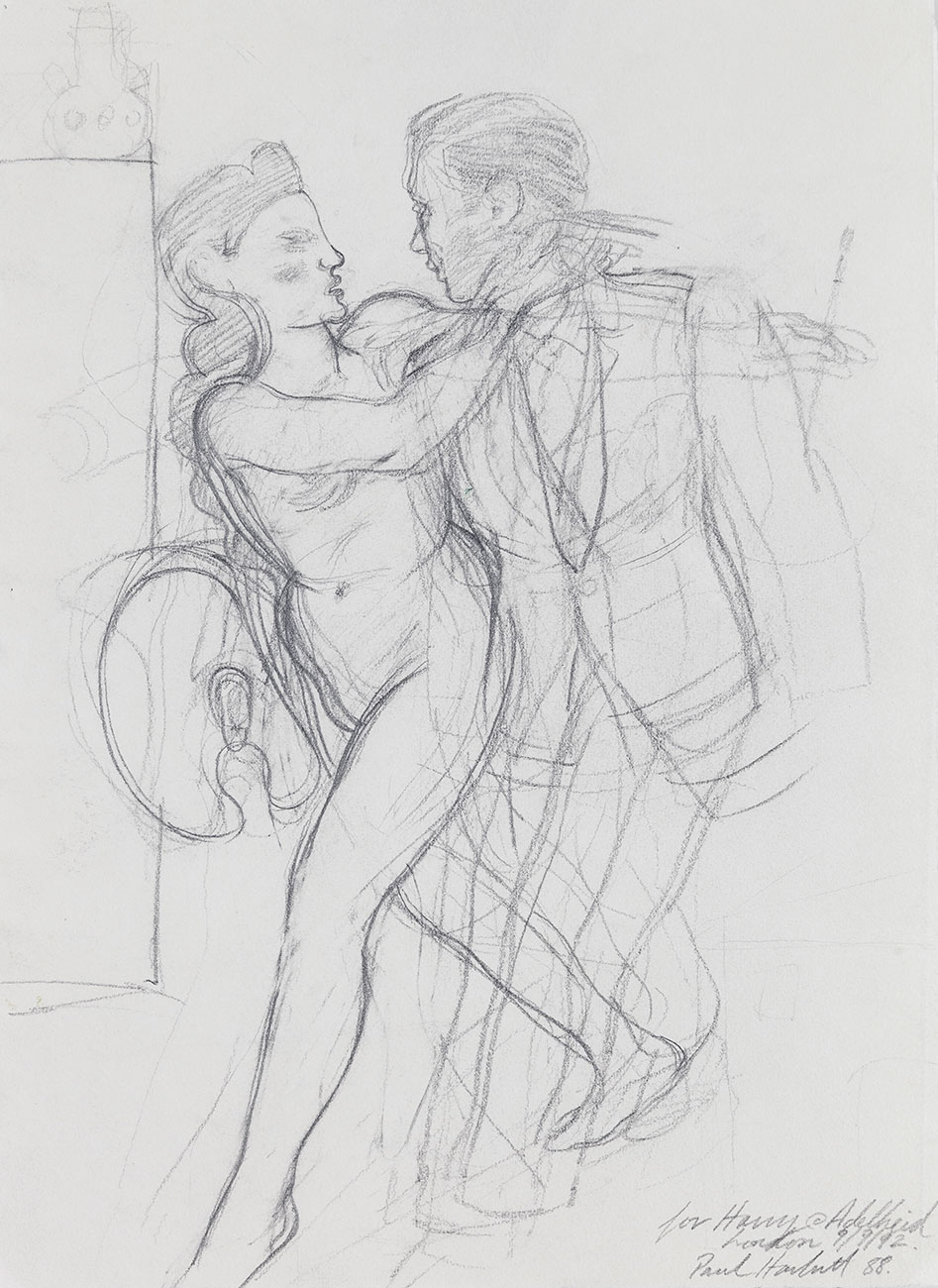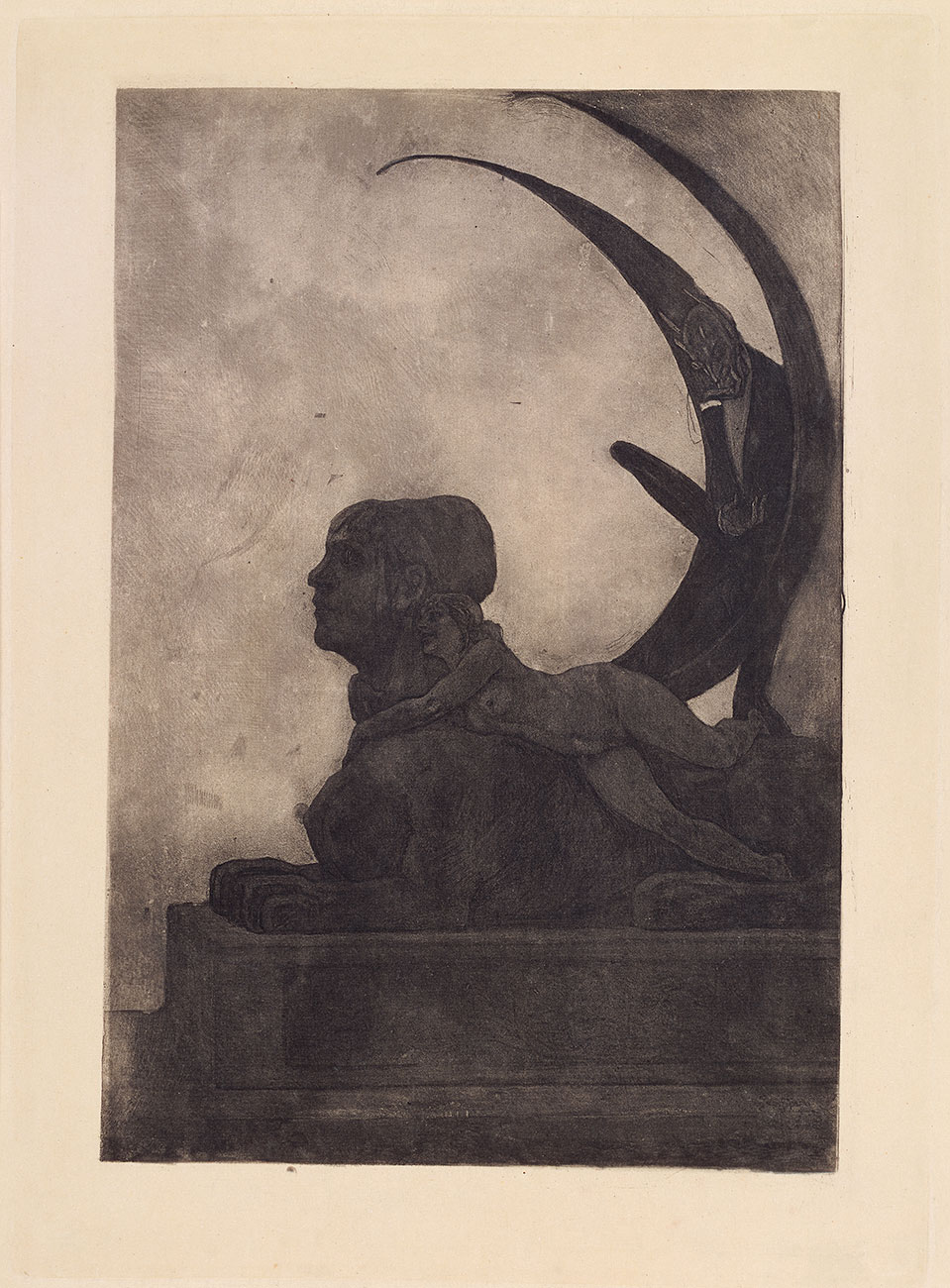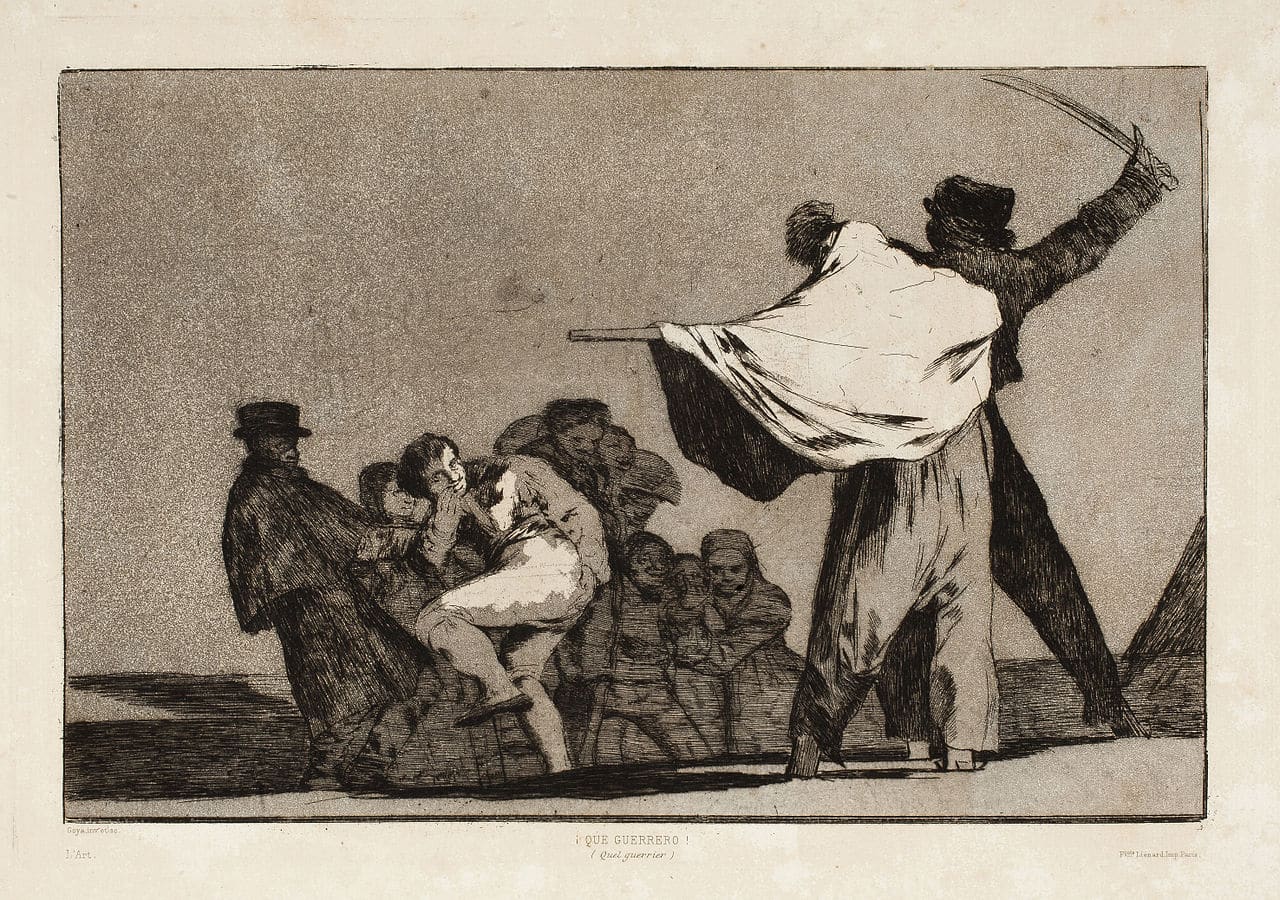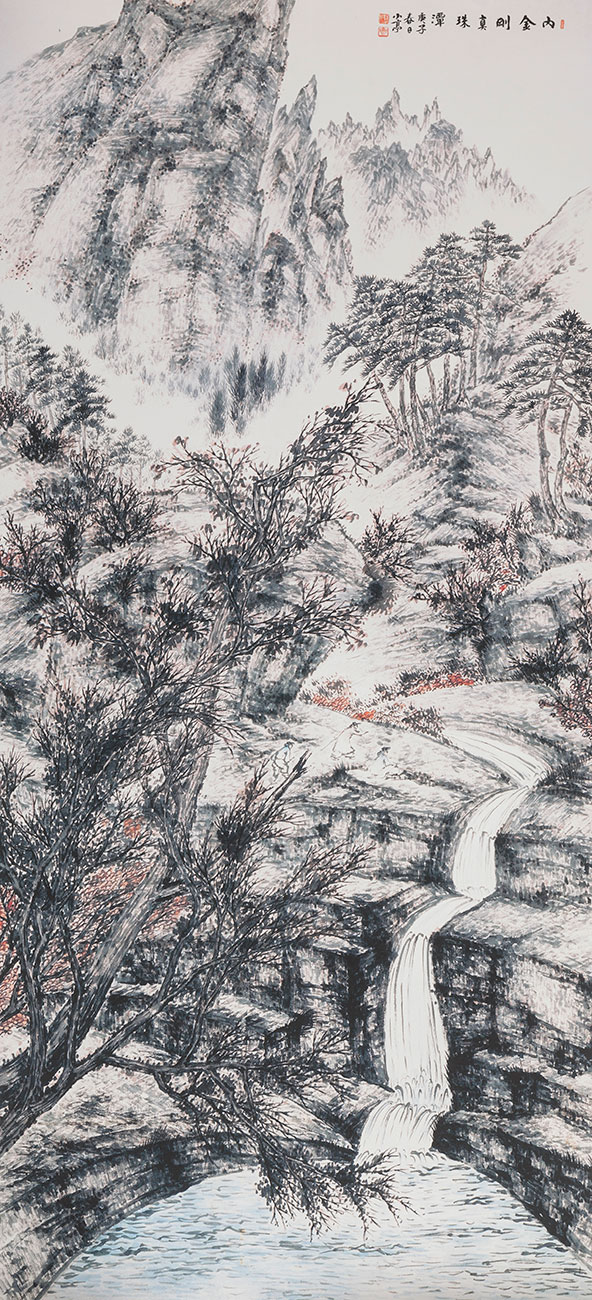COLLECTION
The collection consists of works on paper: lithographs, engravings, etchings, wood prints and drawings by more than a dozen artists from seven countries on three continents and spans five centuries from the 17th to the 21st. At the heart of the collection are some 150 works by three of the greatest engravers of all time. Three artists each target humans. Francisco Goya and Félicien Rops the fellow man, dissecting society, Edvard Munch himself, turning inside out.
THE ART WORKS
TECHNIQUES
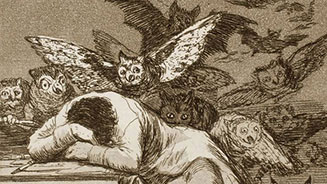
Paper
Generalising, it can be said that work on paper, graphic art, is accorded a lower degree of interest and appreciation than painting or sculpture, indeed lags behind photography.
A graphic artist, in addition to everything else about artistry, must have great craft and technical ability to deliver a good piece of work through the chosen process.

Lithographs
To stay with painting, as a variation on the saying that a bad painting by a well-known artist is "better" than a good work by an unknown painter, one could argue that in the eye of the public, one and the same artist, a lesser oil painting finds more grace than a brilliant etching or lithograph by him. Edvard Munch, for example, possibly excels more strongly in his lithographs than in his paintings.

Engraving
Although the oldest engravings are dated 1398, the year 1430 is considered the starting point of the graphic tradition in Germany. A list of the most important exponents of this art form would start with Albrecht Dürer, followed as the crow flies by Hans Holbein the younger, Hendrick Goltzius, Rembrandt, Goya, Rops, Honore Daumier, Munch, Max Klinger, Käthe Kollwitz and conclude with Pablo Picasso. By no means 'bad company'.
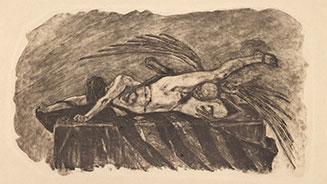
Etchings
Albrecht Dürer (1471 – 1528)
Hans Holbein de jonge (1497 – 1543)
Hendrick Goltzius (1558 – 1617)
Rembrandt van Rijn (1606 – 1669)
Francisco Goya (1746 – 1828)
Félicien Rops (1833 – 1898)
Max Klinger (1857 – 1920)
Edvard Munch (1863 – 1944)
Käthe Kollwitz (1867 – 1945)
Pablo Picasso (1881 – 1973)
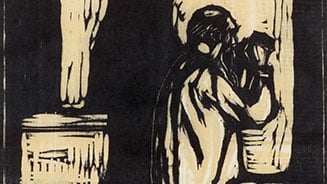
Wood prints
Particularly widely used in the Eastern tradition. There are museums in countries like Japan and Korea of purely preserved blocks. It was Japanese woodcut art par excellence that contributed to a revival in the 2nd half of the 19th century, especially in France, of interest in everything Japanese, called 'Japonism'. This movement exerted a strong influence on followers of impressionism and maintained its influence on trends such as art nouveau and cubism.
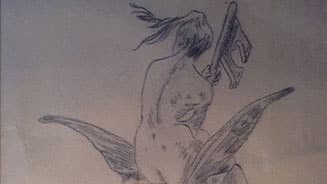
Drawings
The three pillars of the collection, Goya, Rops and Munch, are surrounded by the graphic work of other artists. In part, the latter is less known to the general public and their oeuvre is of more modest significance. However, the quality of the work on display allows them to find a place in the 'gallery' of artists who have devoted themselves to graphic art in all its various forms of technique over the centuries.
